
Master Pencil and Charcoal by focusing on light, shadow, and proportion to create expressive, realistic drawings
Embark on a creative journey through the world of pencil and charcoal drawing with a focus on light, expression, and realism. This specialization offers a comprehensive foundation in traditional drawing media, combining the expertise of renowned artists Juan Perednik, Sim Sim, Jono Dry, Gonzalo Ibáñez, and Sam Brisley. Explore graphite, charcoal, and watercolor techniques across five carefully curated courses, each designed to enhance your skills in key areas like light and shadow, proportion, gesture, hyperrealism, and architectural rendering.
Dive into expressive portraiture and technical realism as you learn to create compelling artwork. Develop the ability to capture authentic emotions and moods while mastering techniques to achieve hyperrealistic effects. Integrate architectural precision with artistic flair using watercolor to bring your cityscapes to life. By the end of this specialization, you'll have a cohesive portfolio reflecting your unique artistic voice and demonstrating your versatility with traditional media. Whether you aim to enrich your personal practice or prepare for exhibitions, this specialization provides the tools and inspiration needed to elevate your drawing skills to new heights.
What will you learn in this specialization?

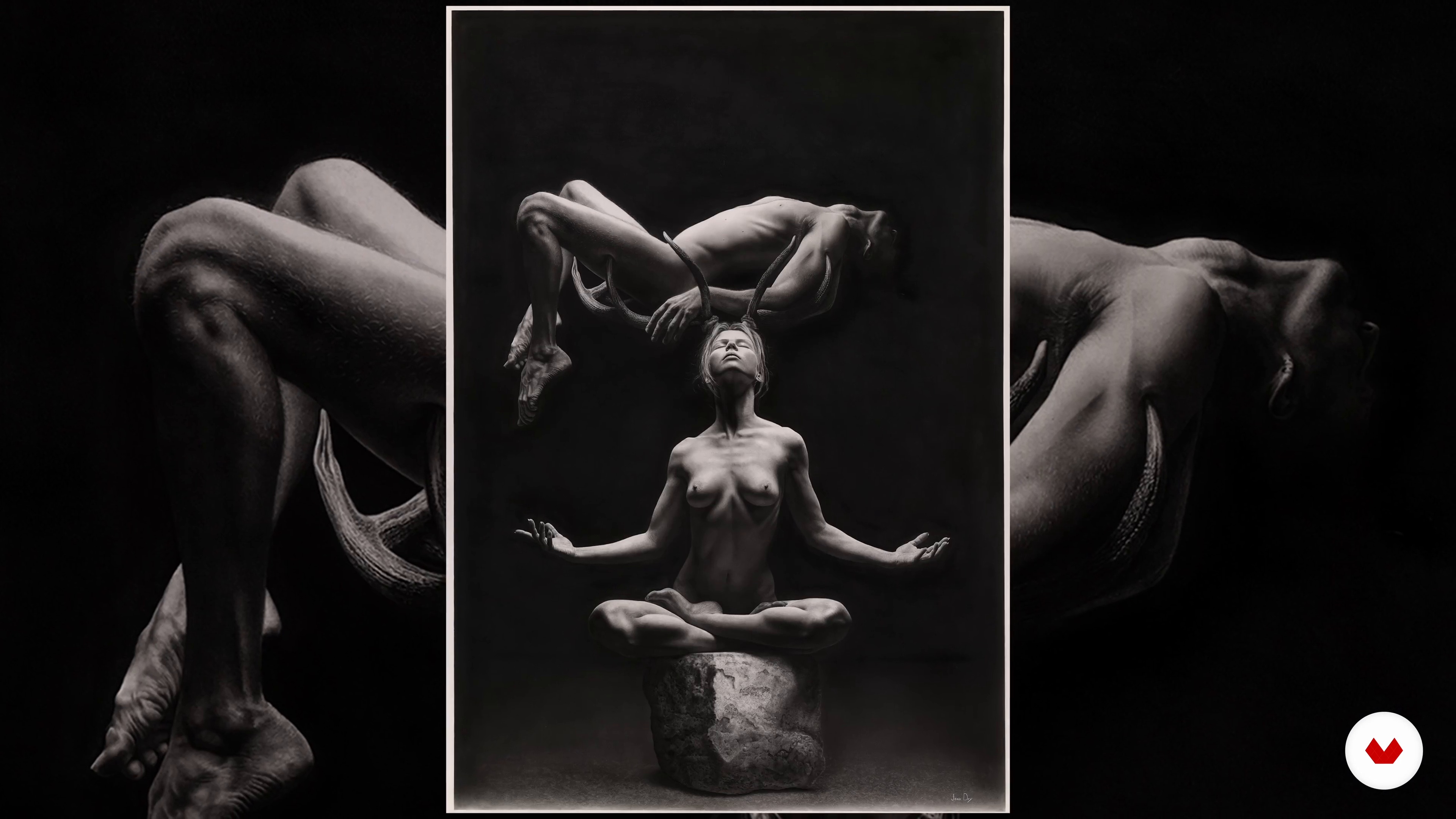
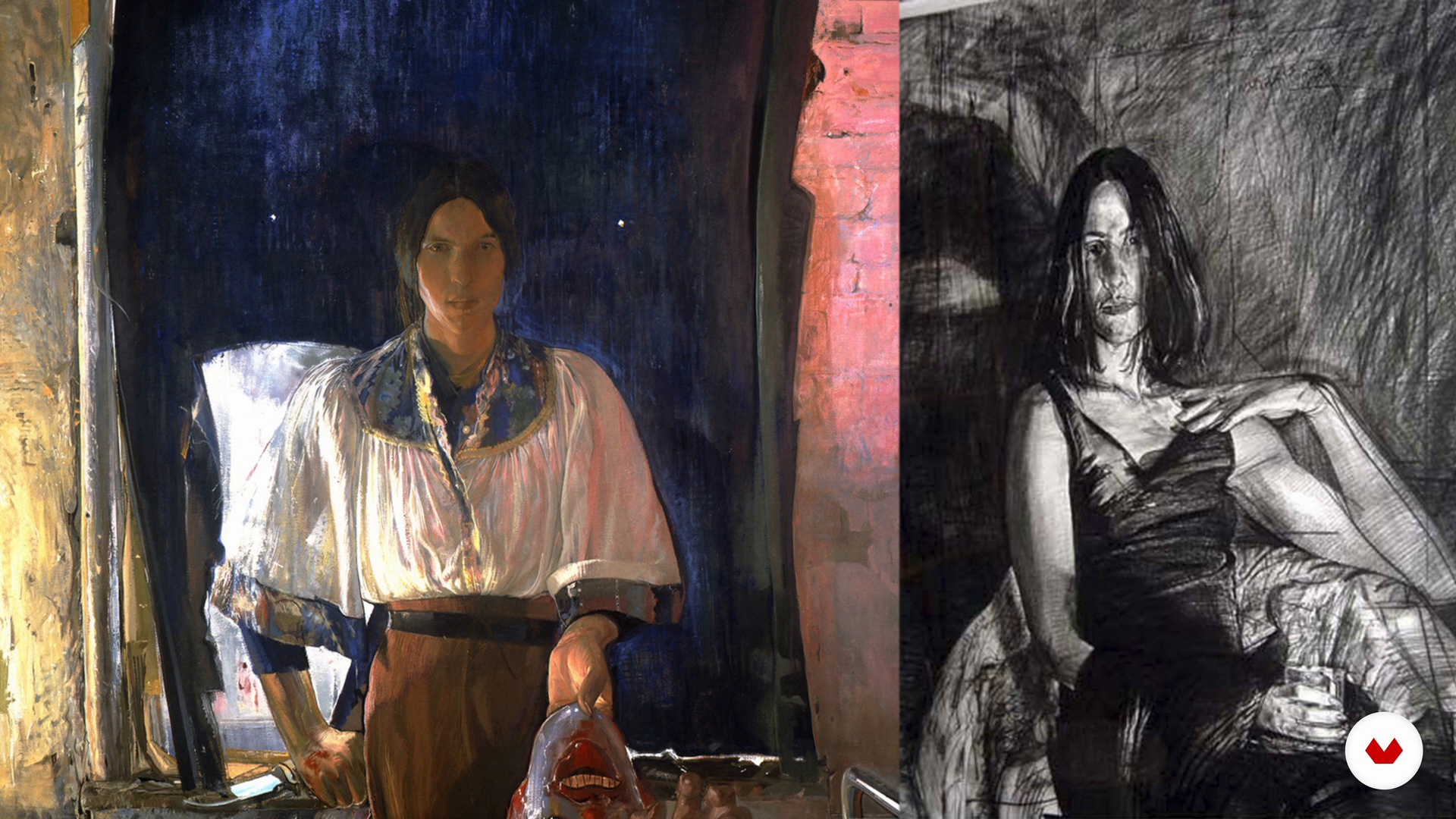
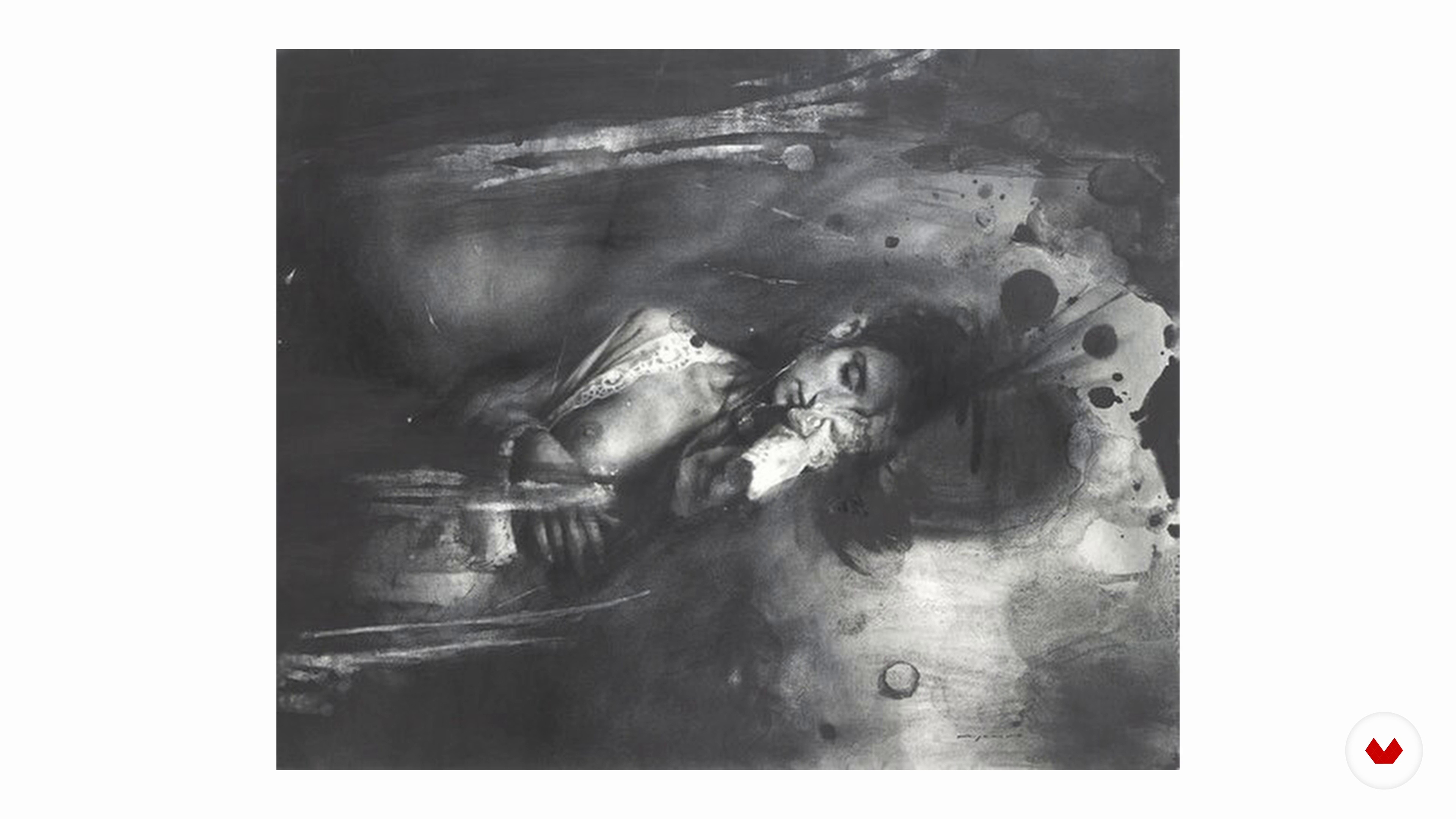
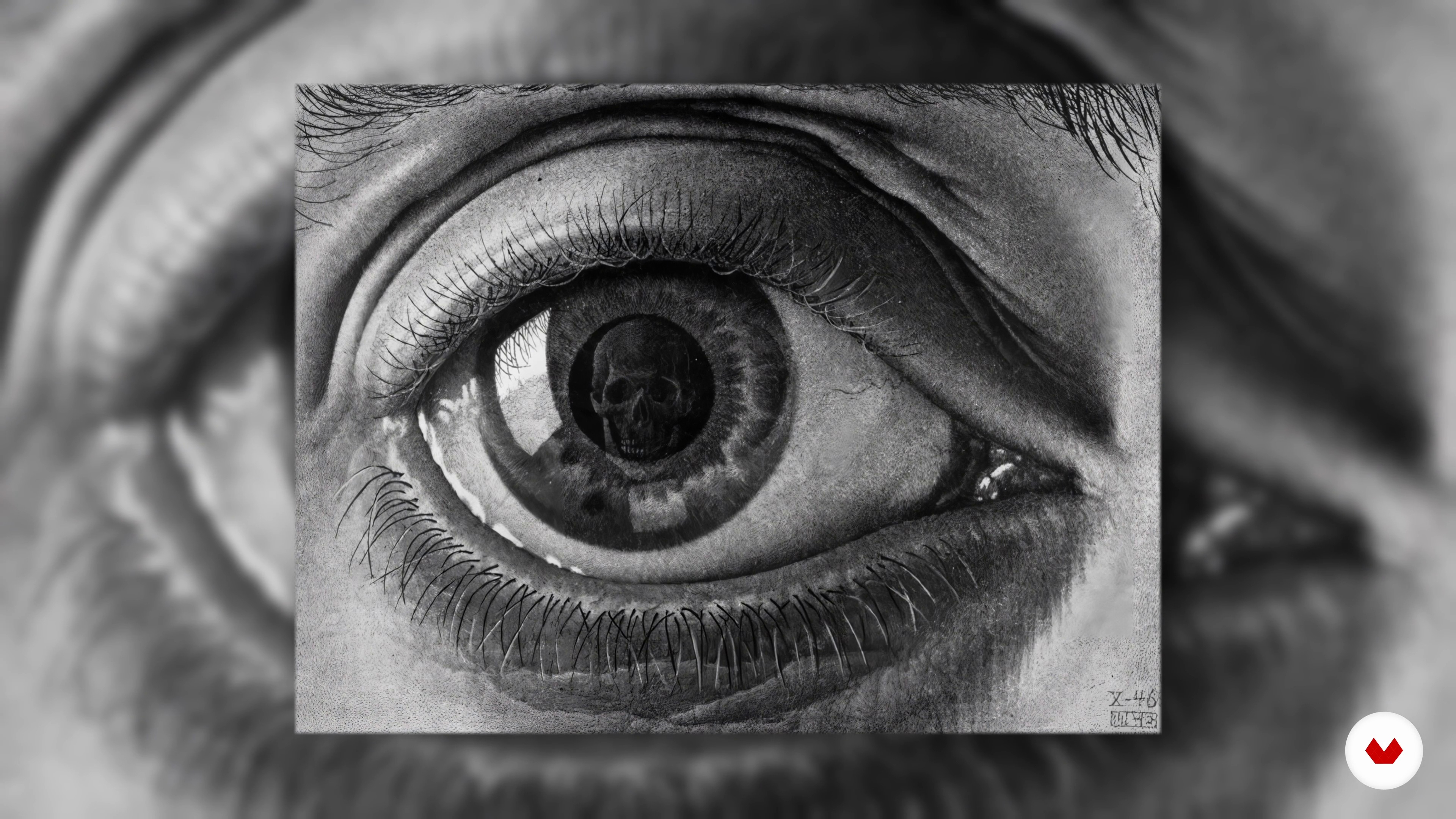
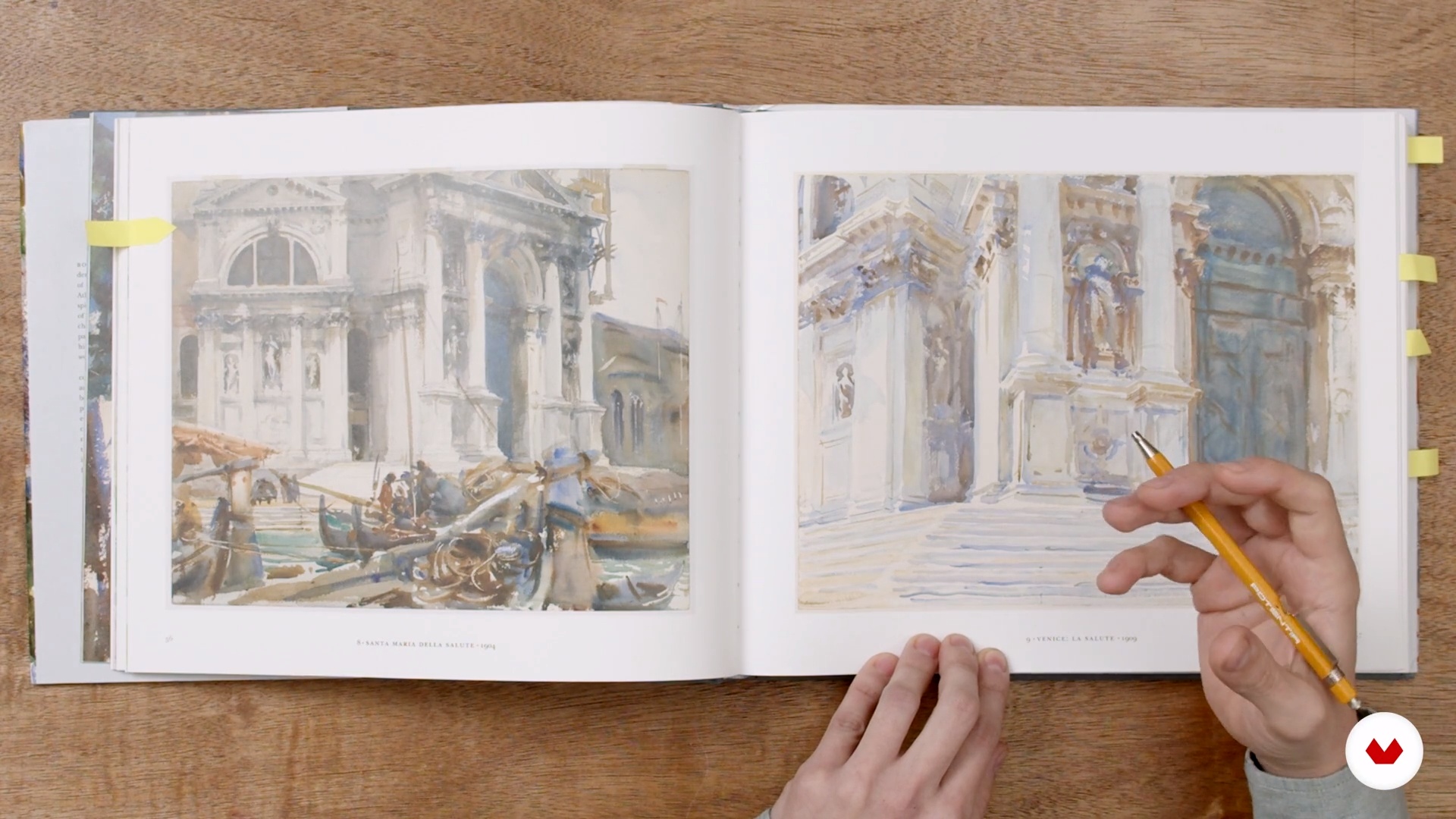
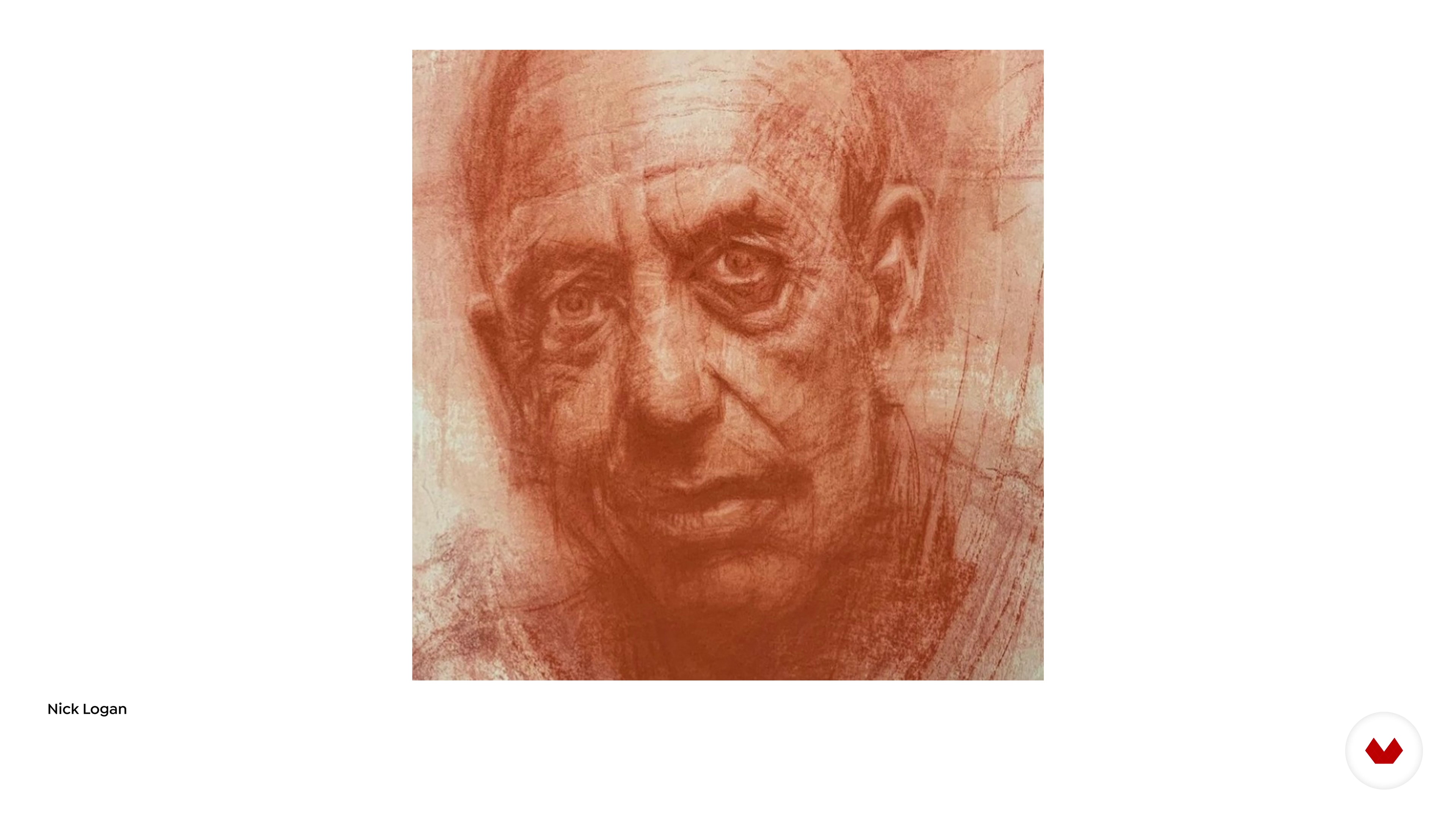

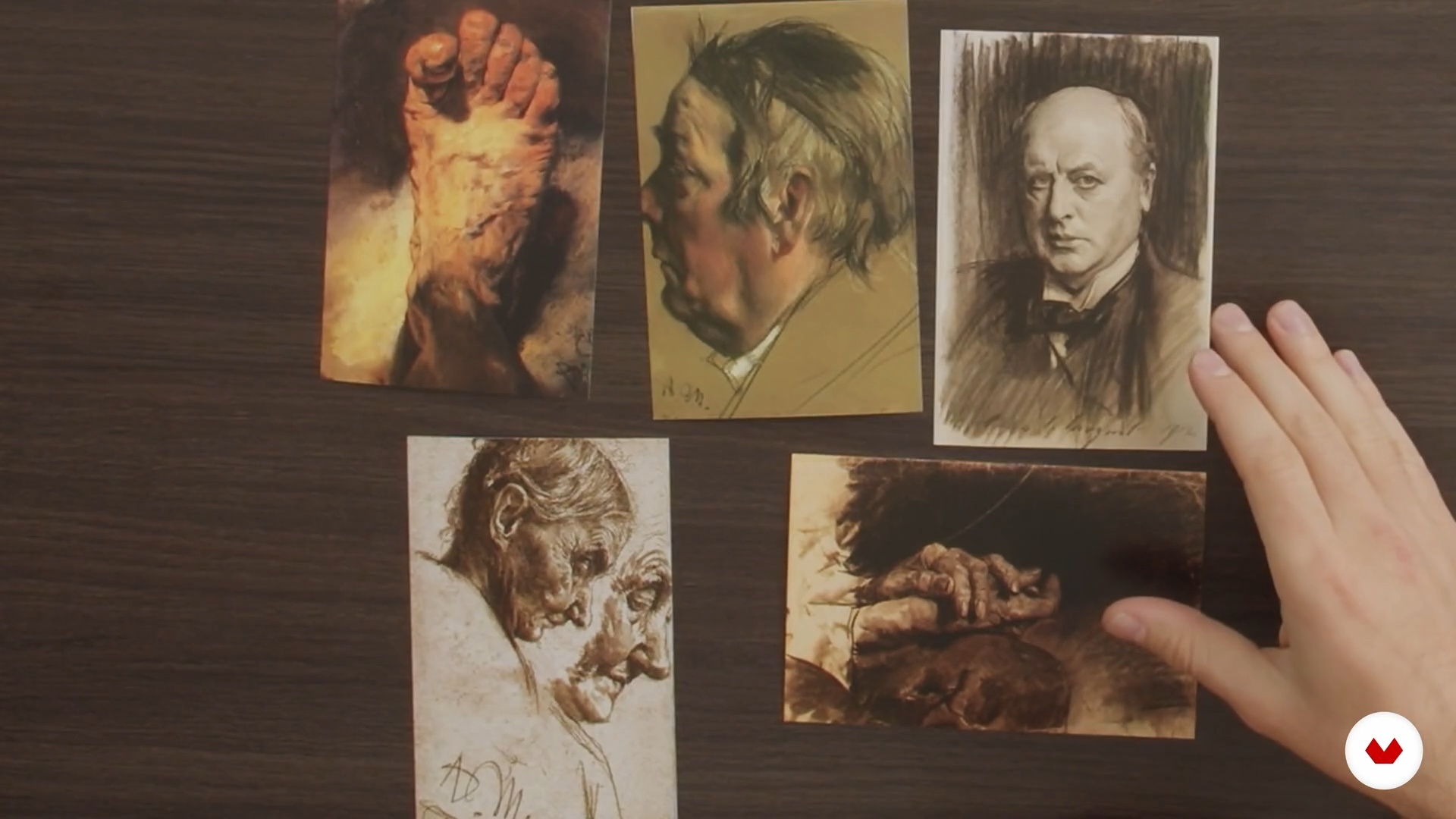
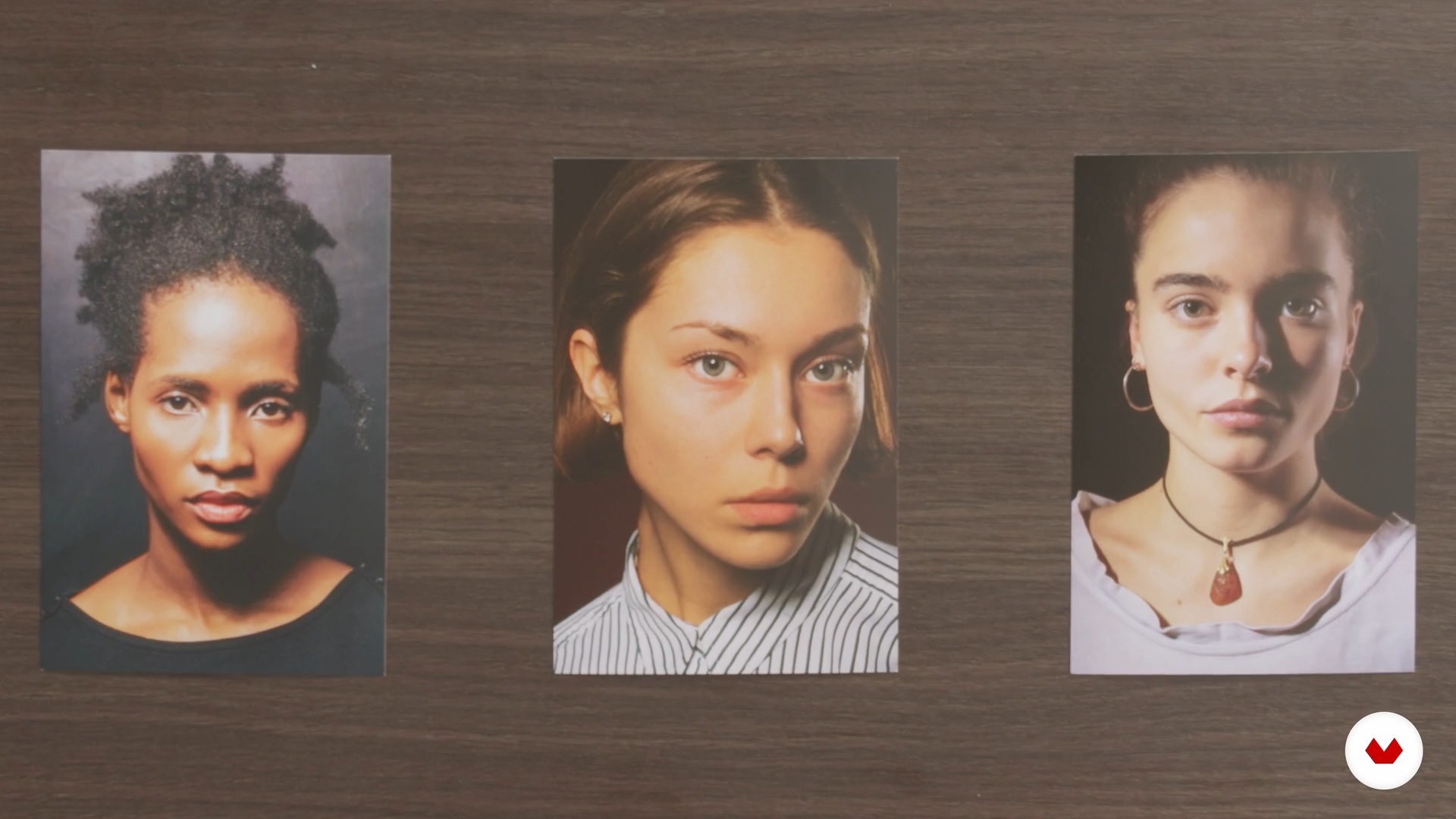
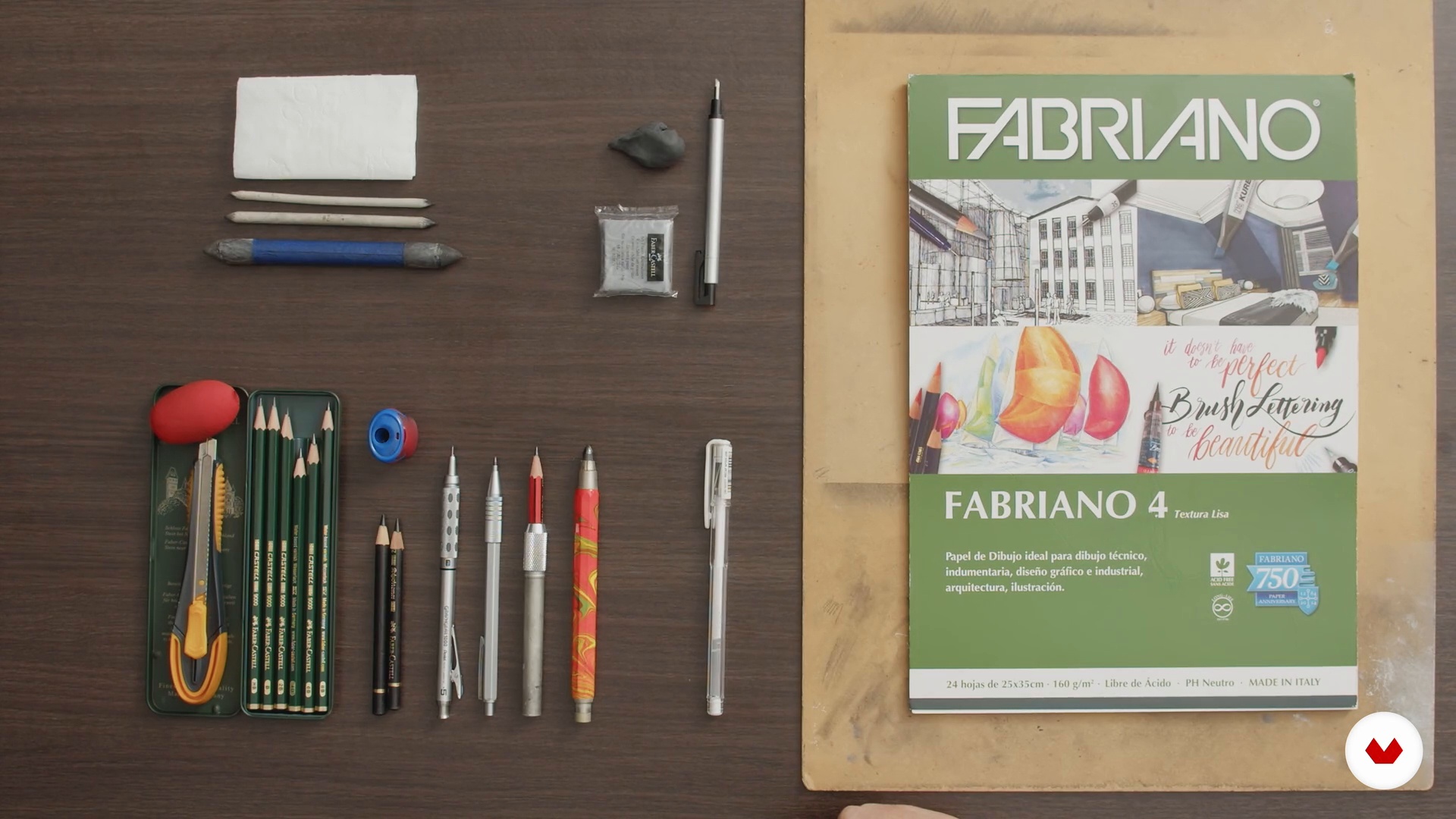
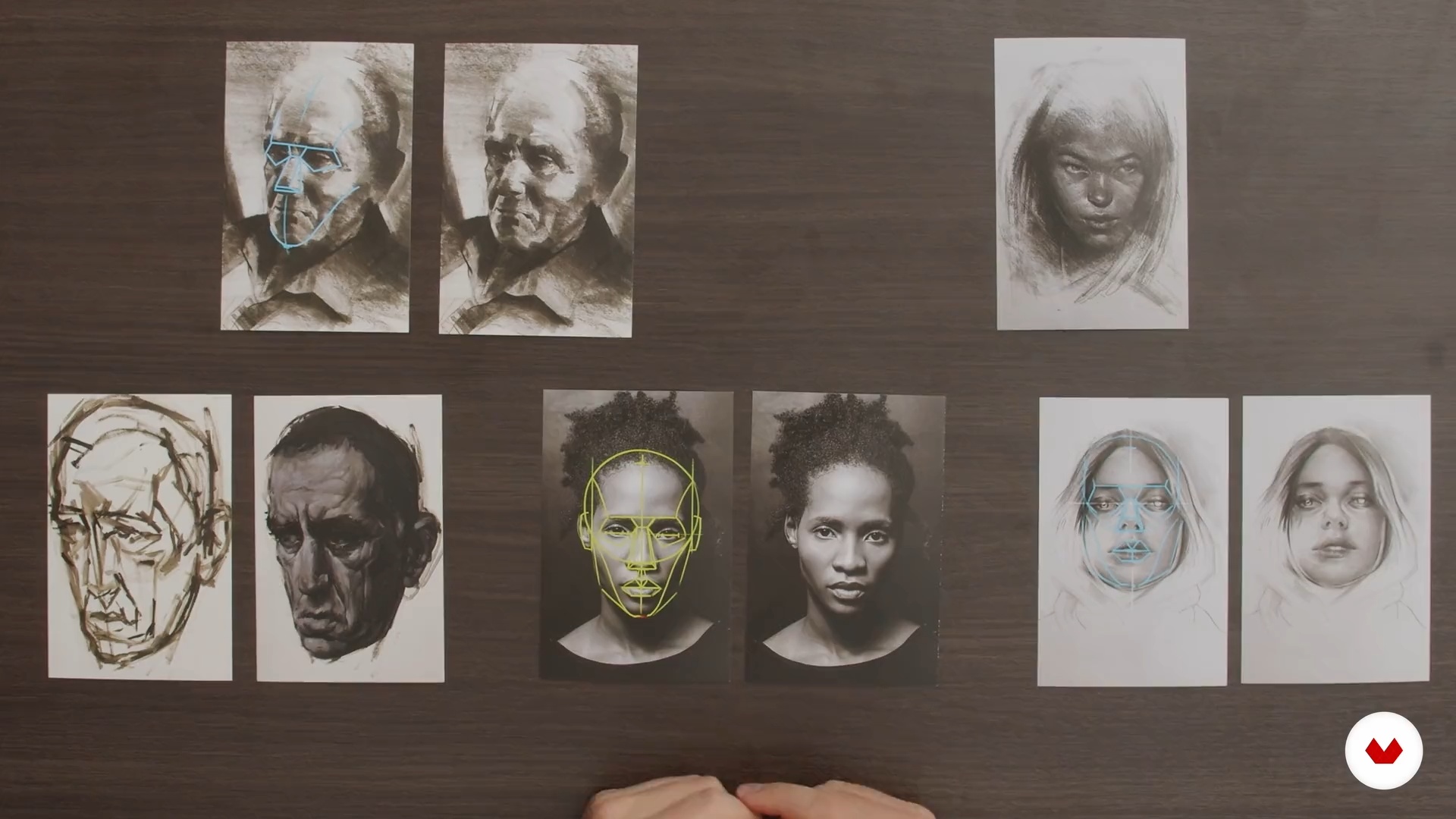
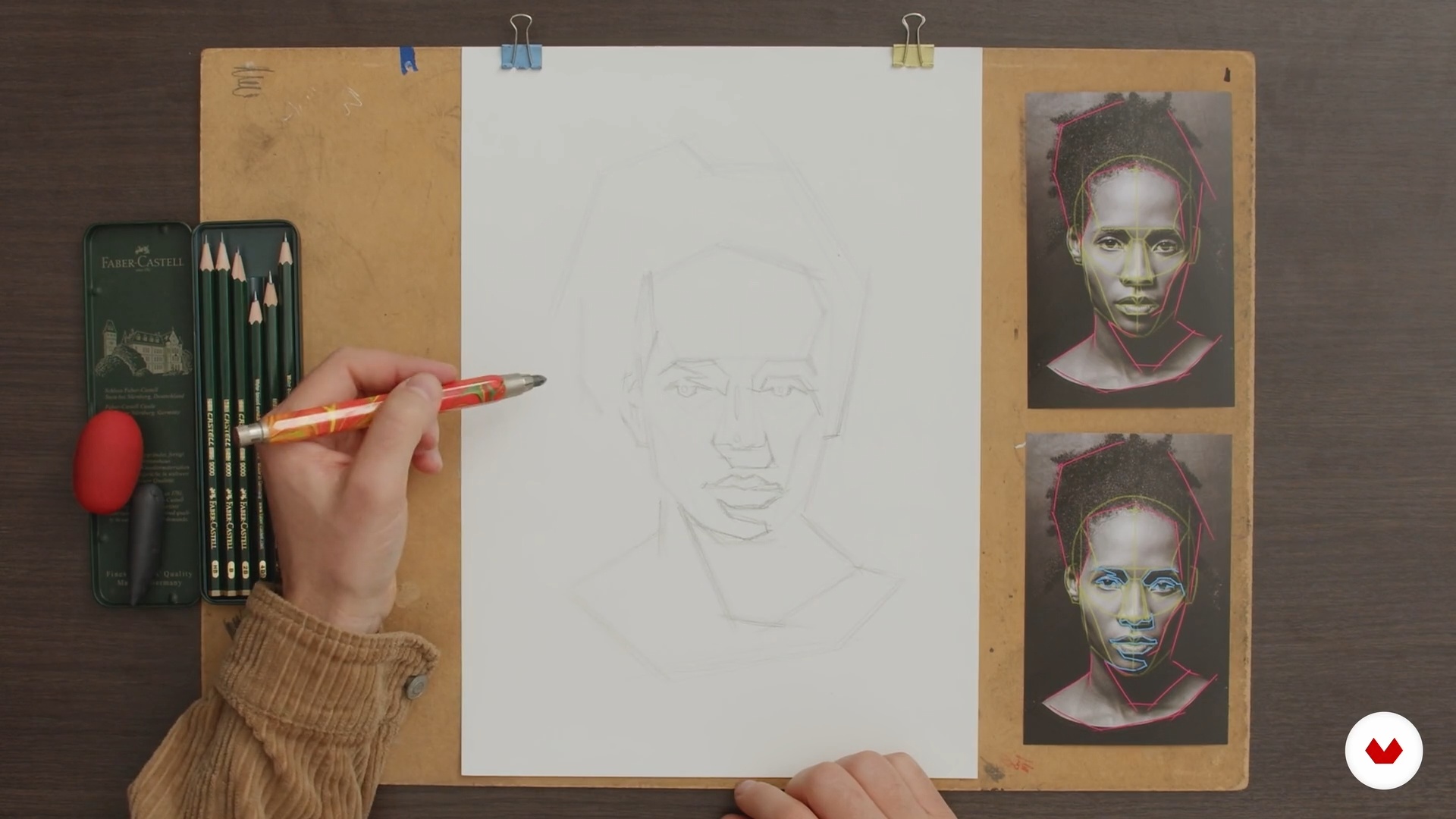
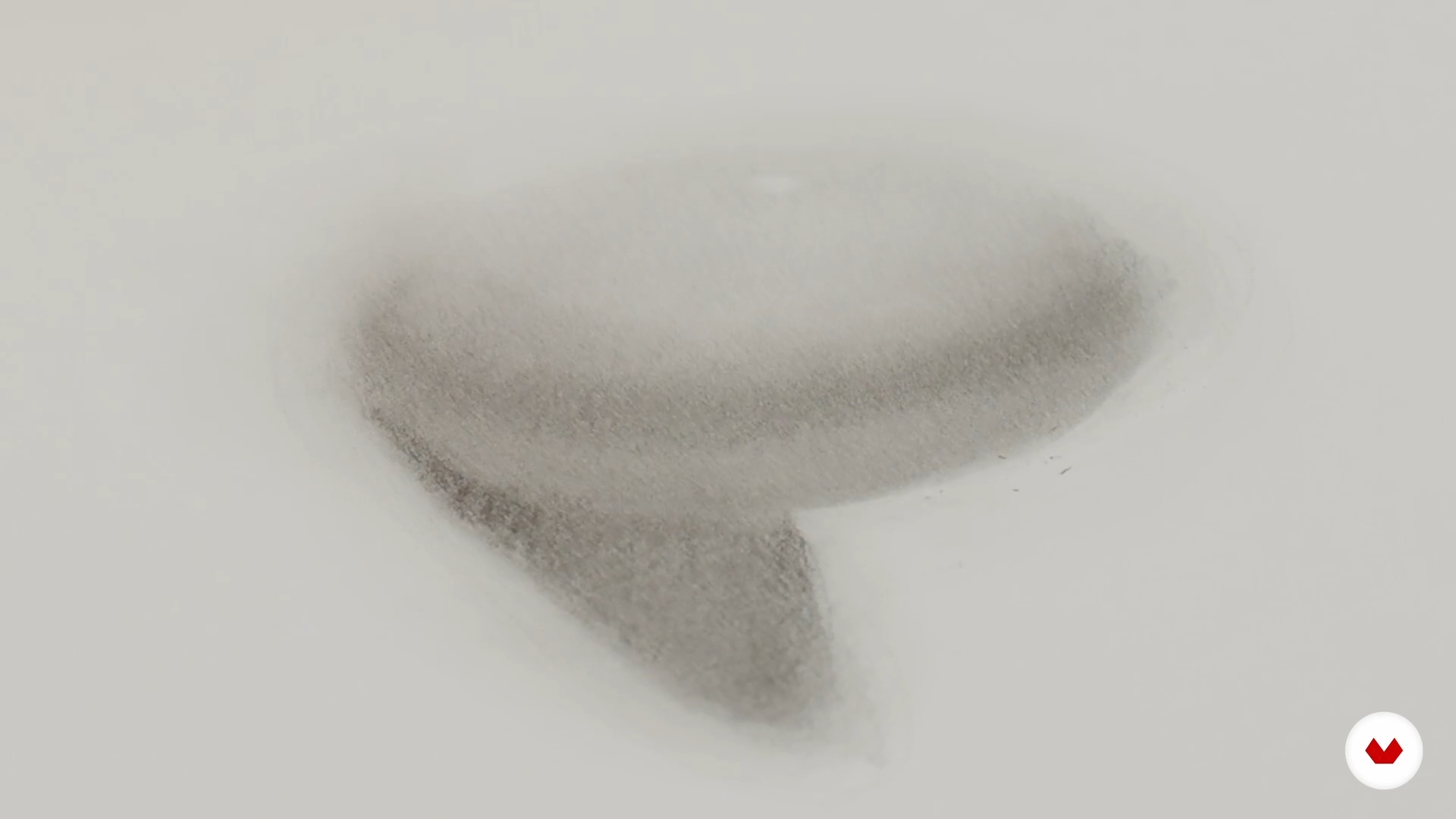
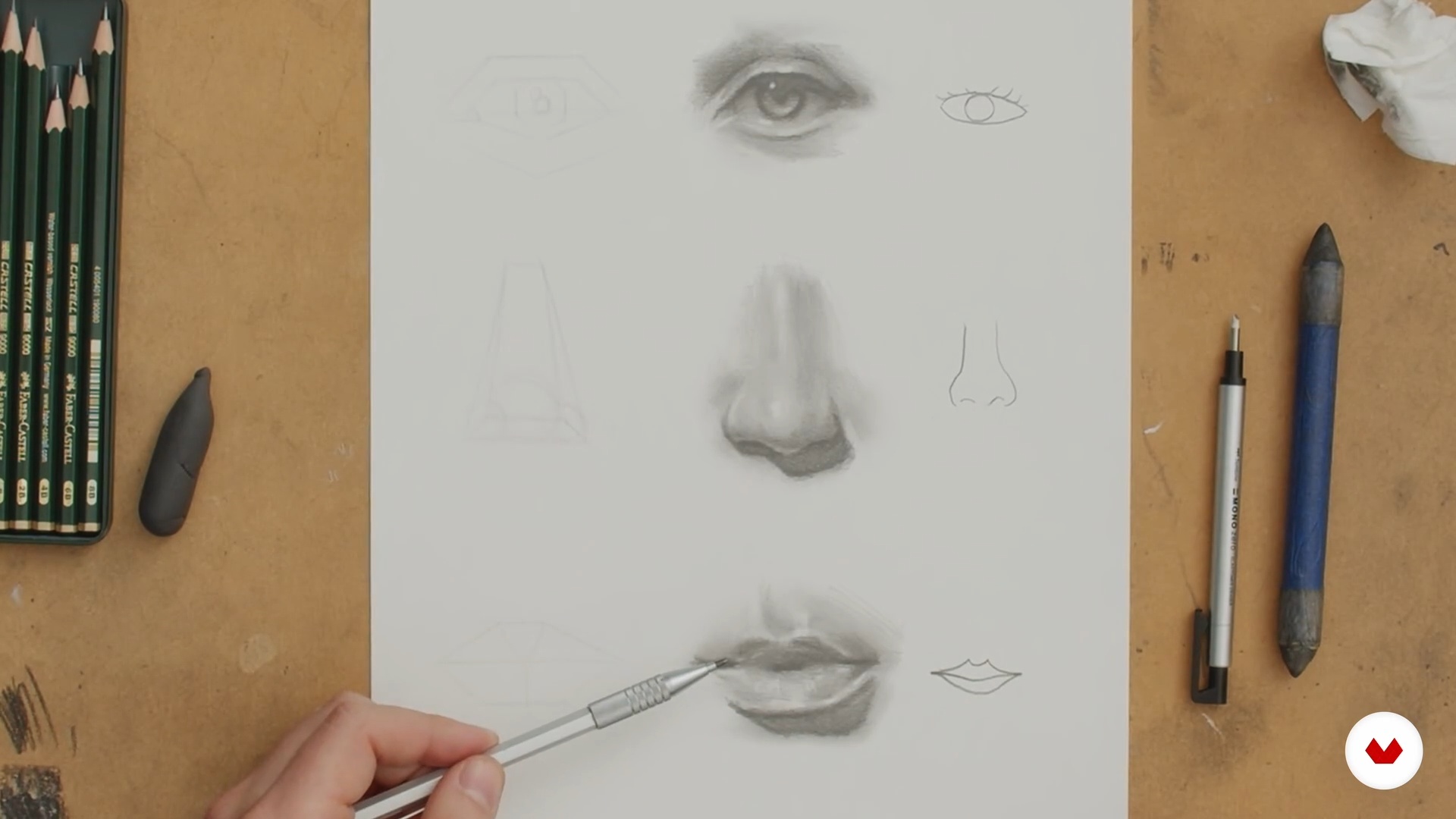
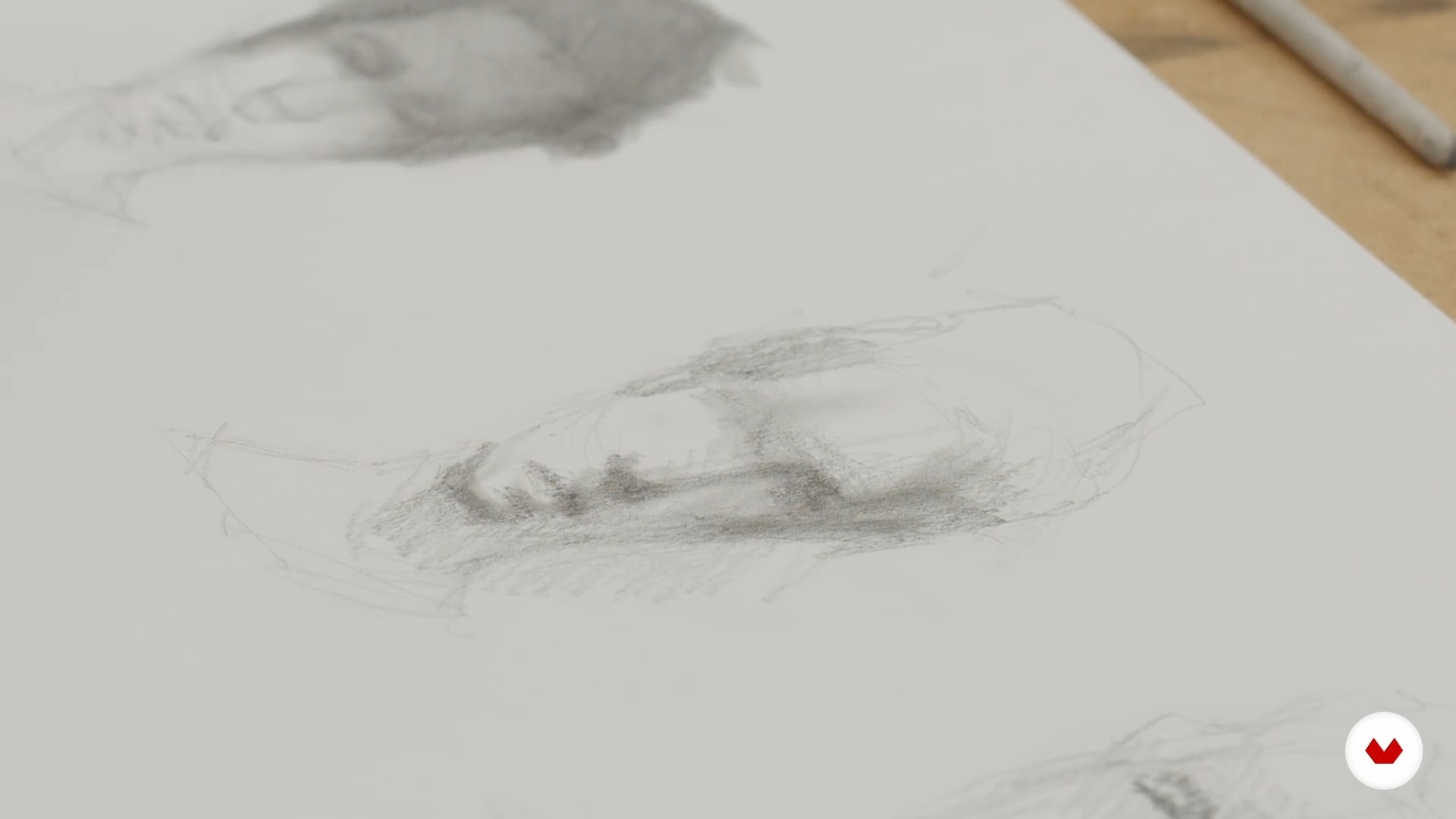
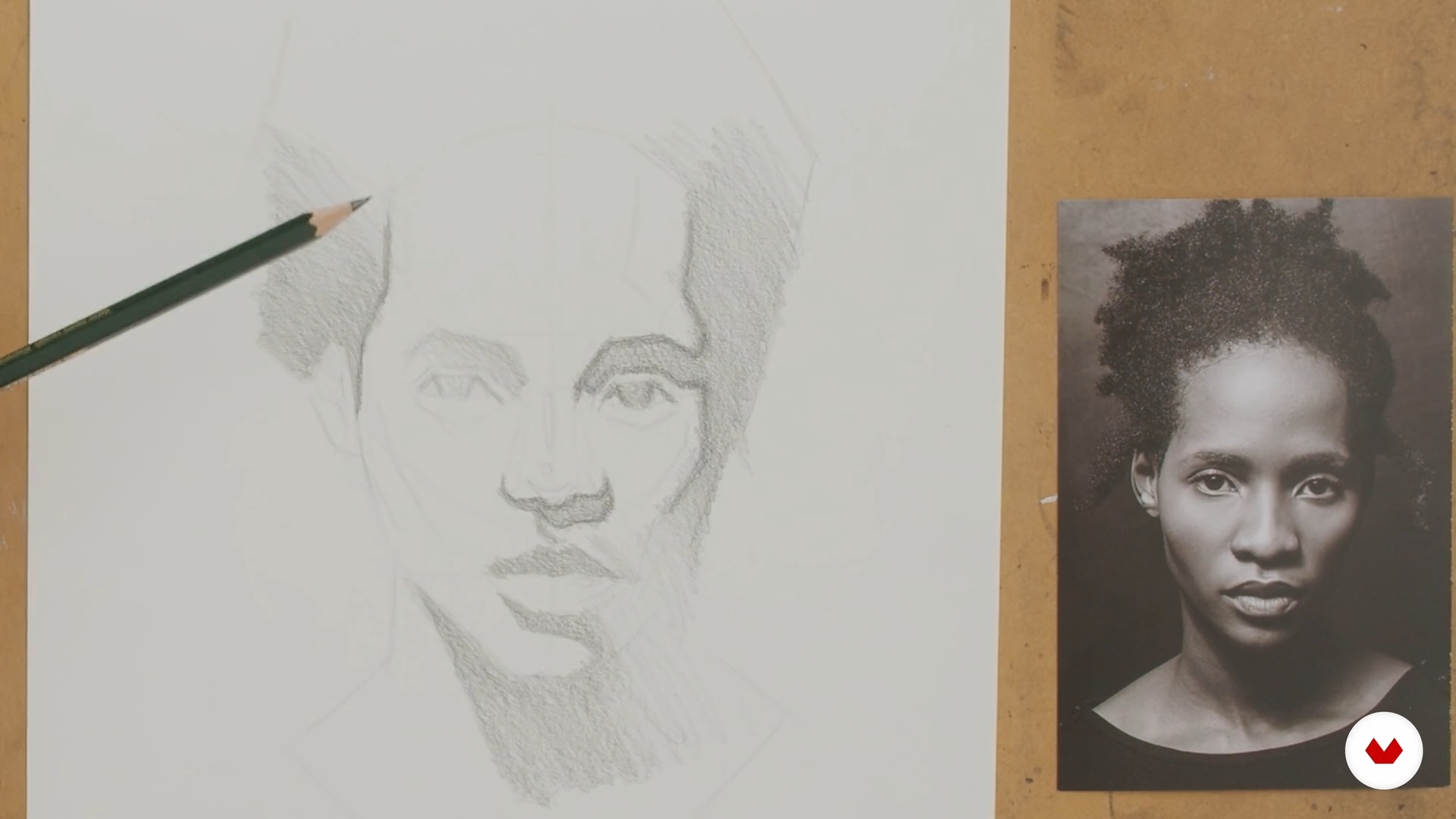
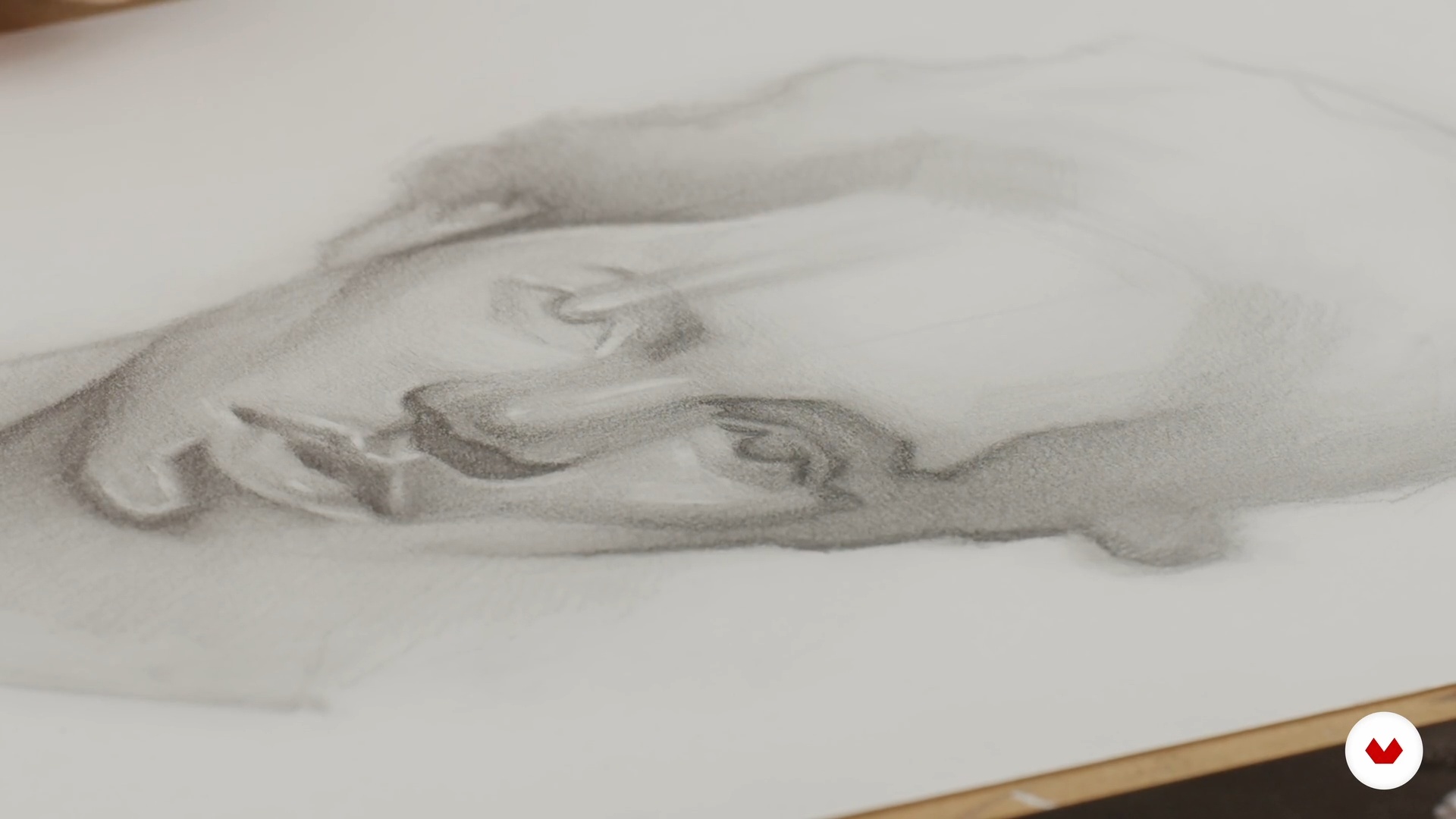
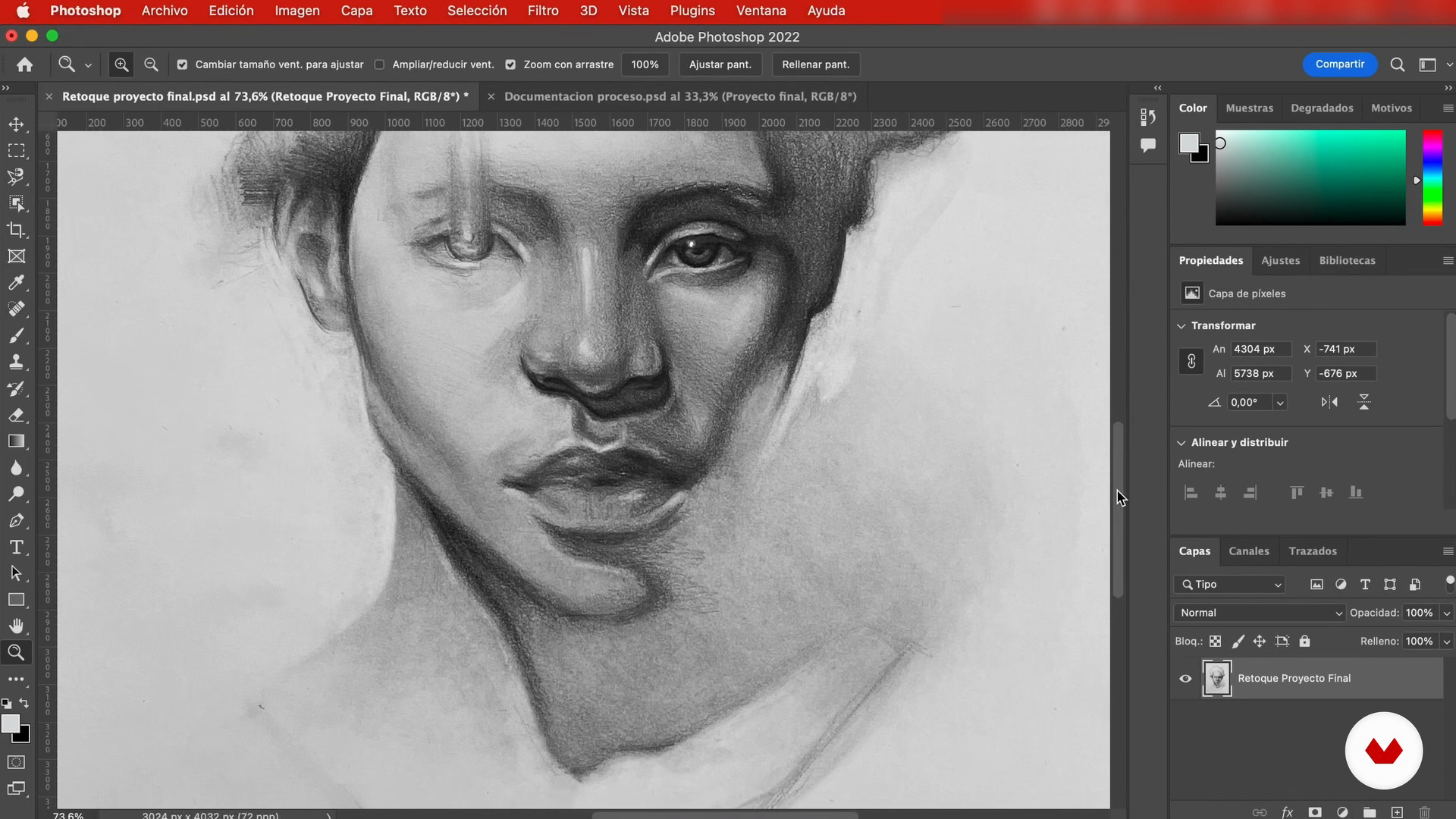
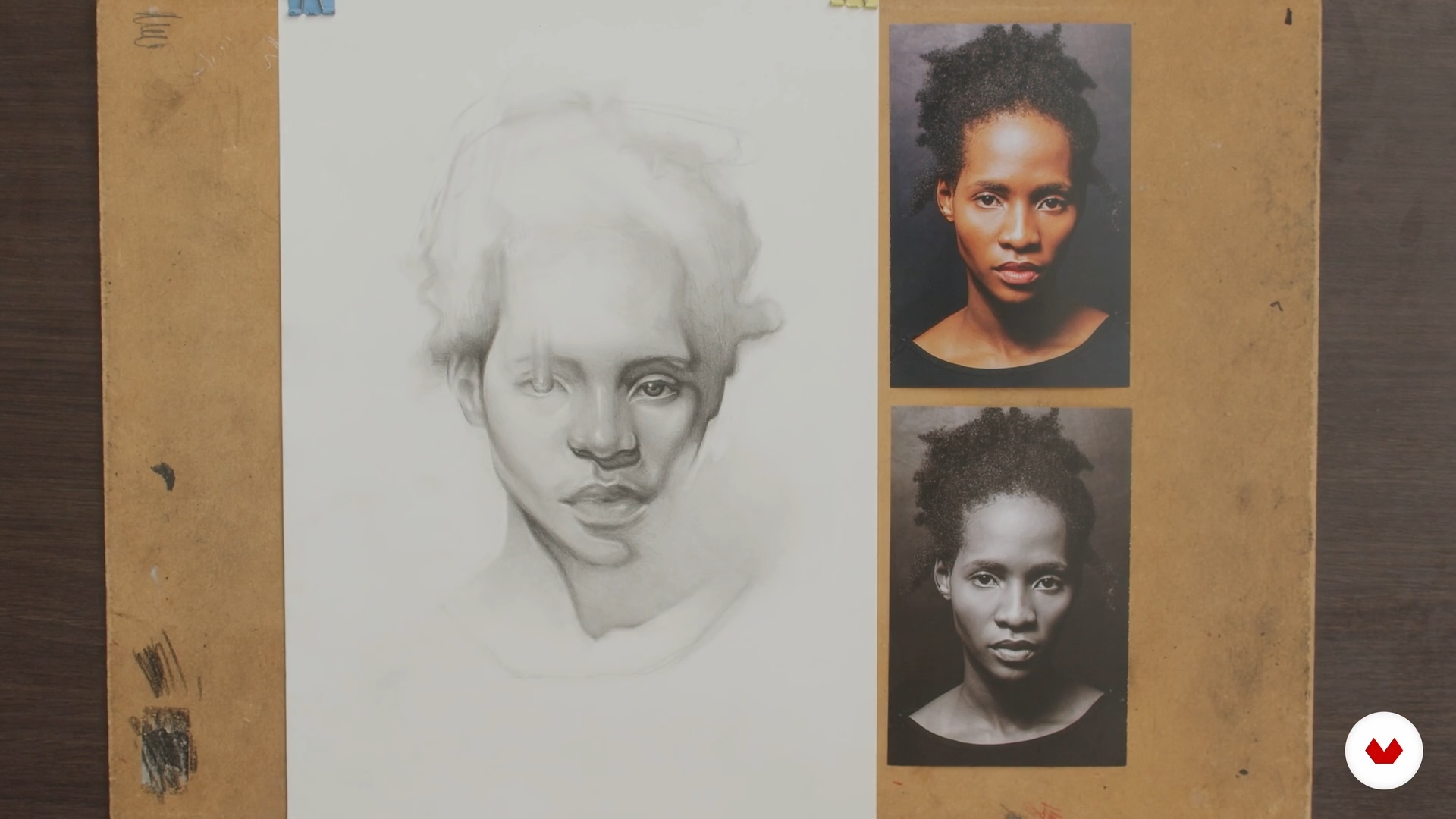

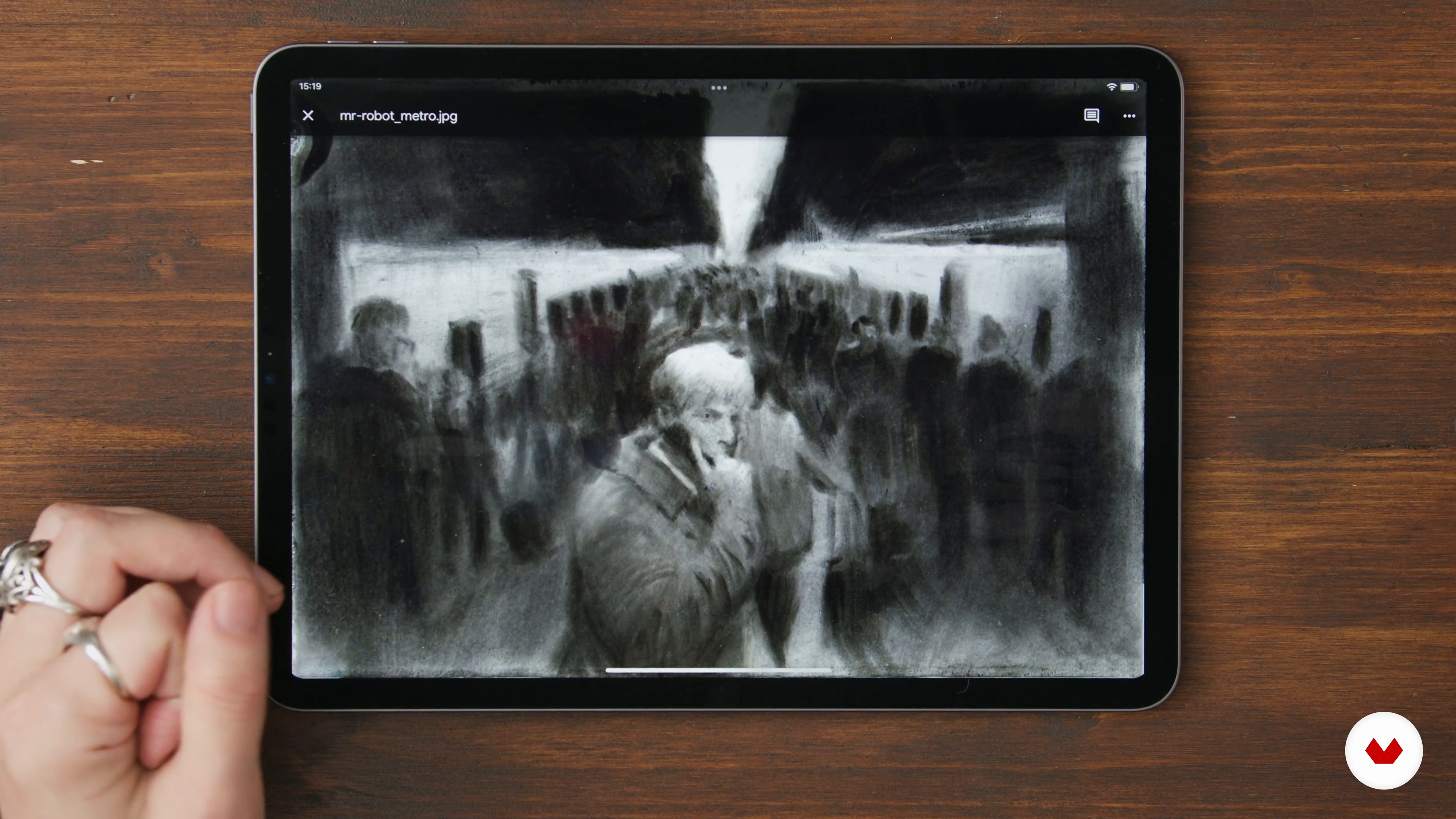
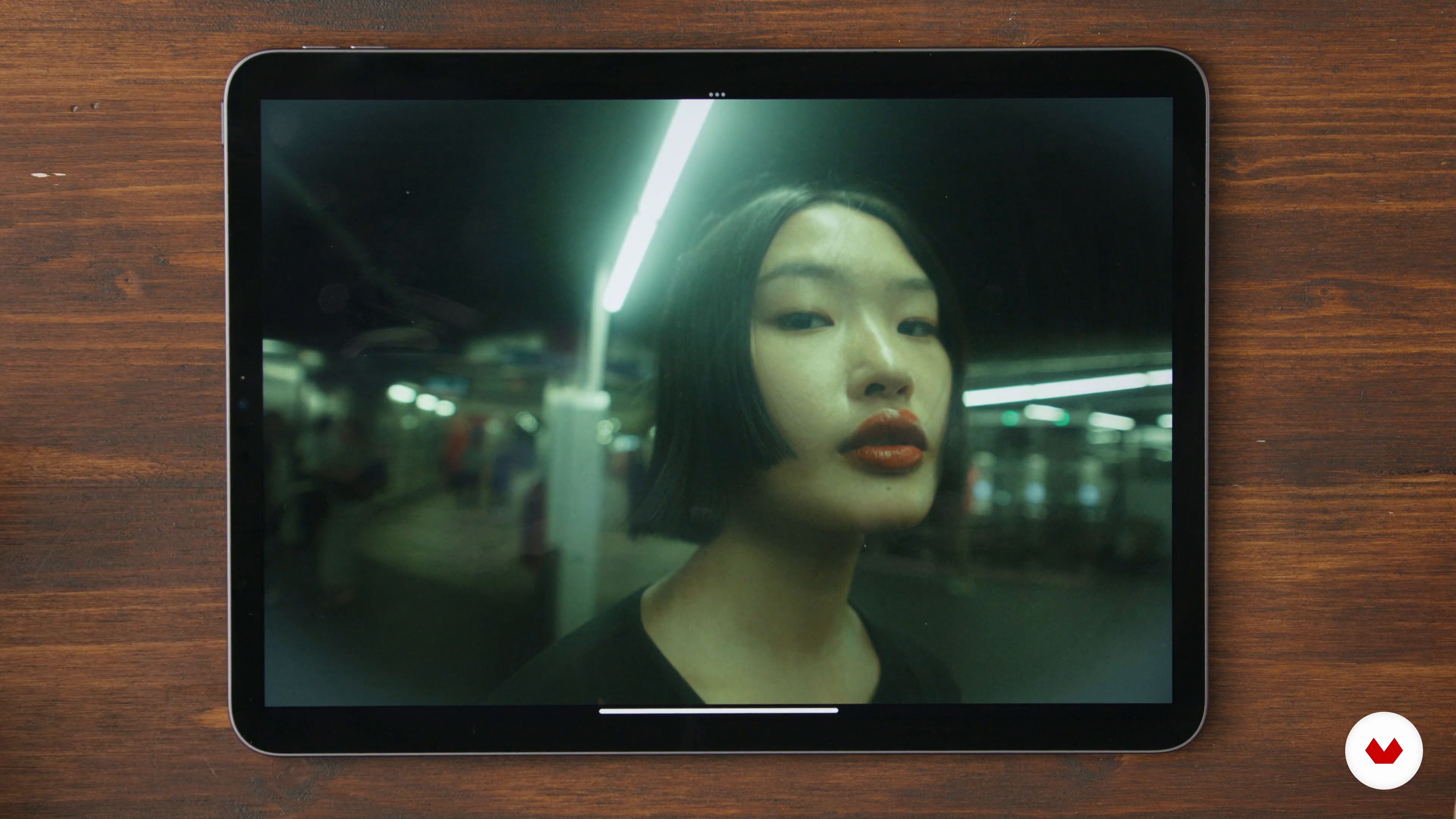
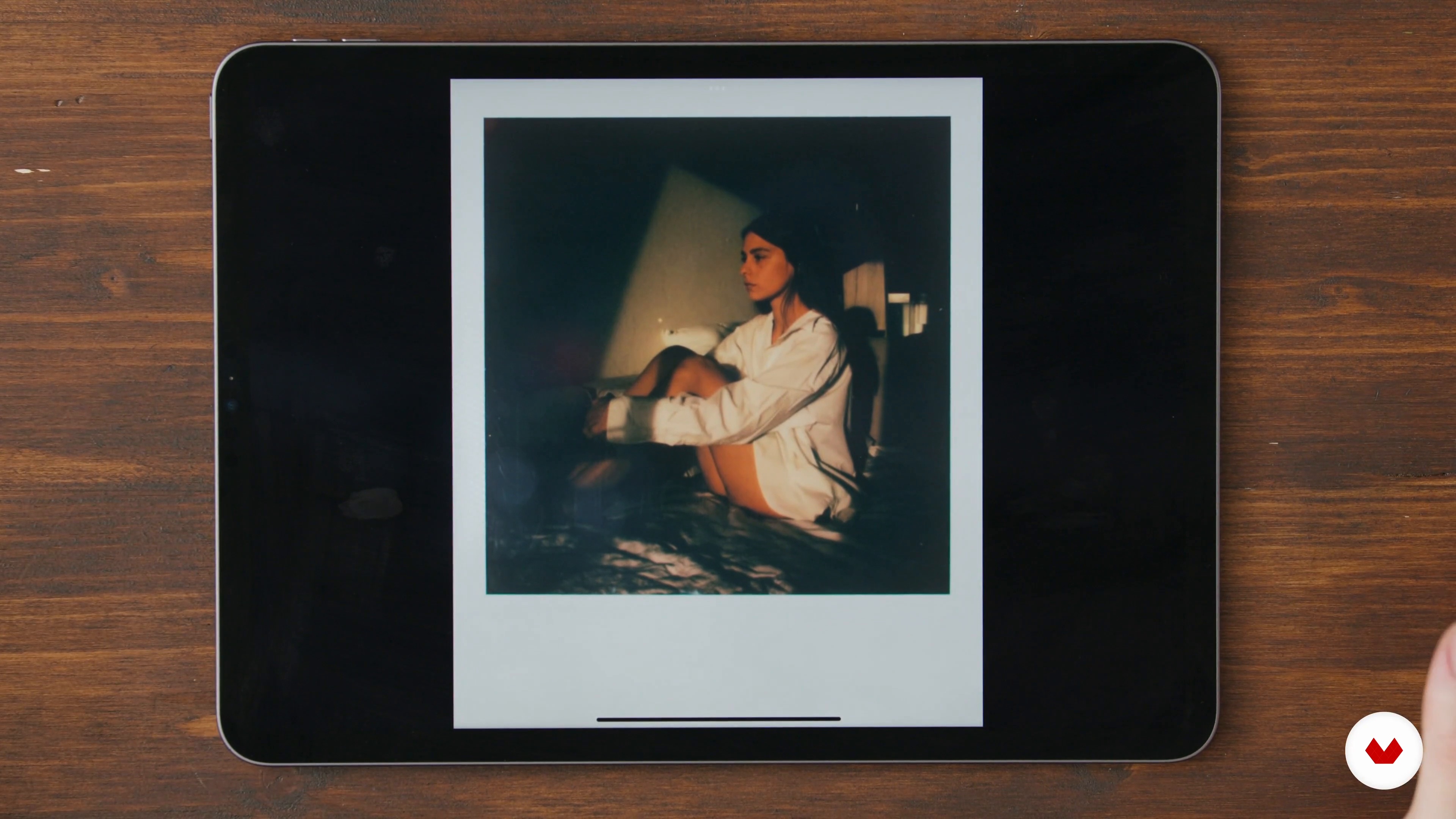
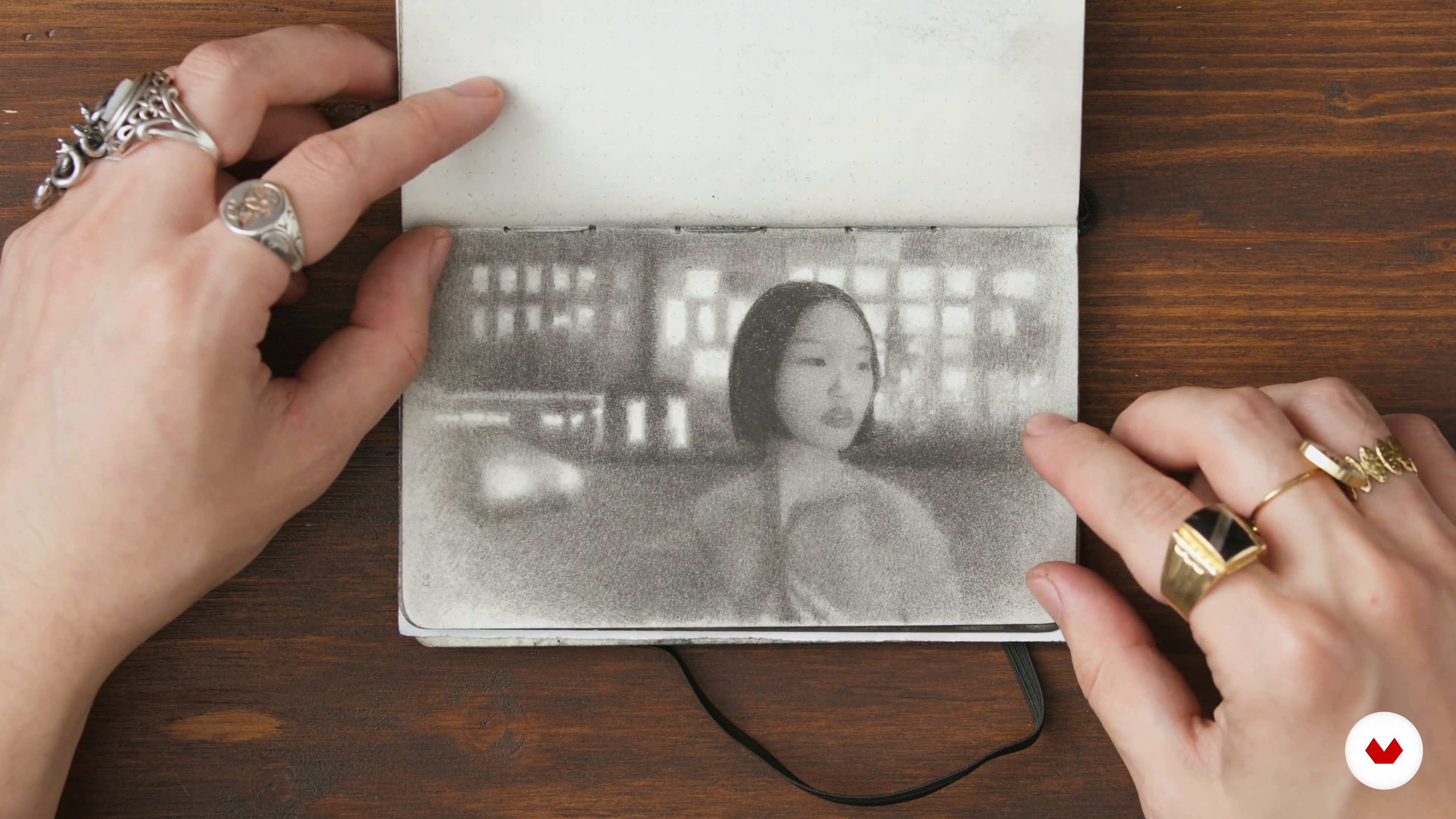
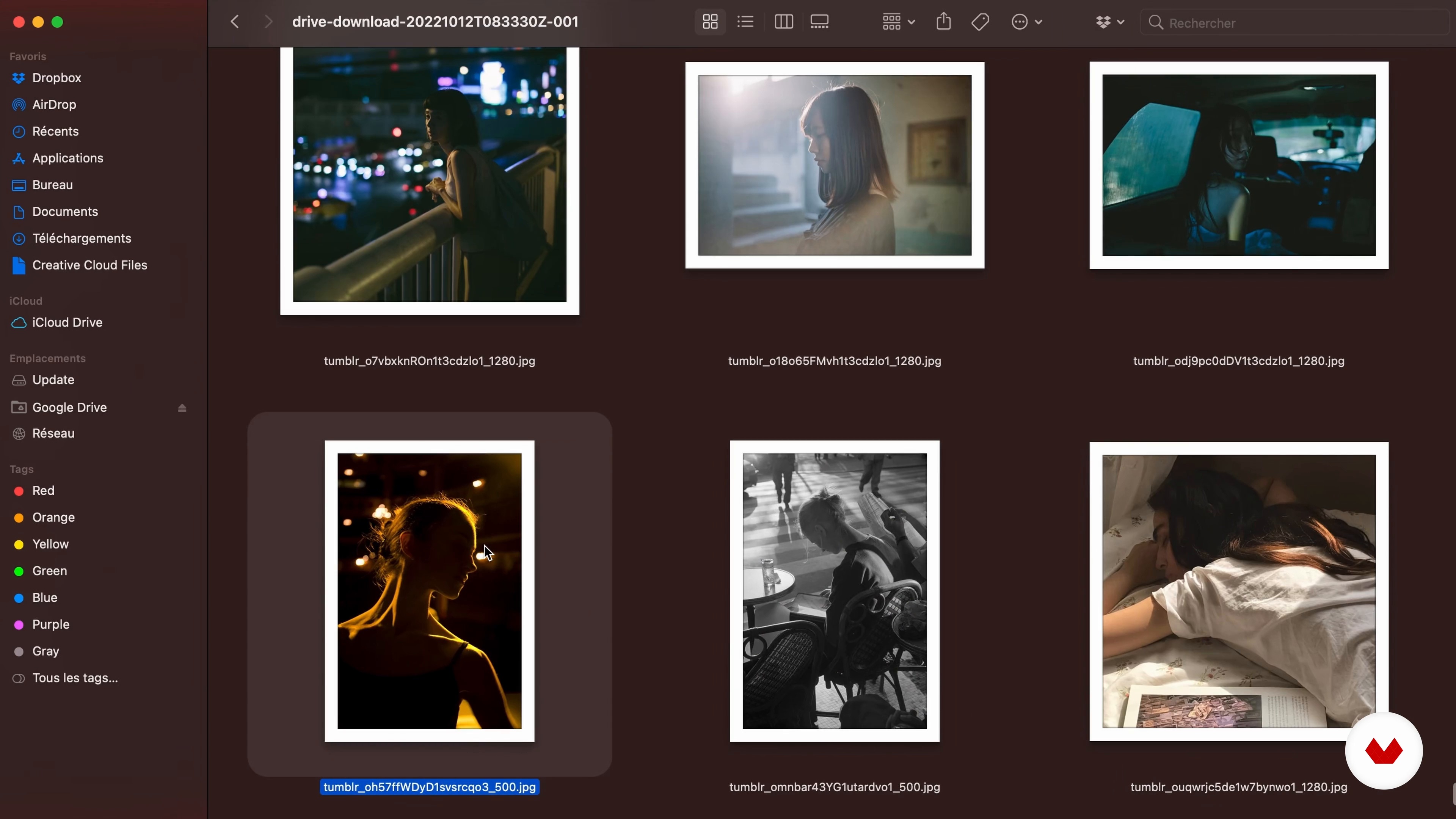
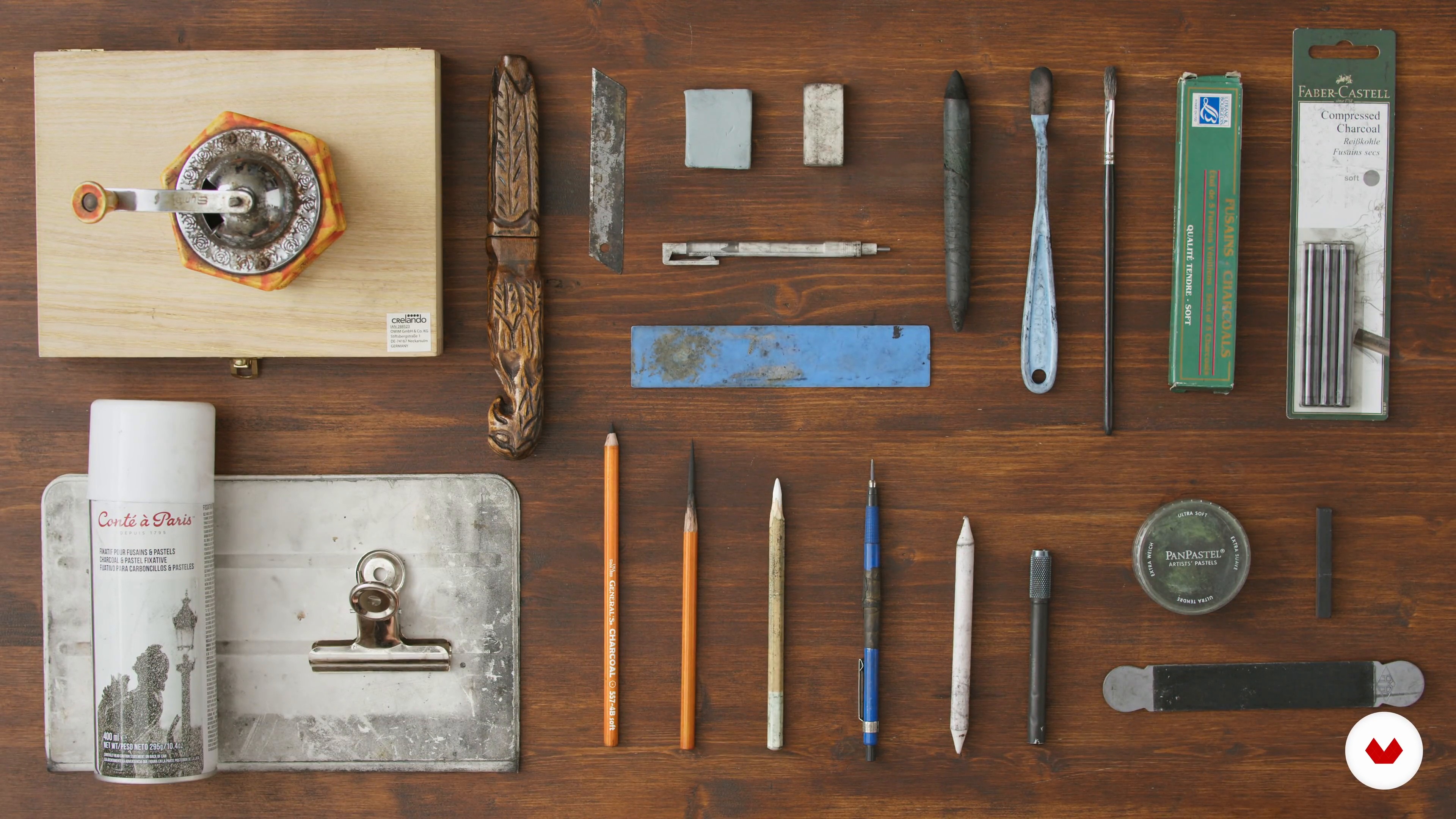
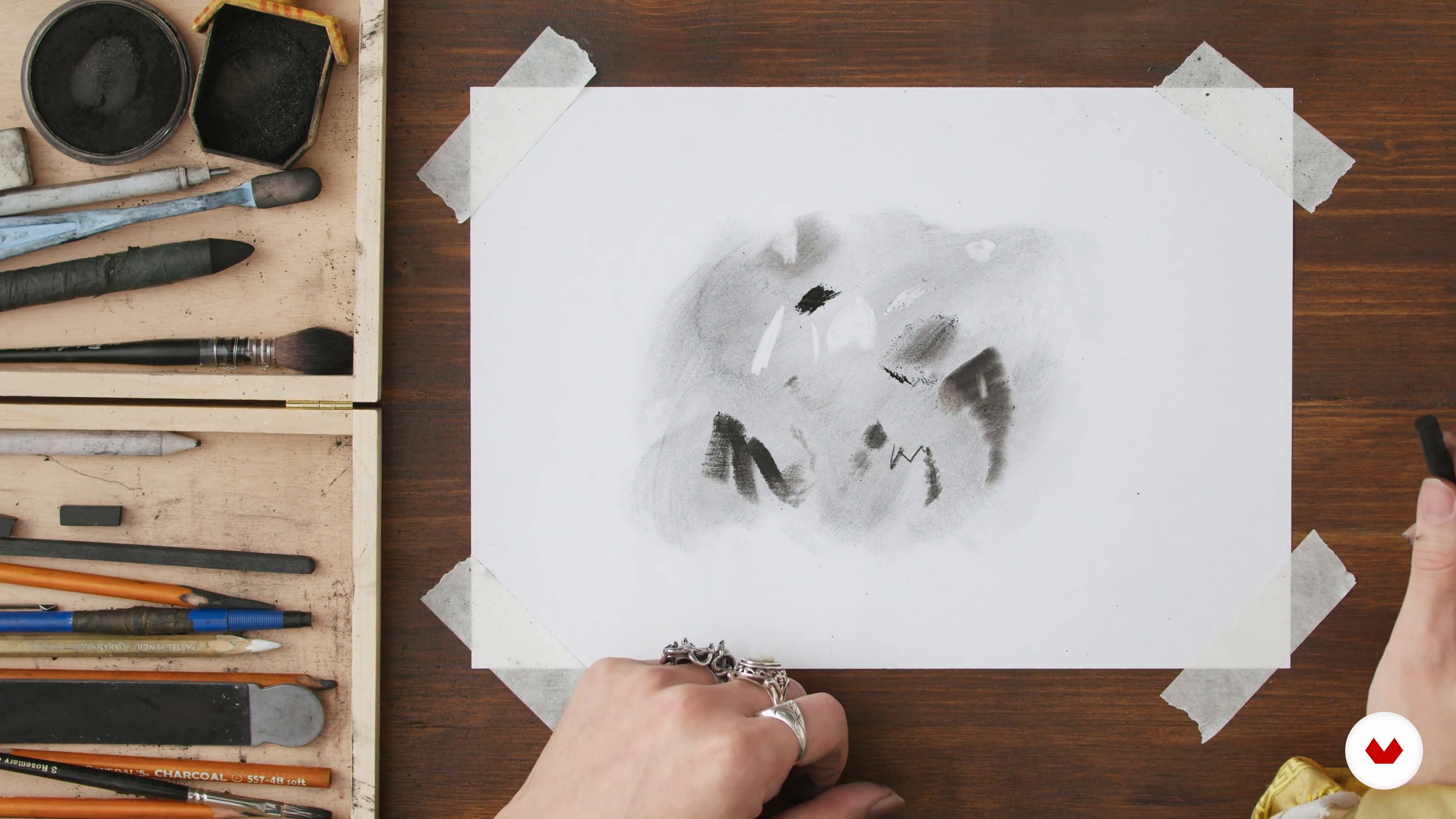
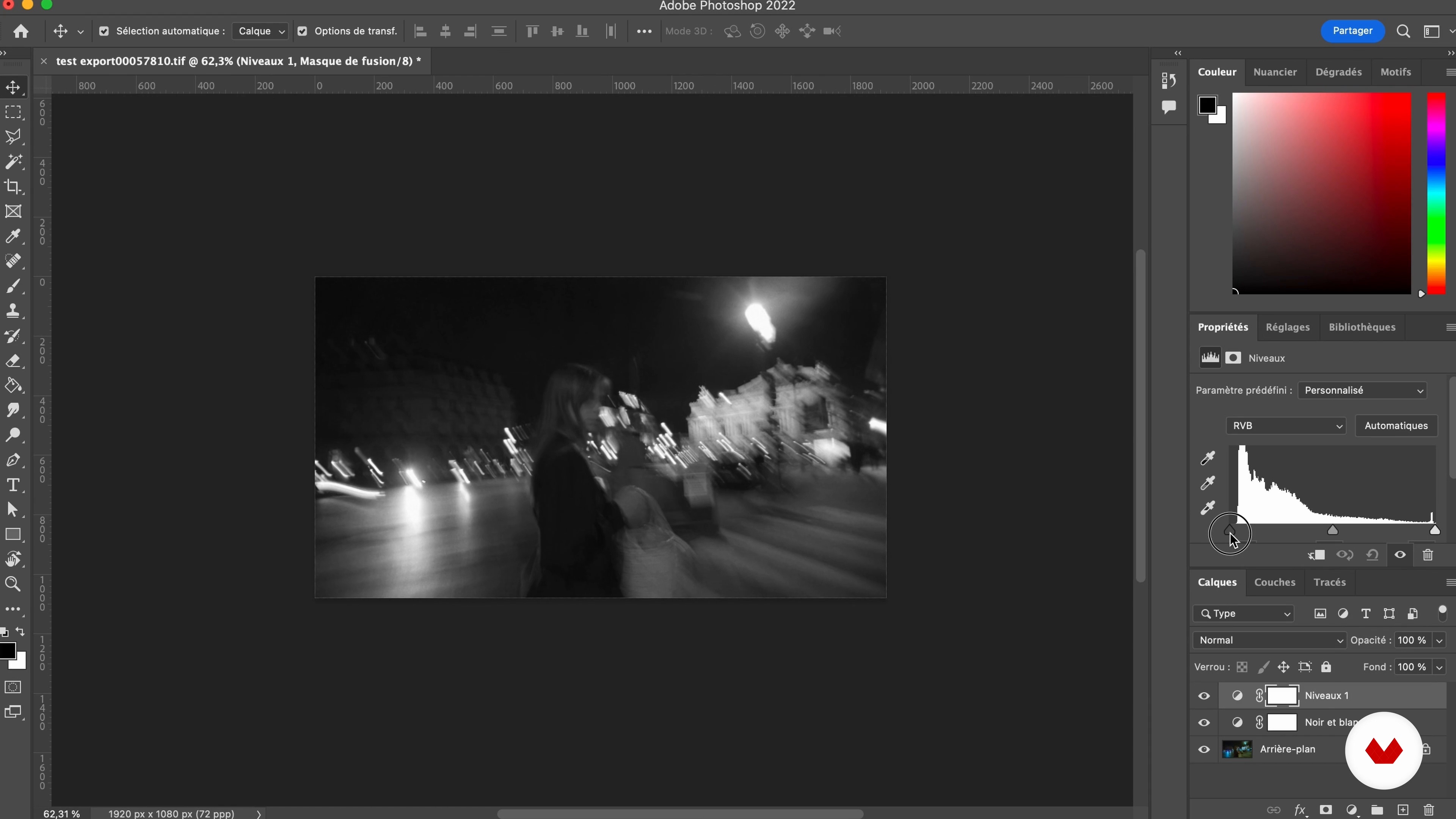
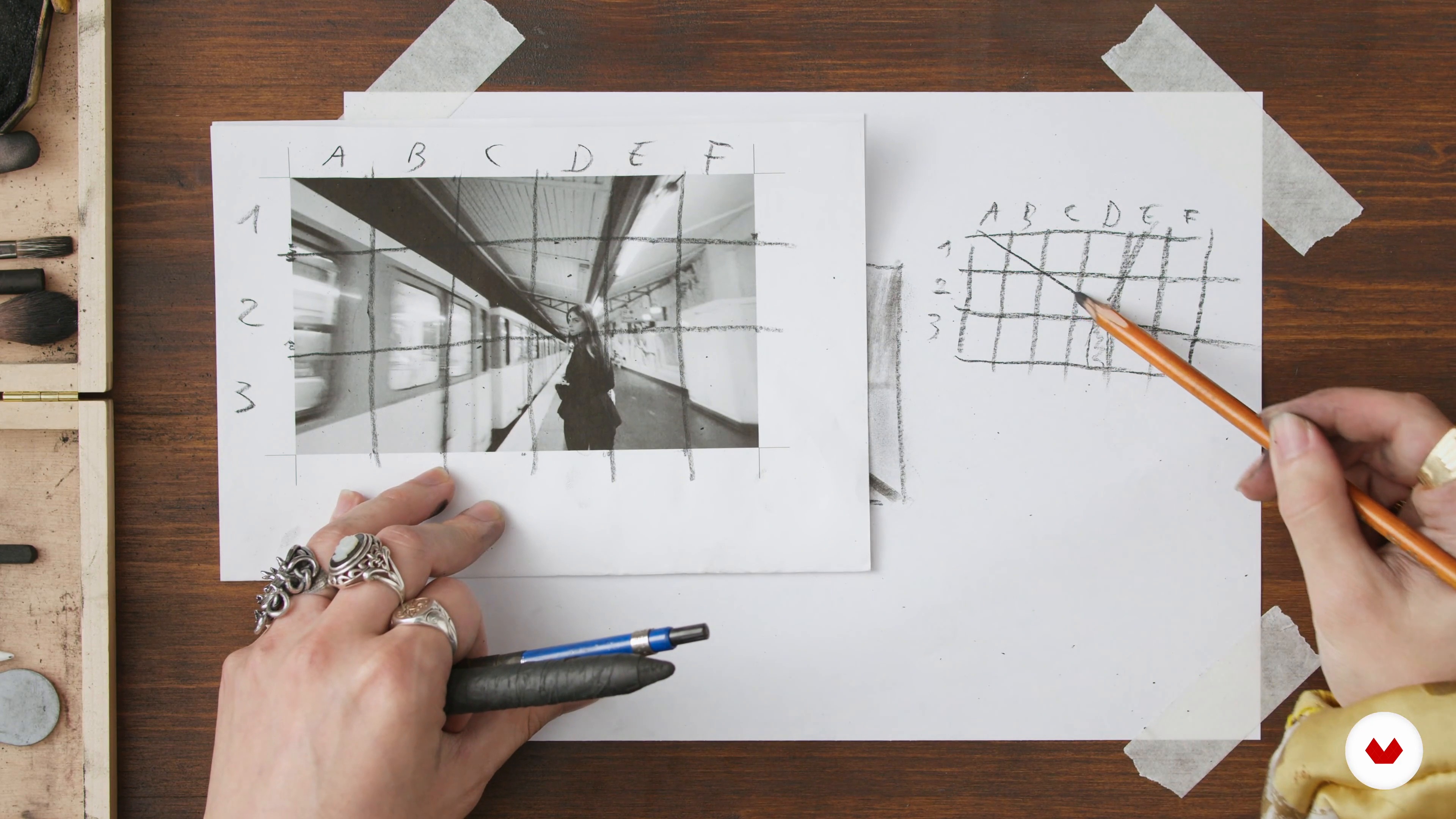
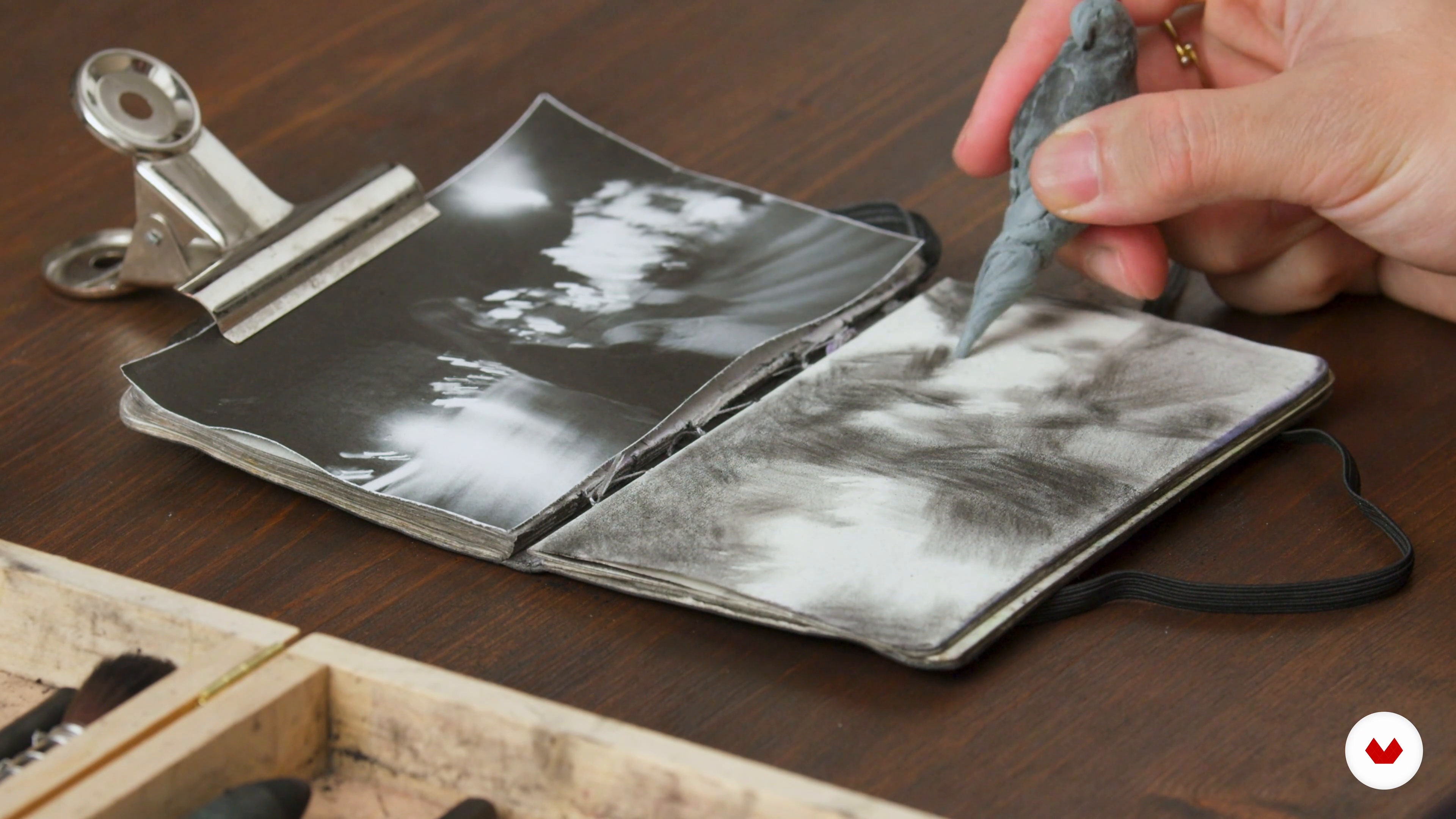
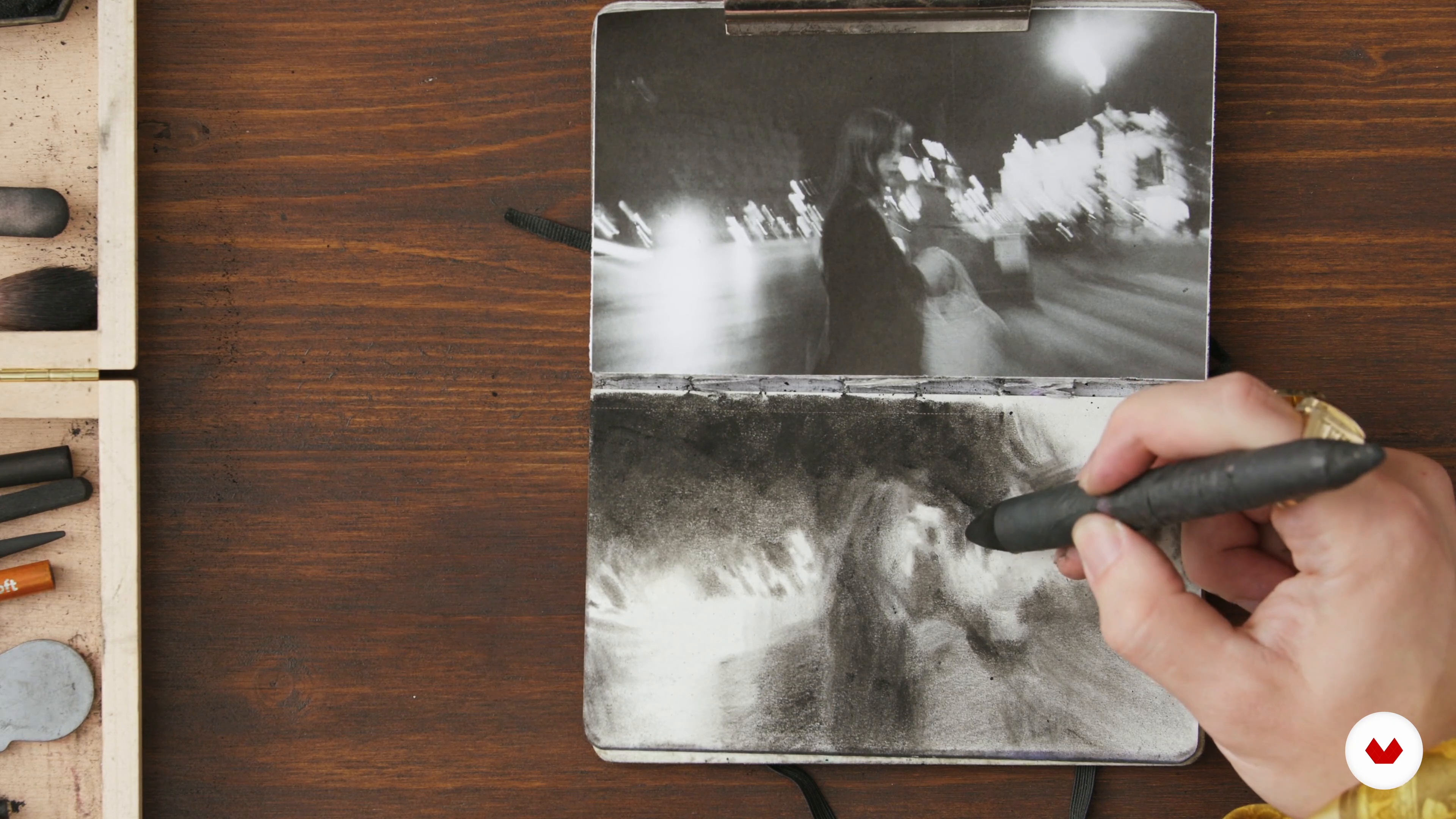
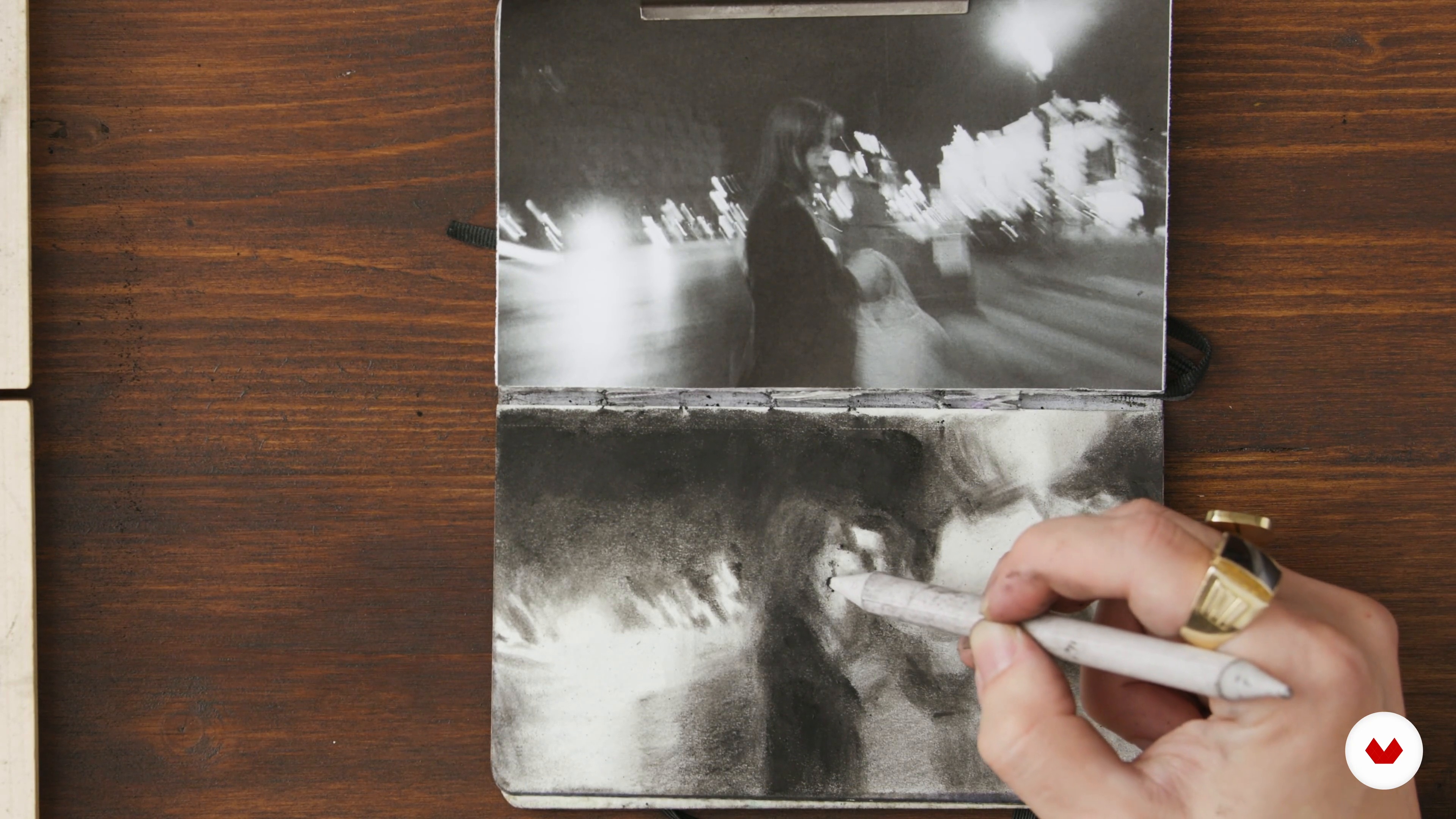
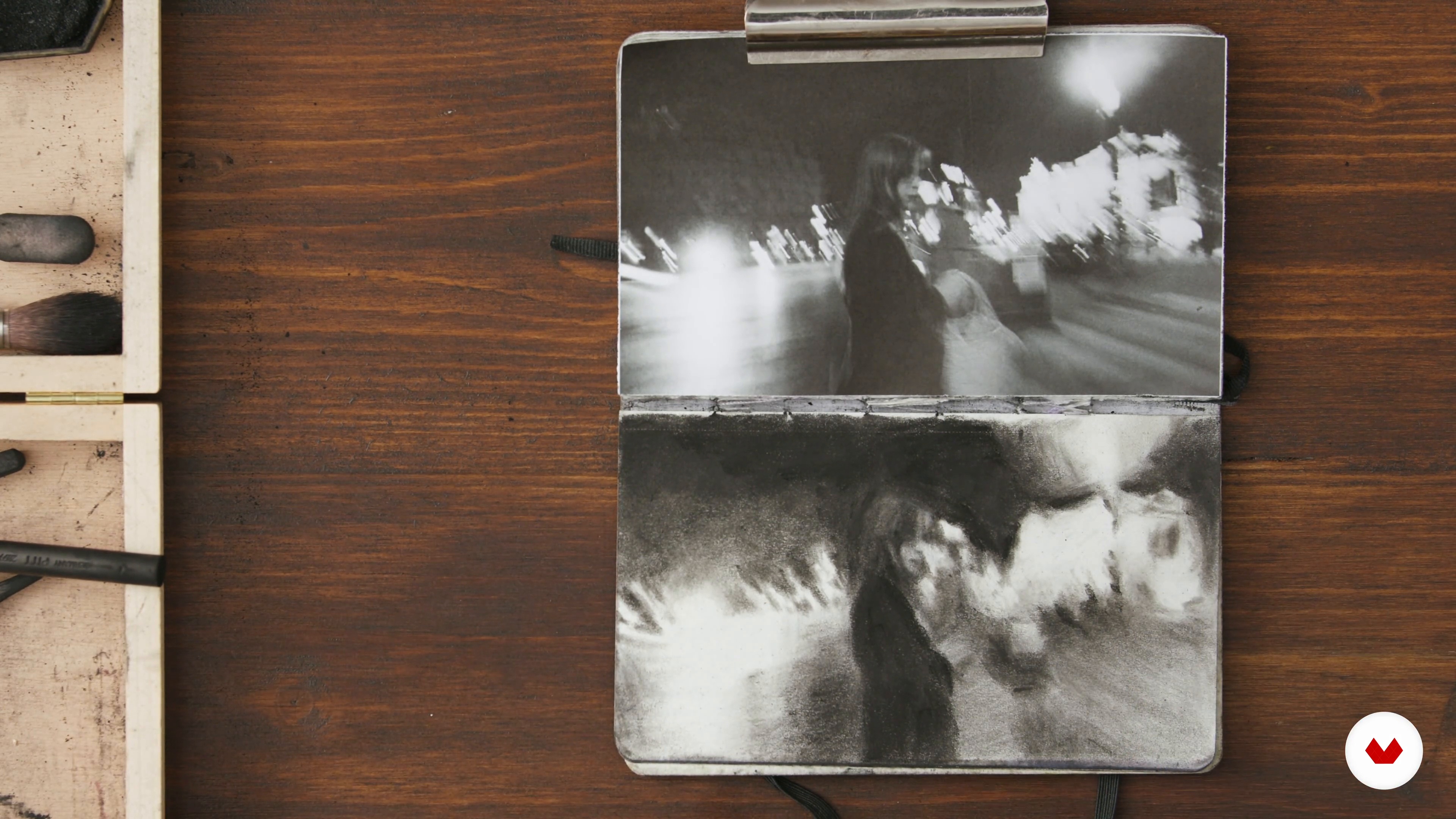
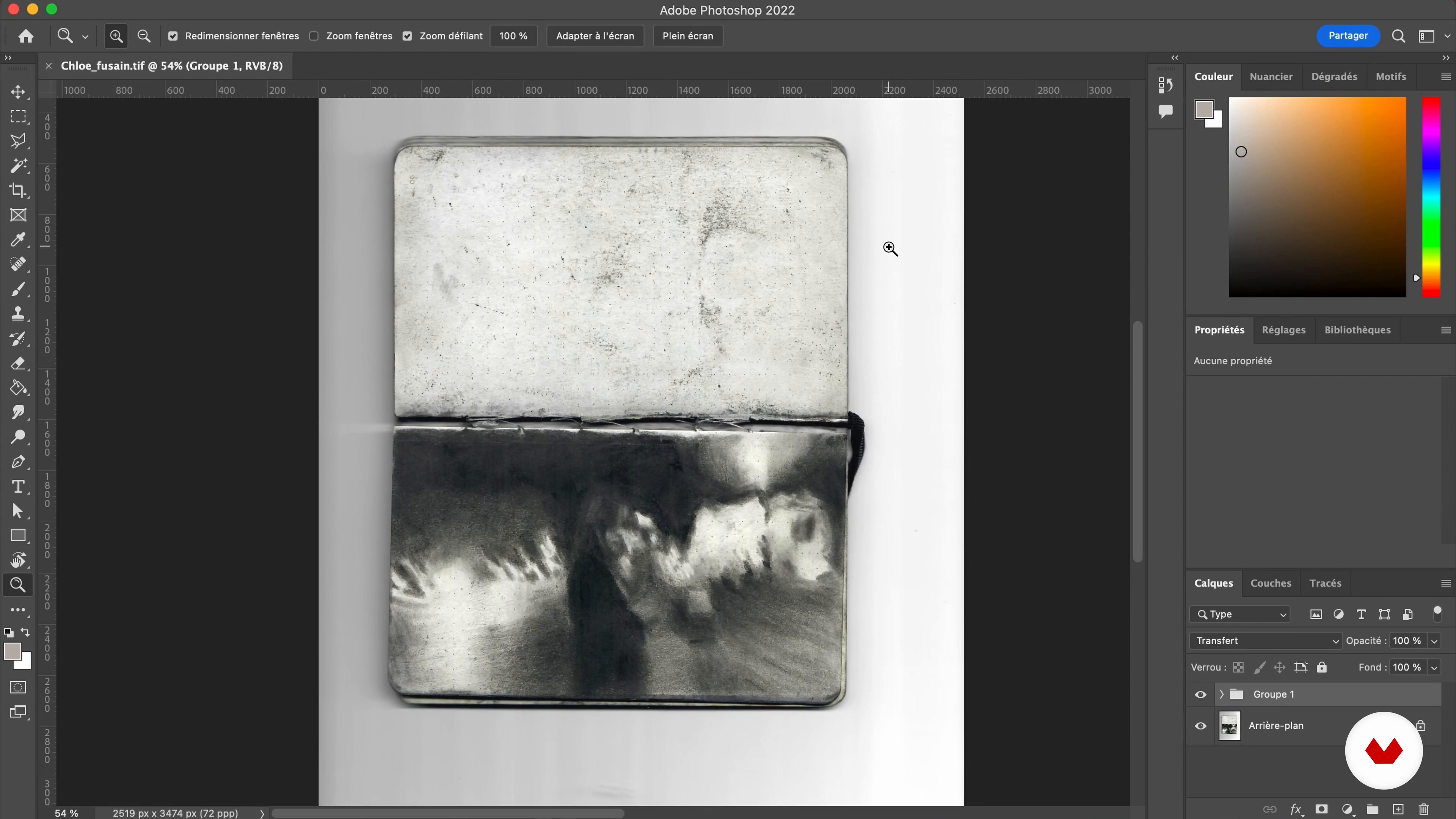


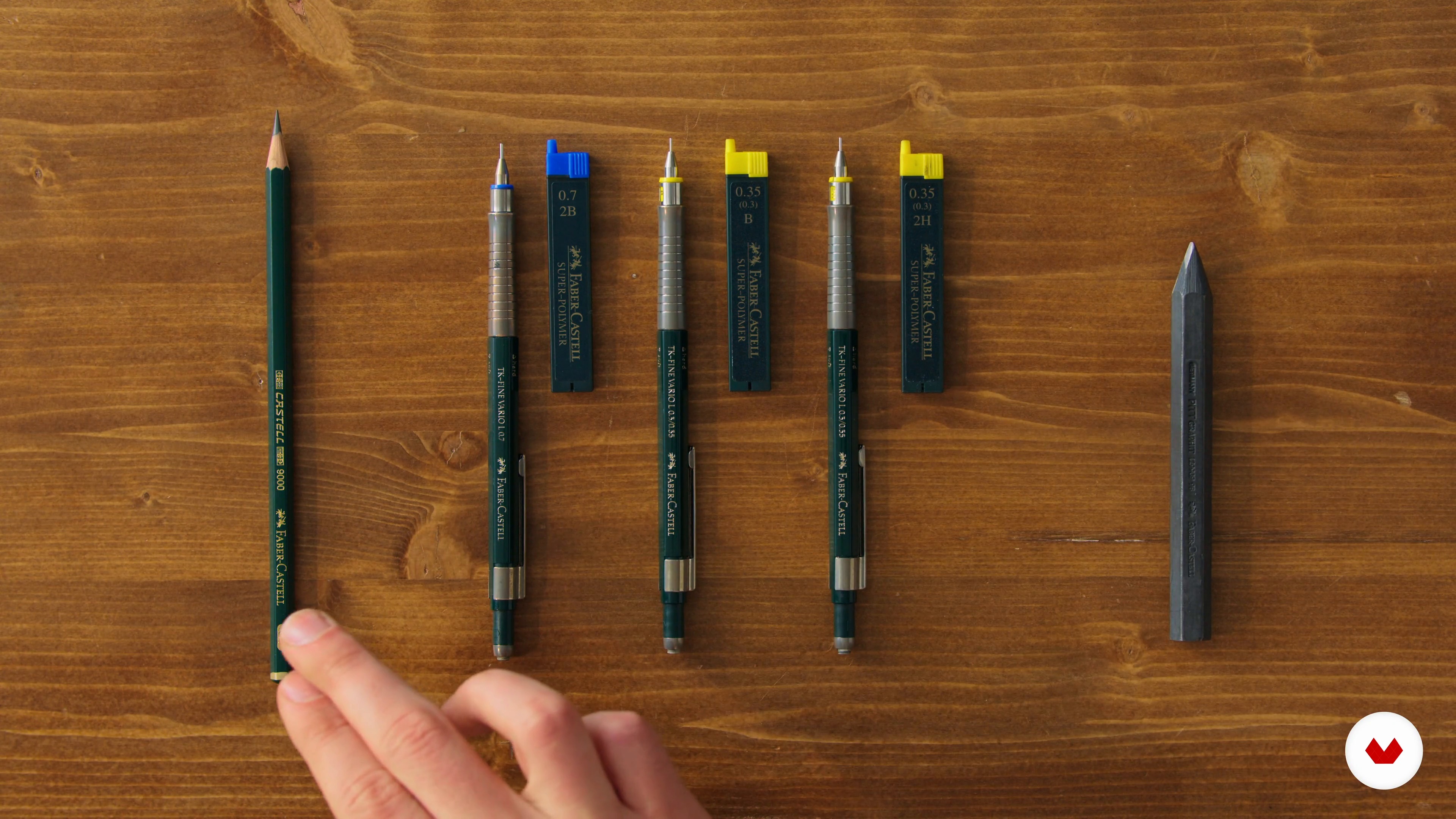
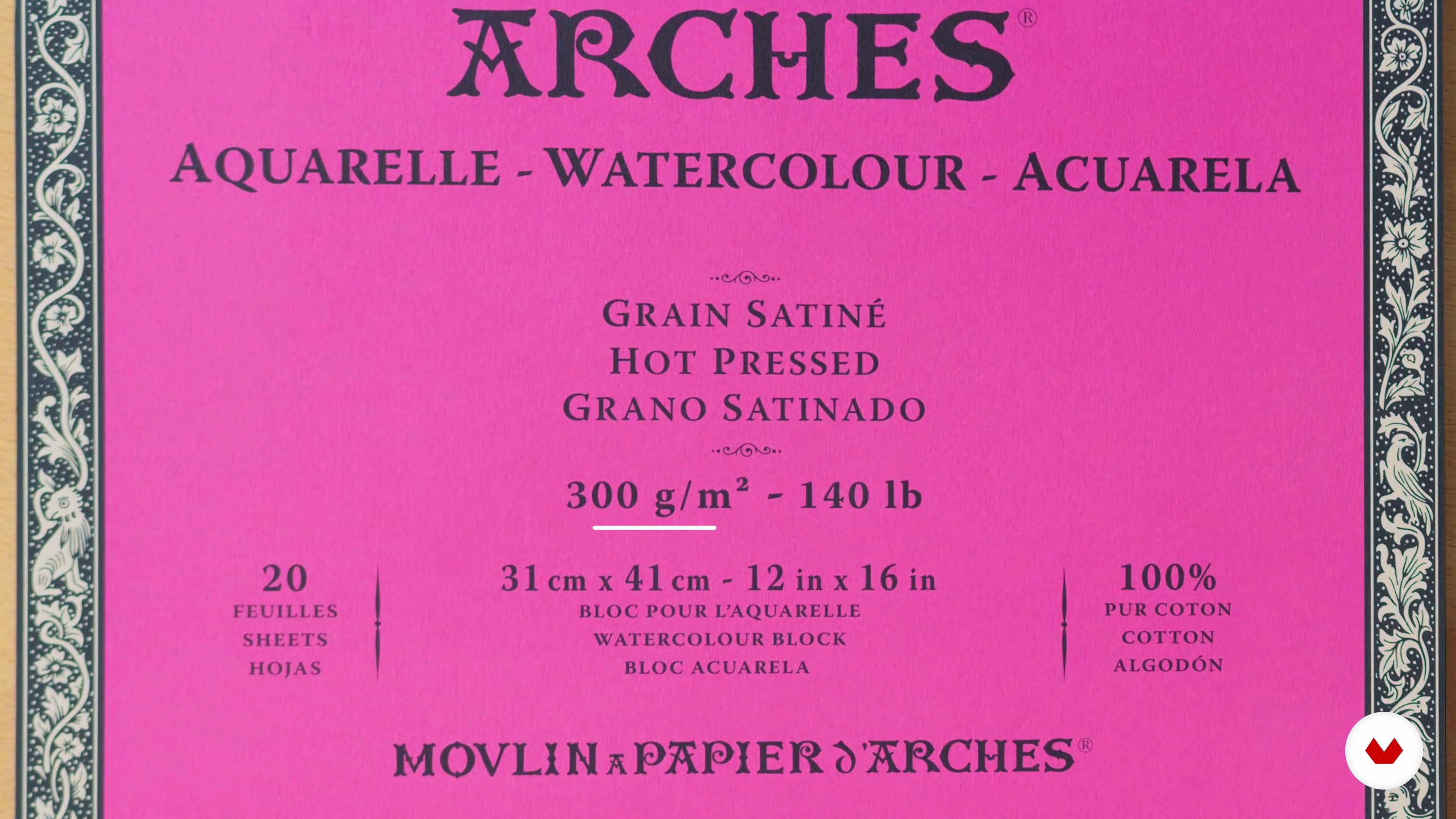
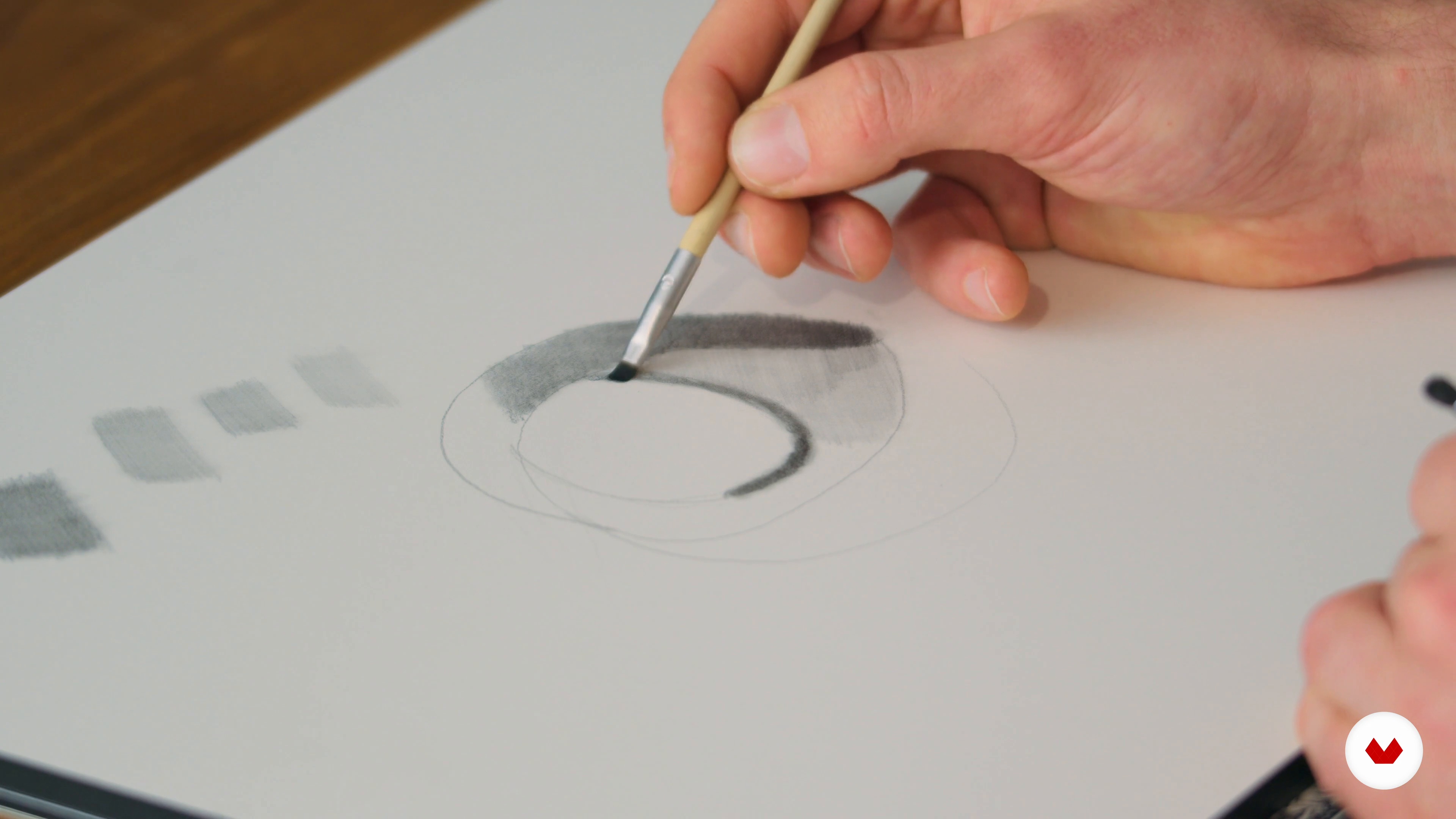
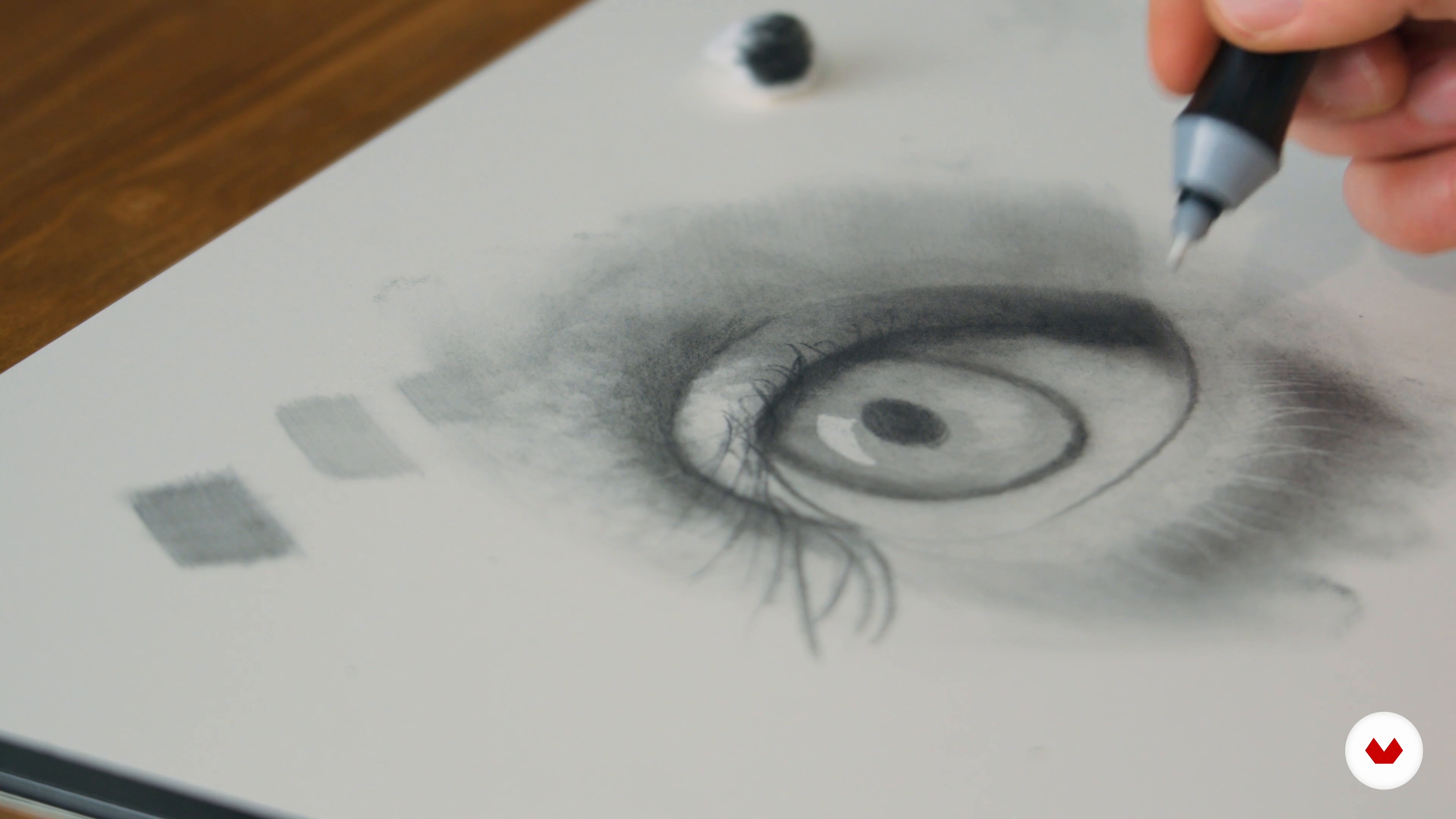
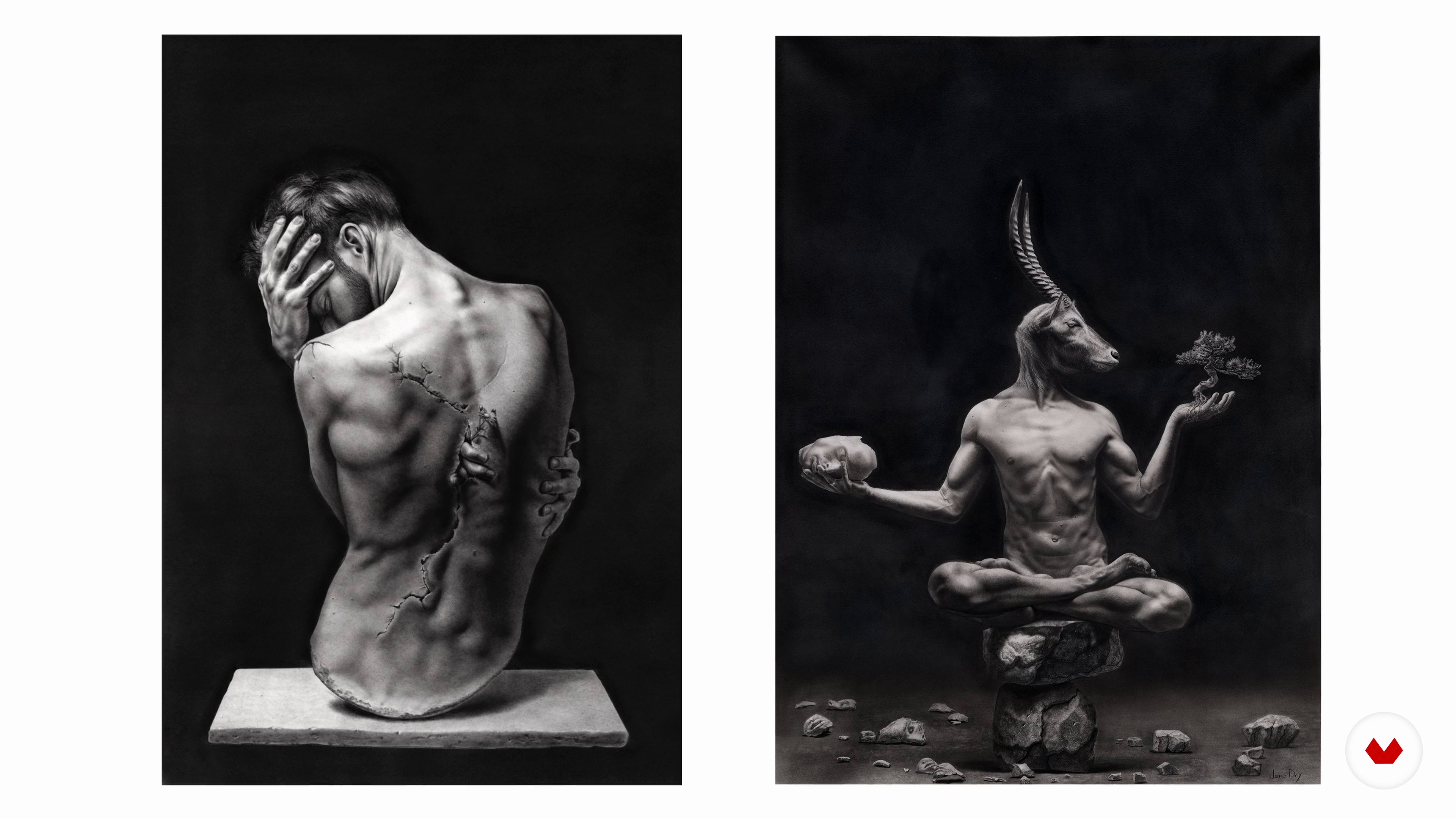
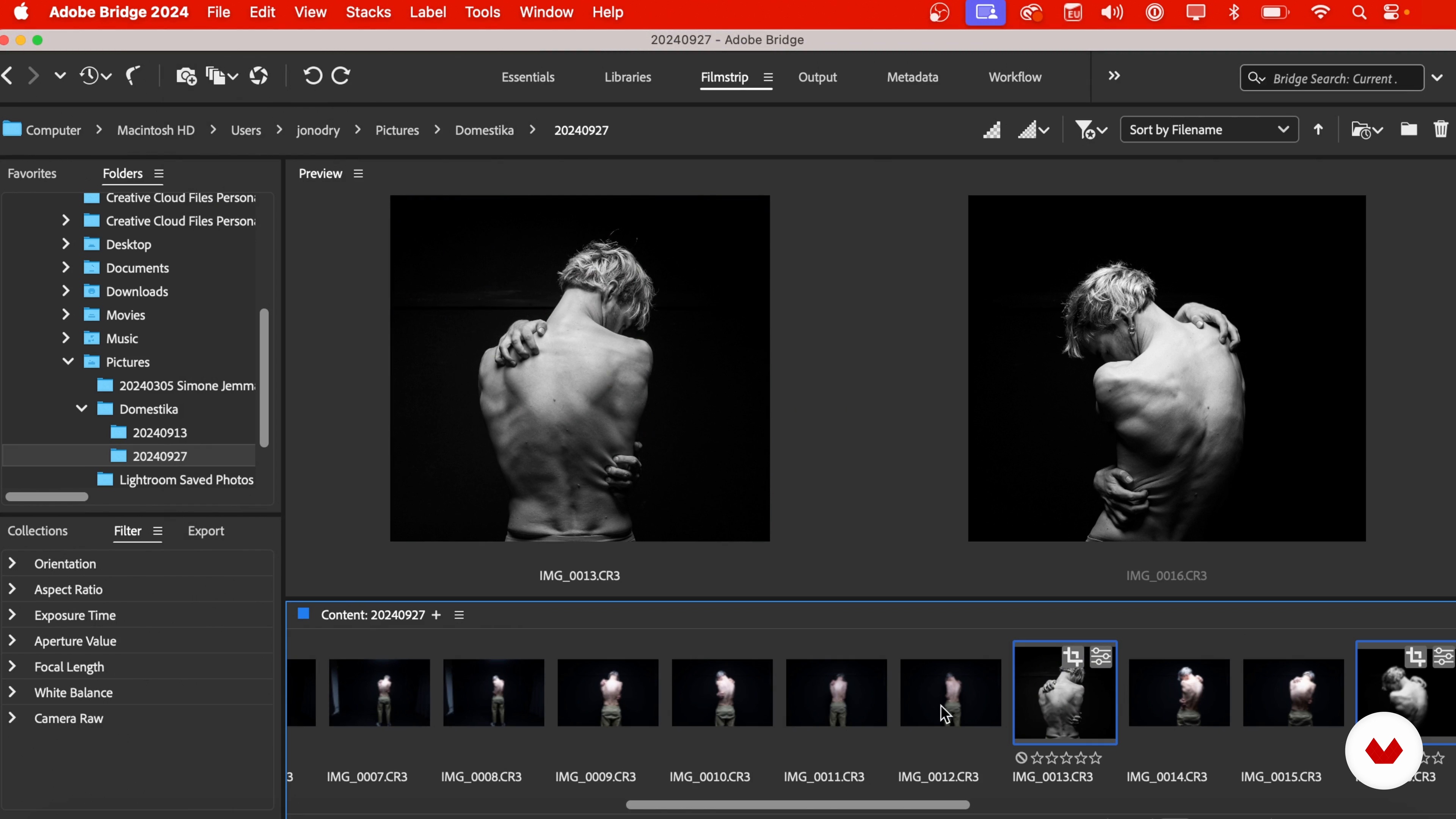
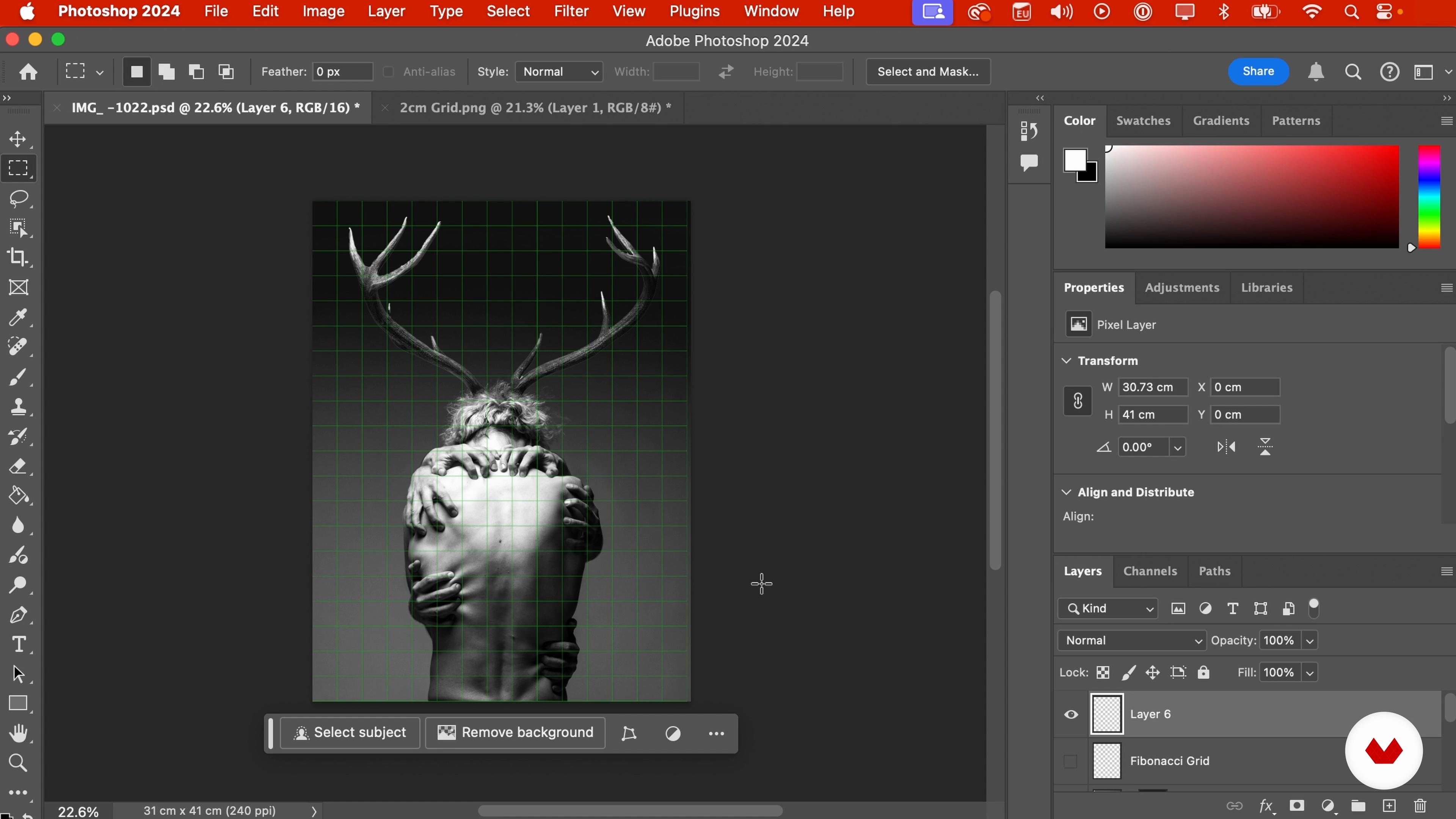
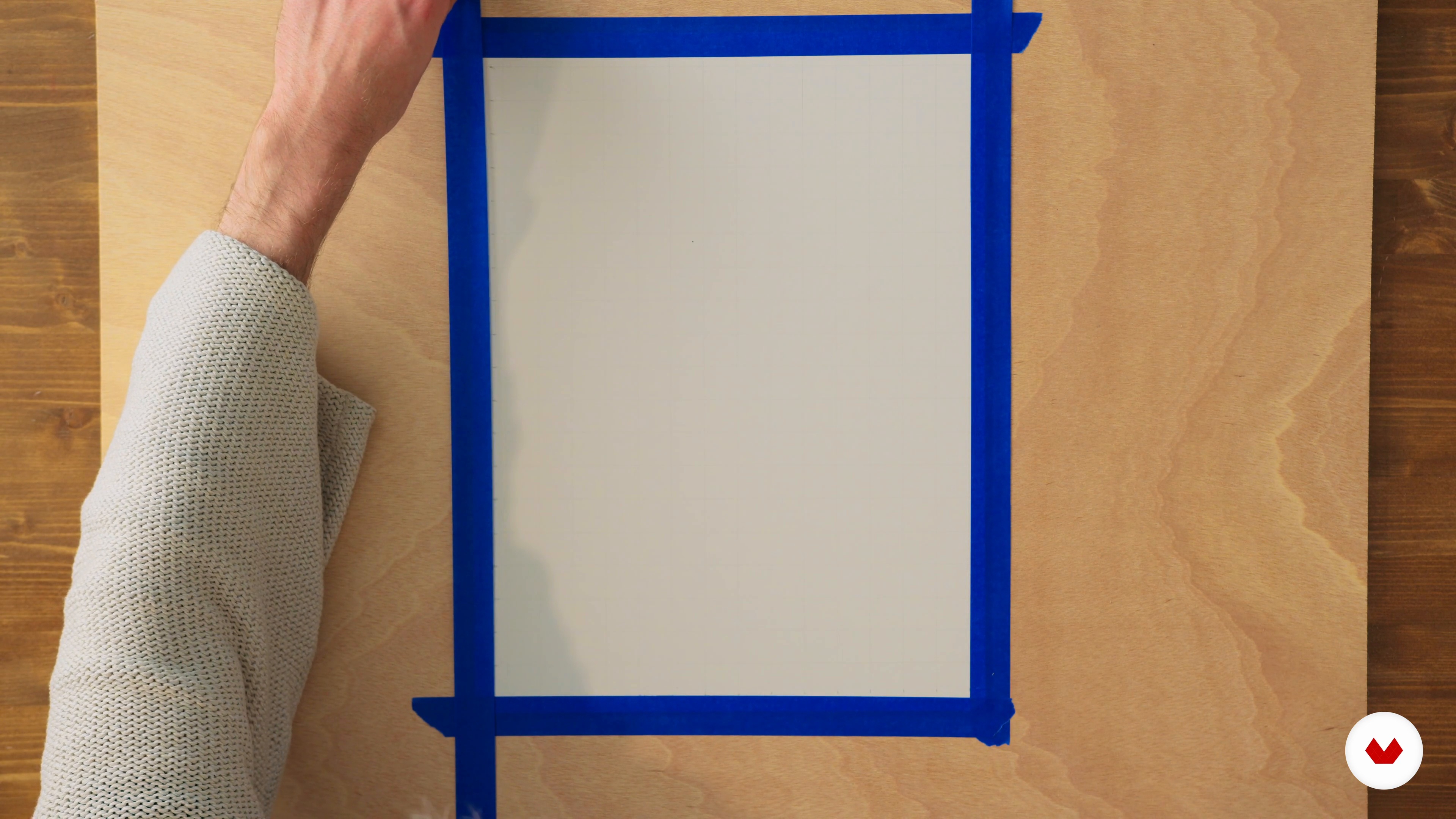
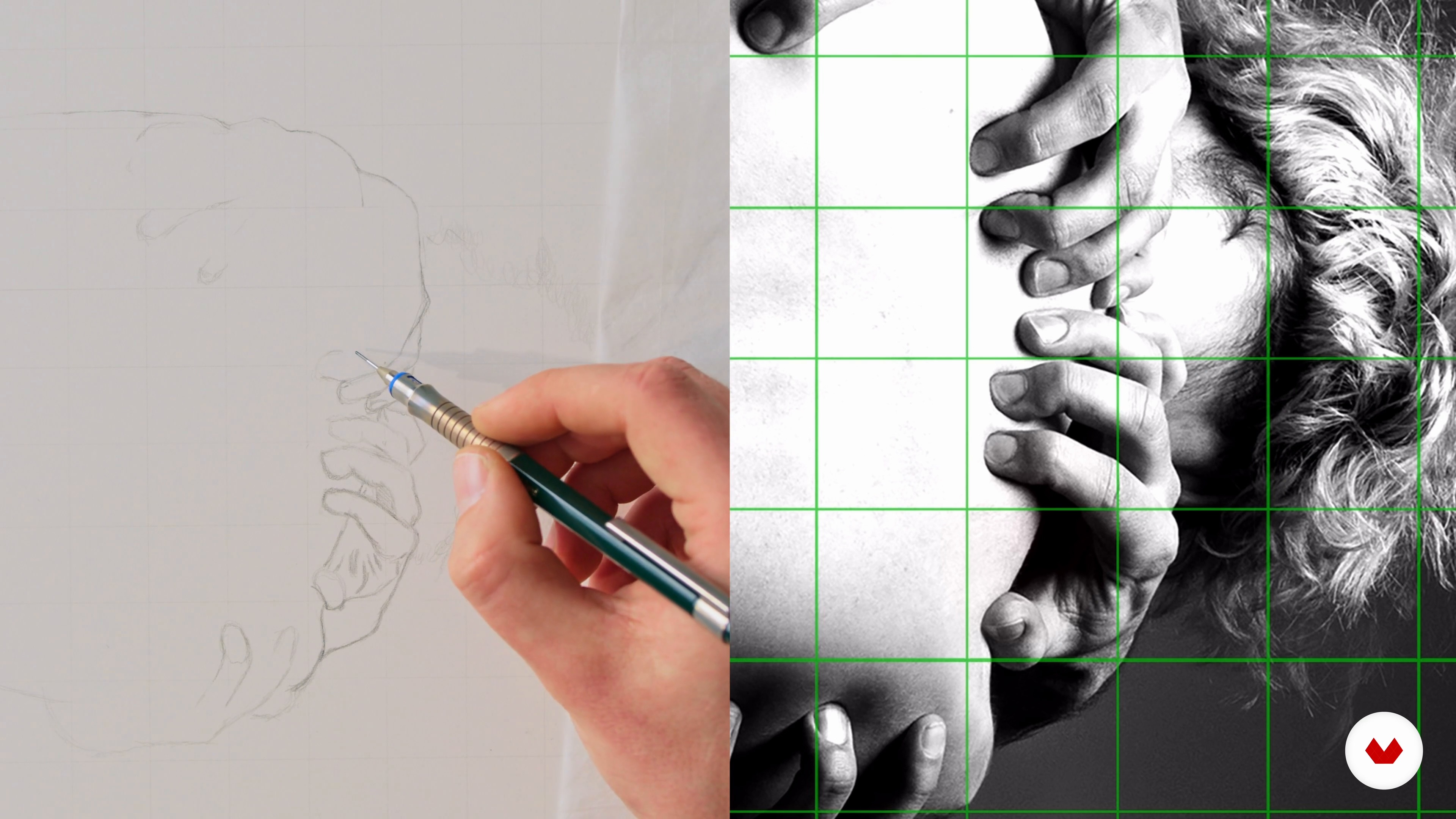
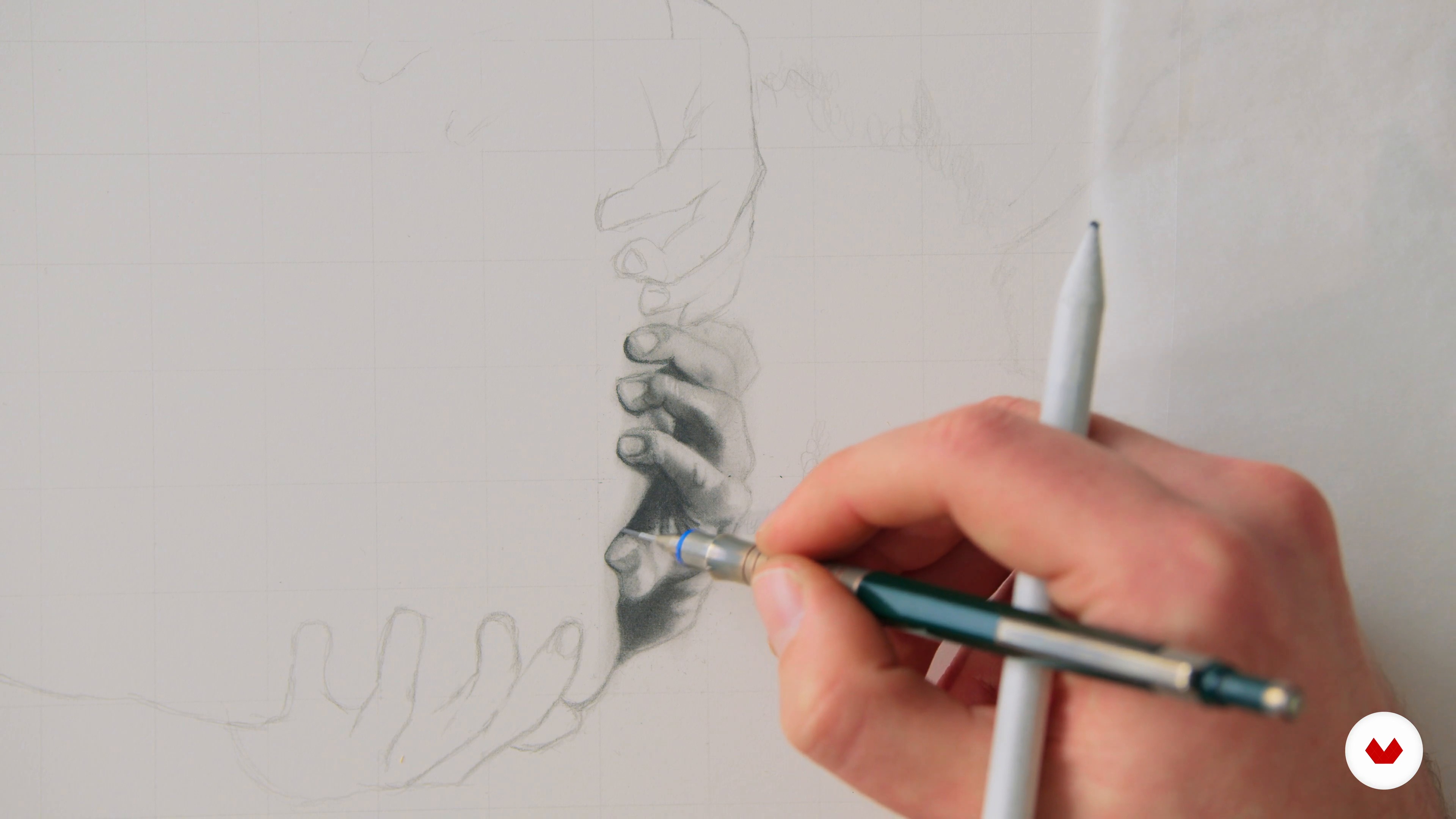
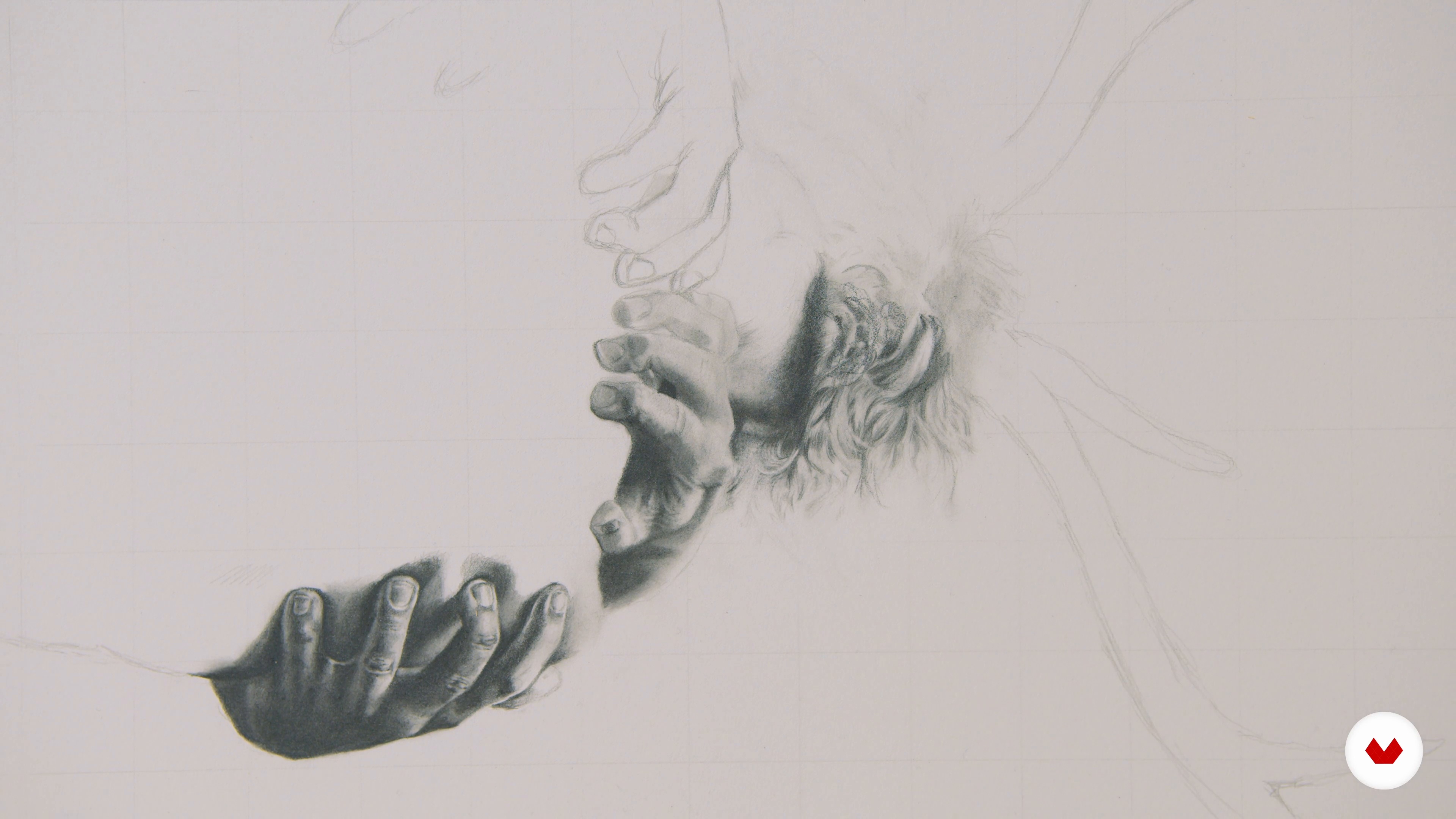
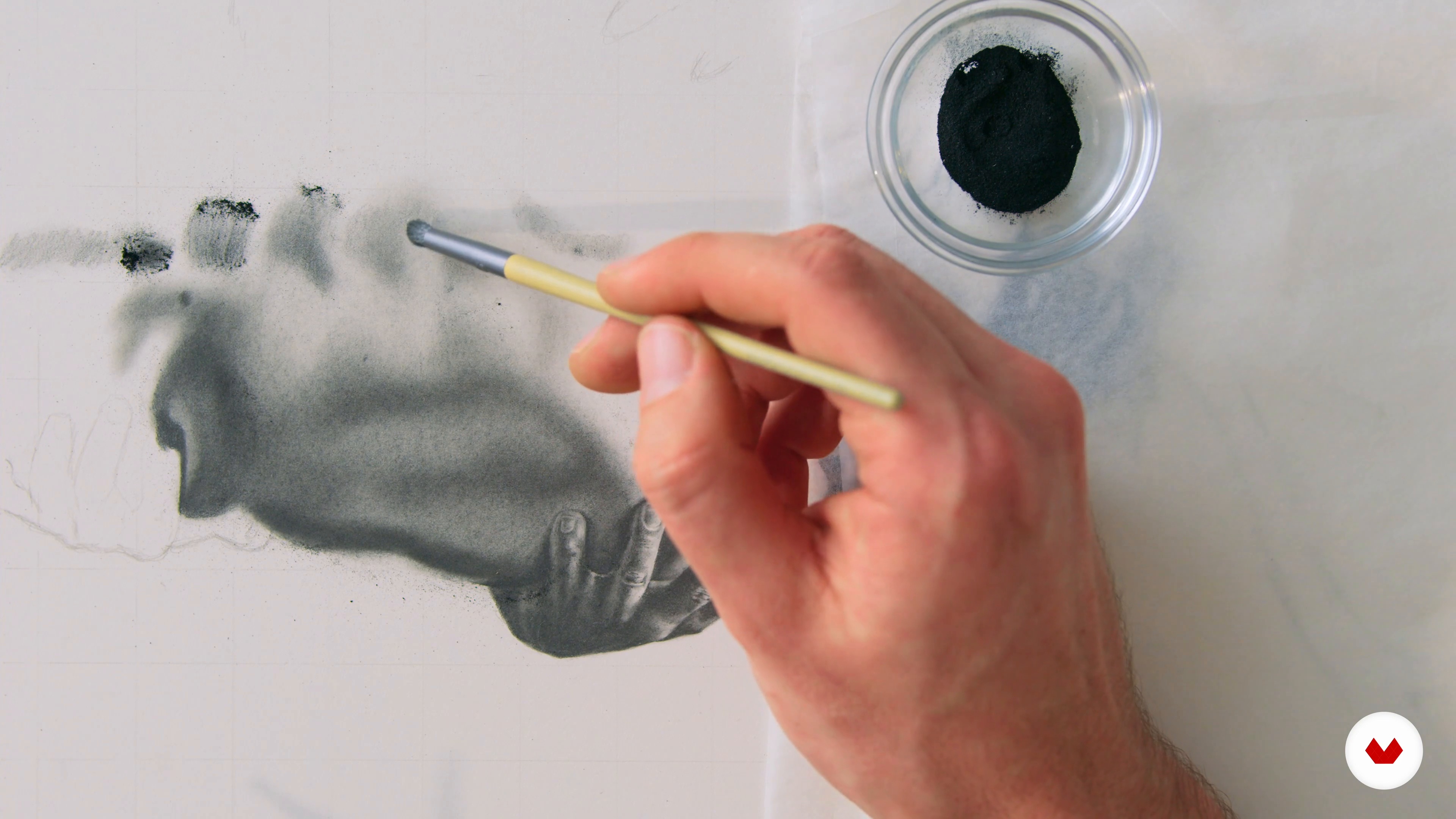
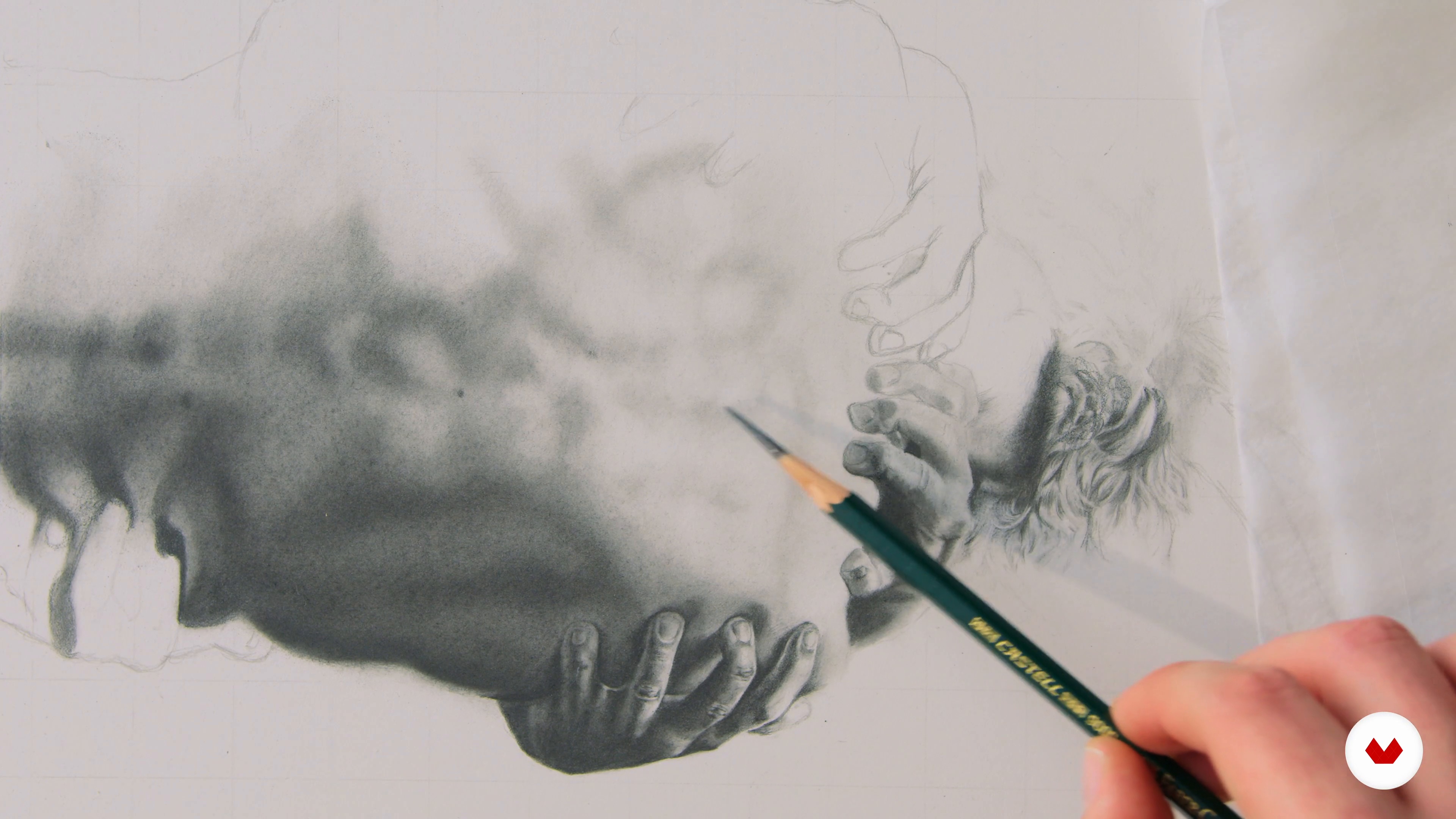
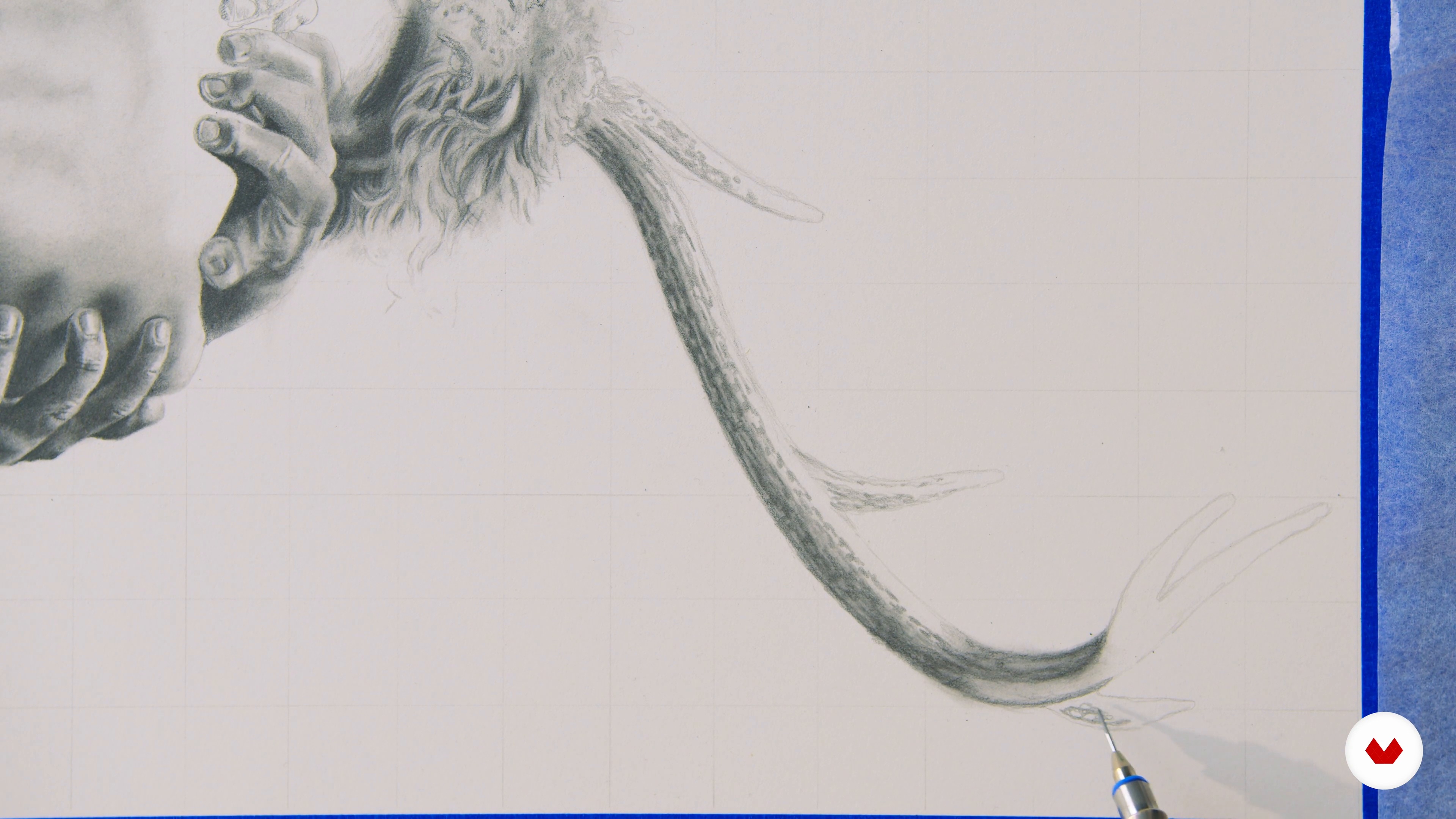
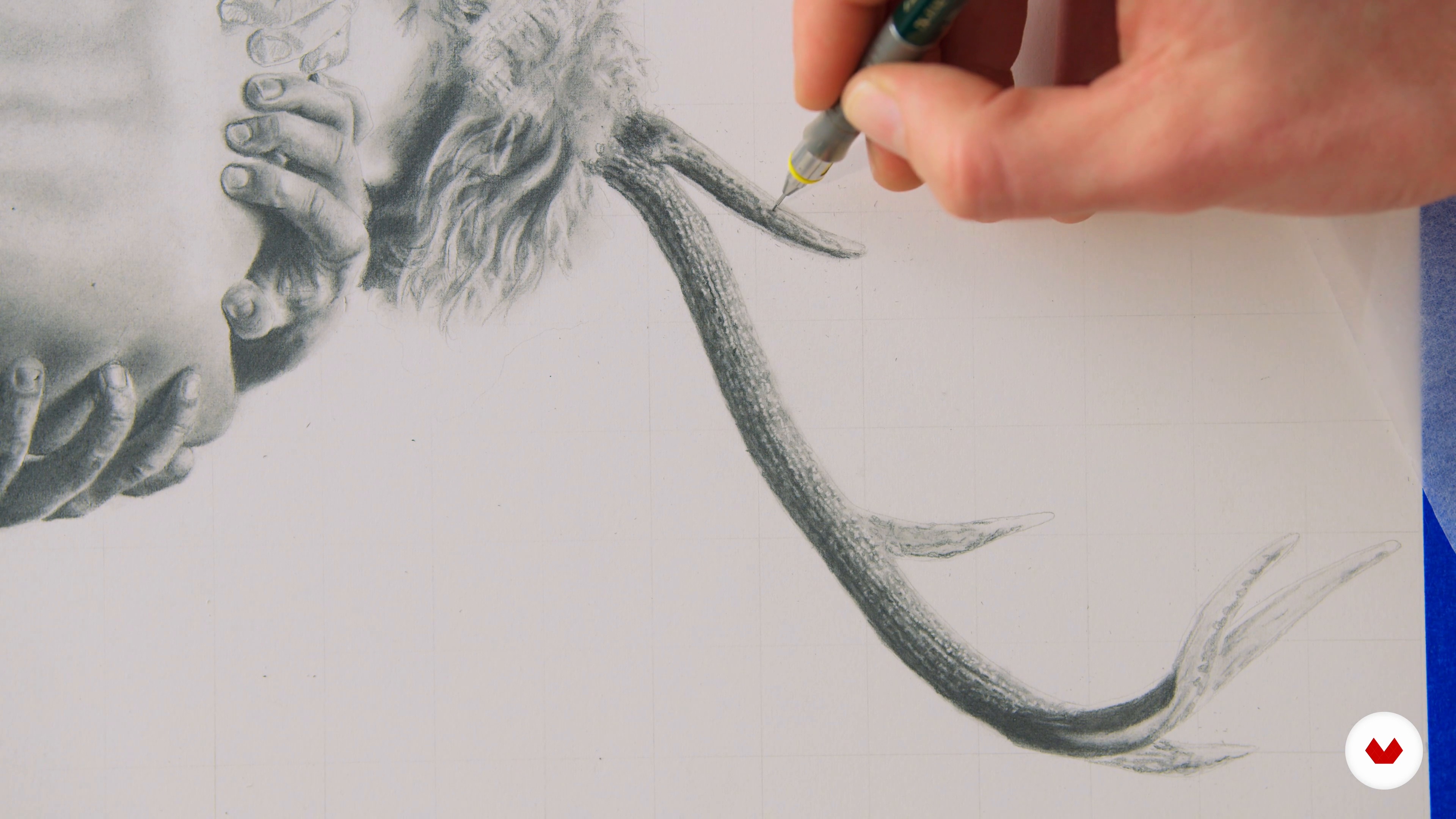
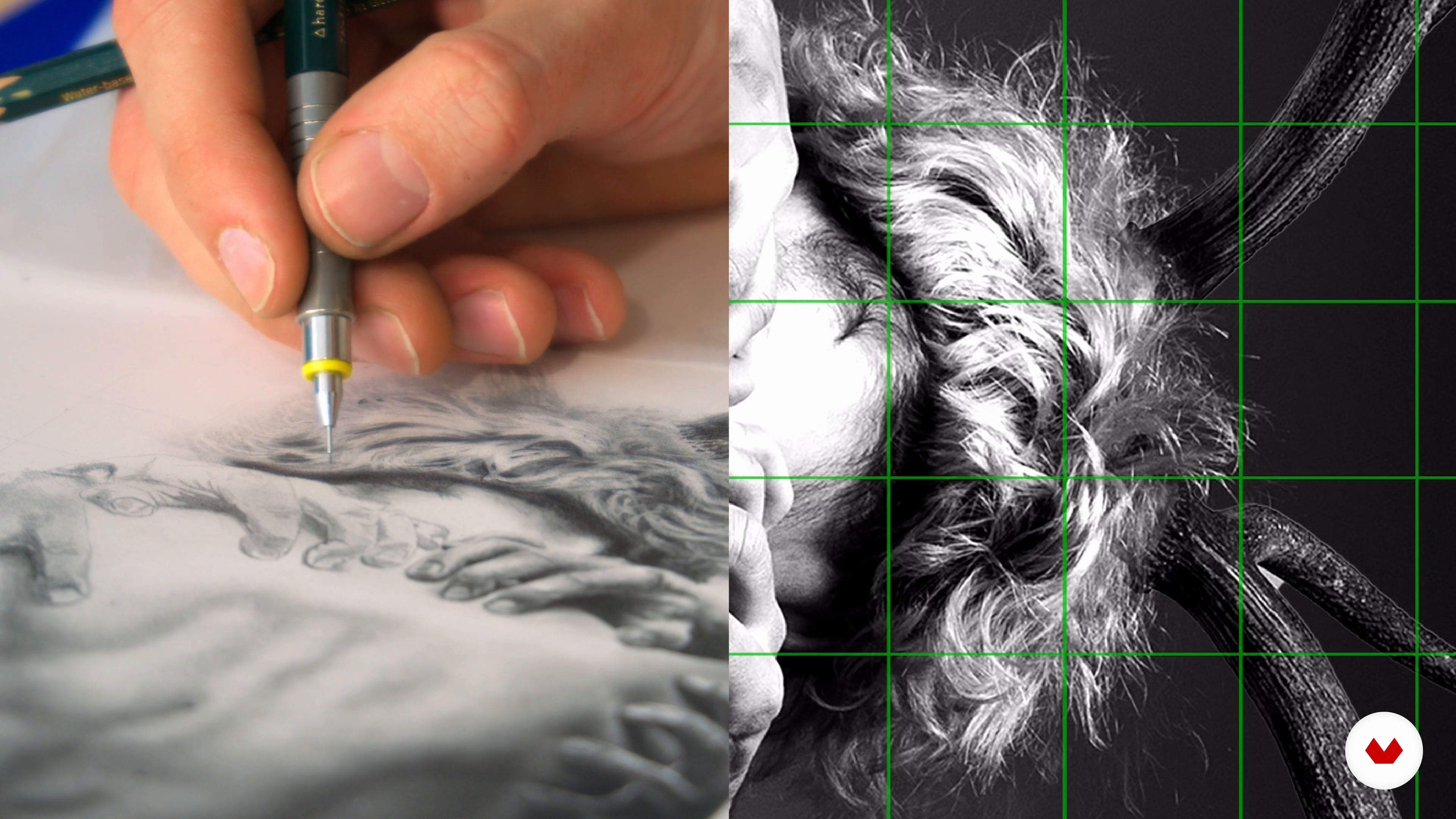
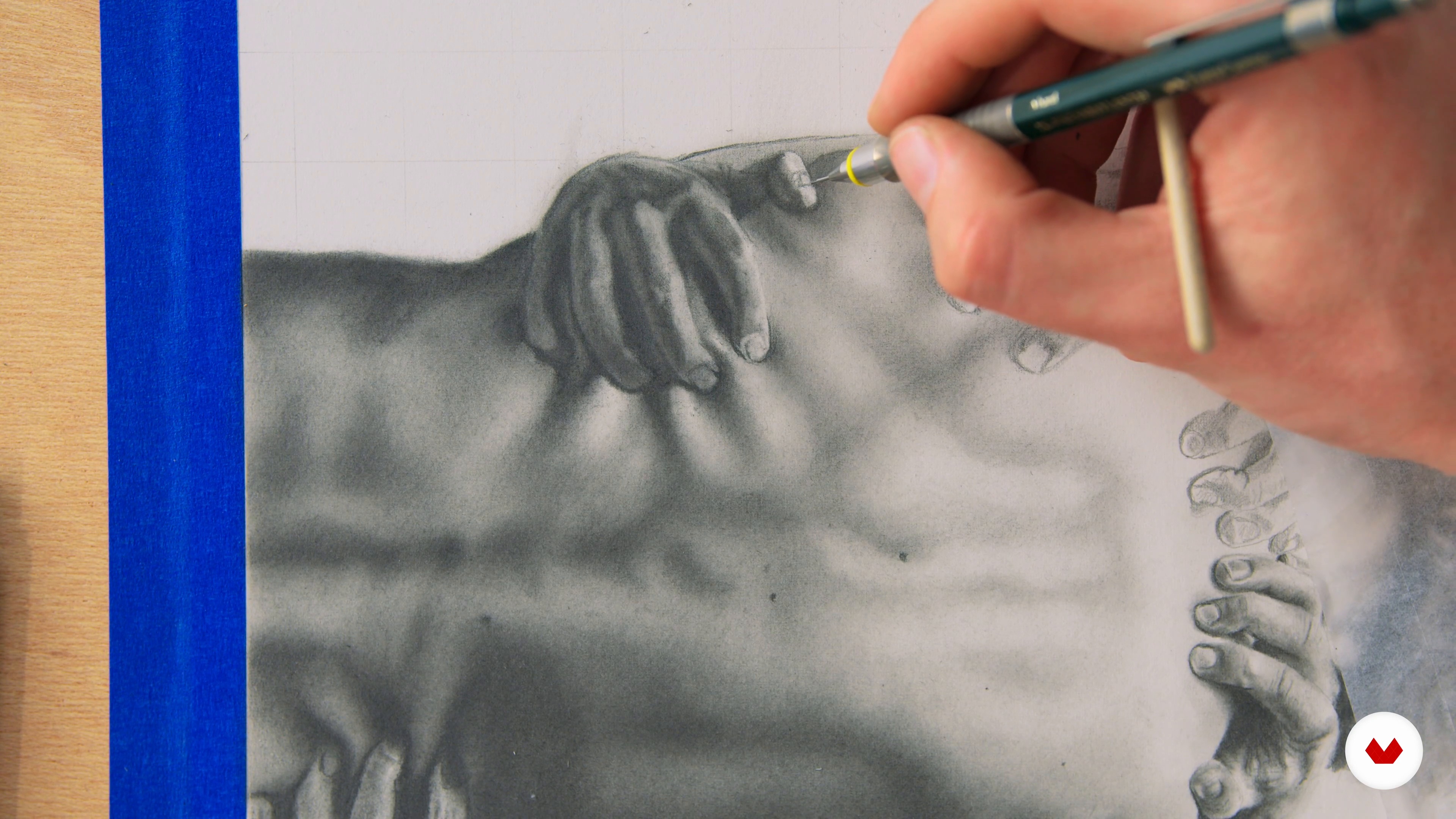
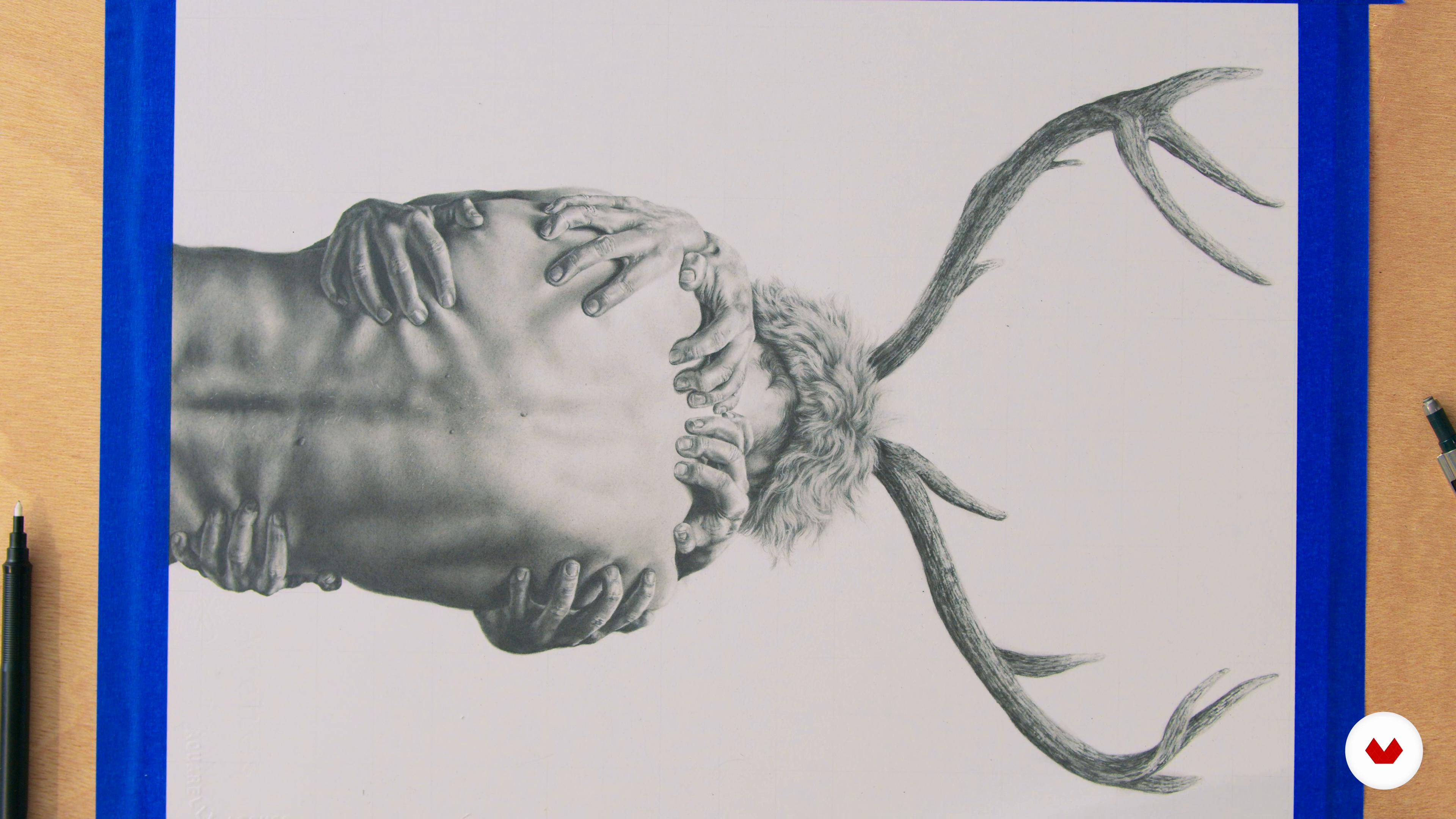
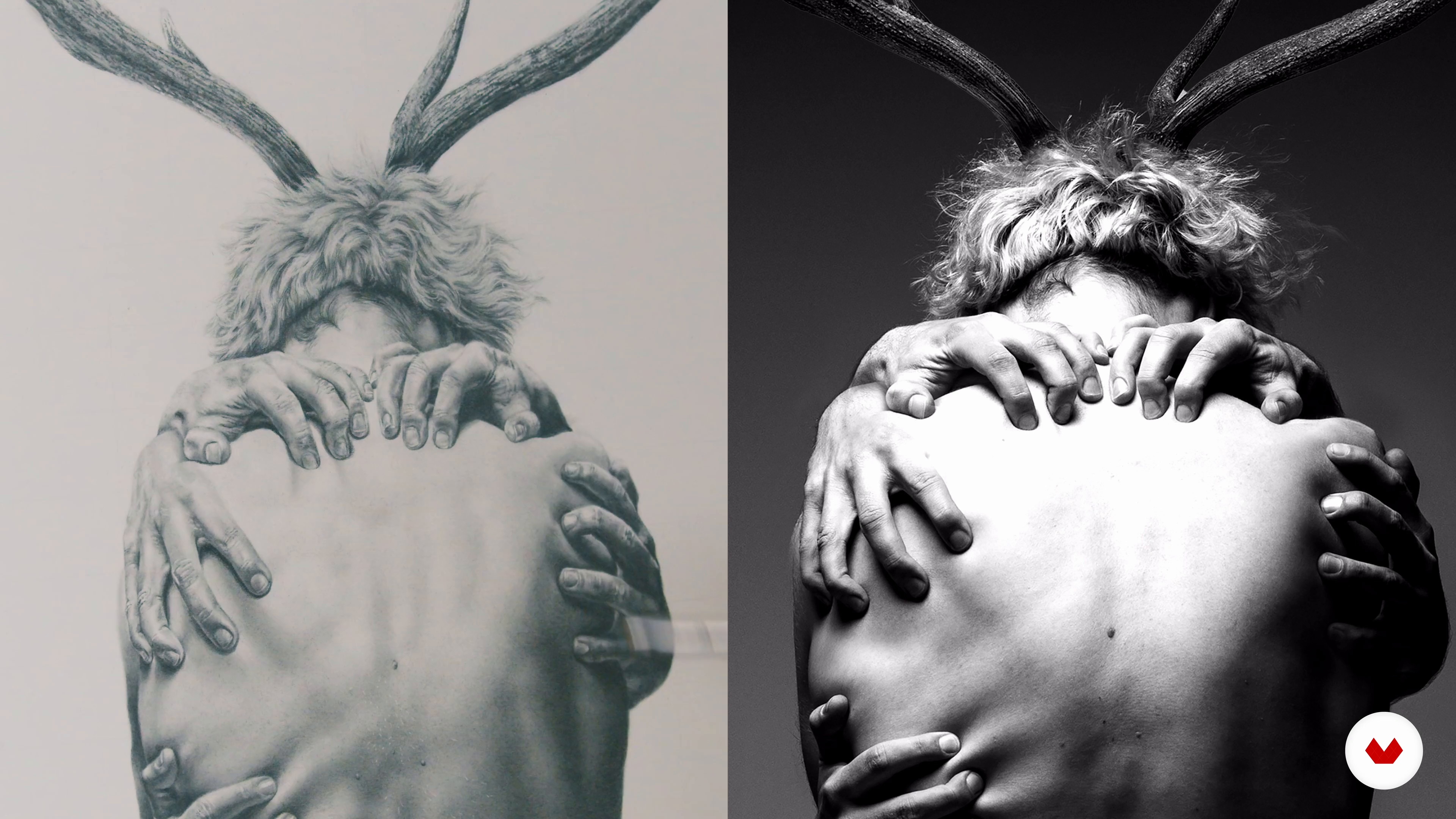
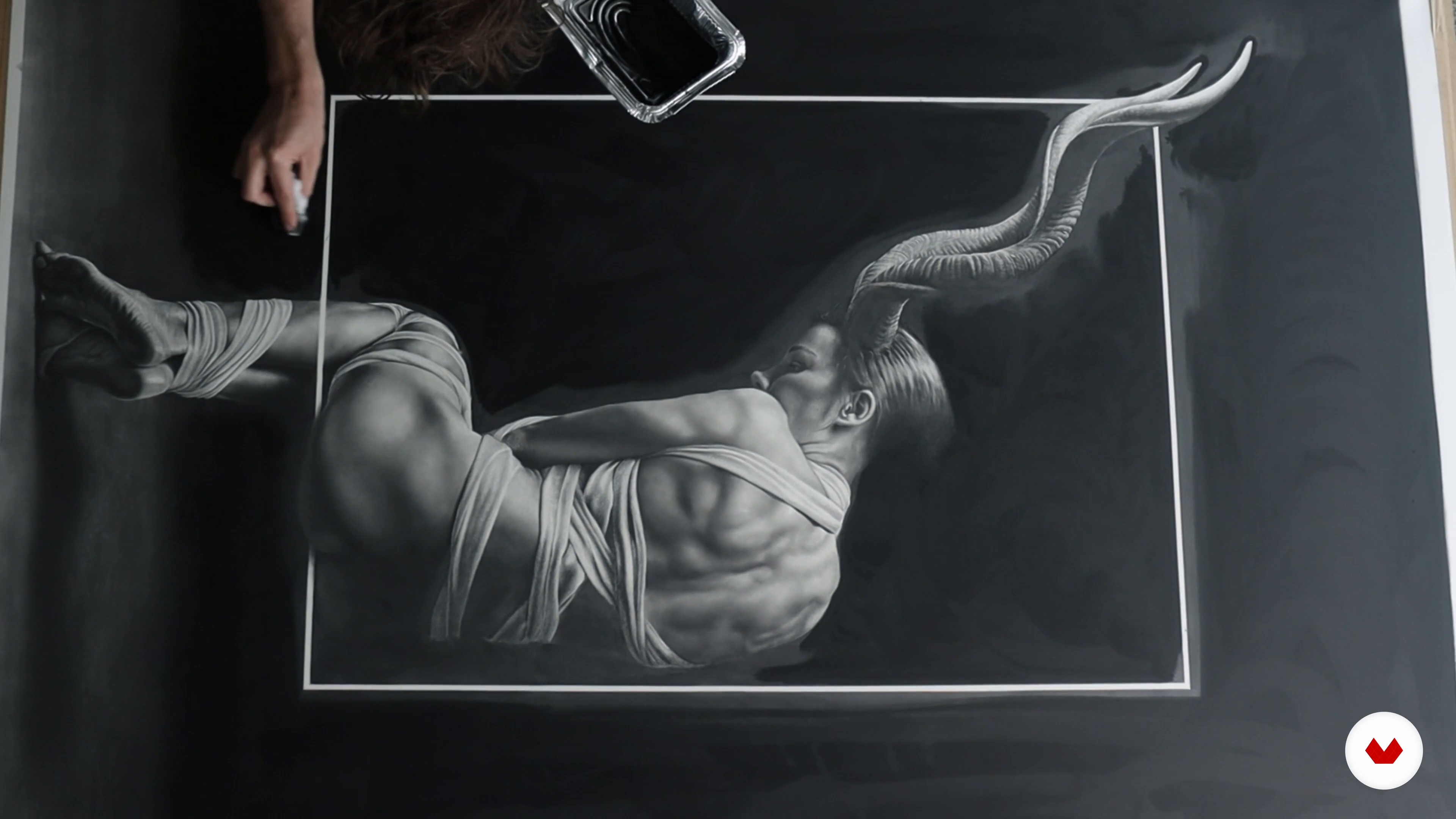
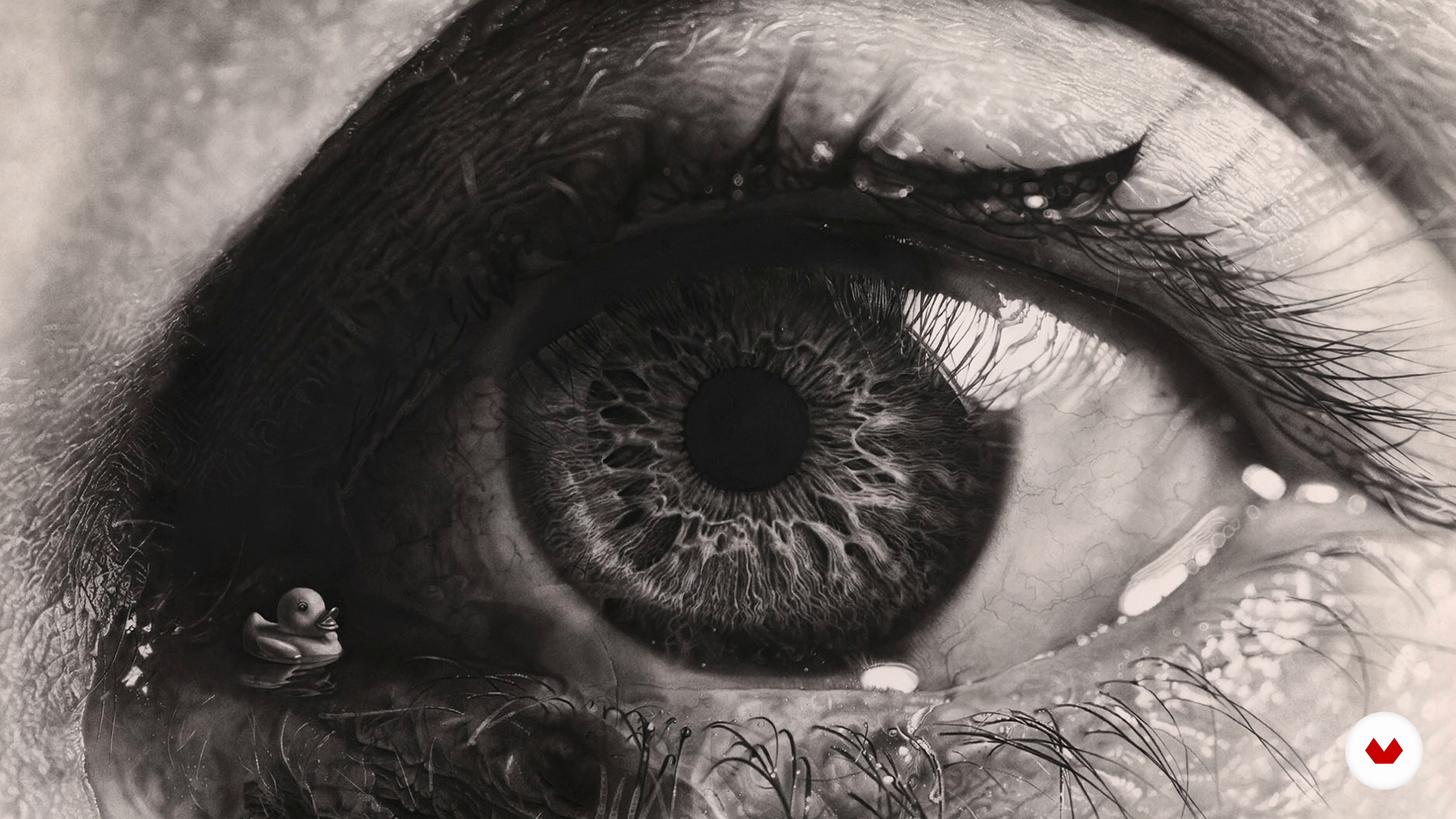
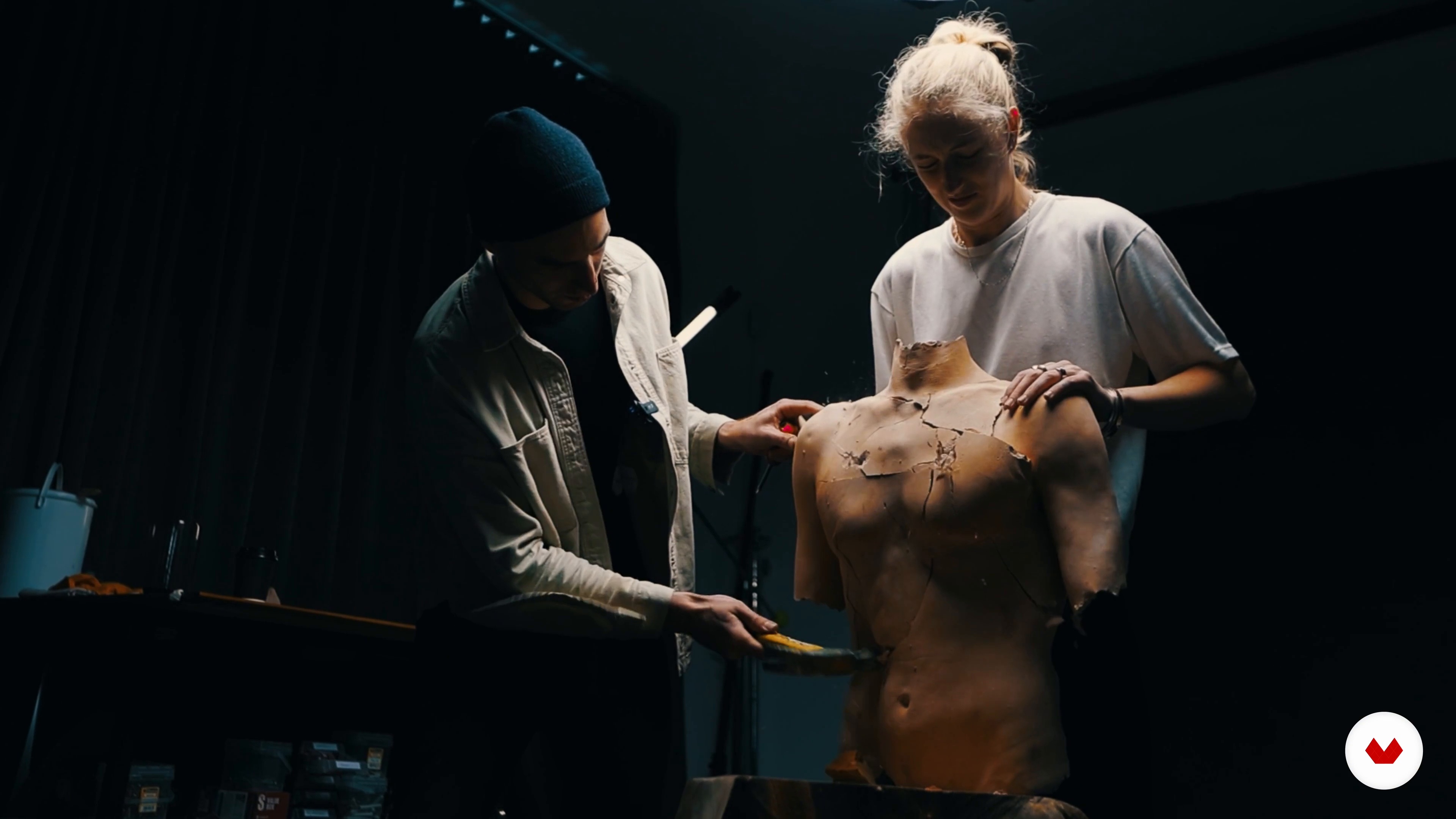

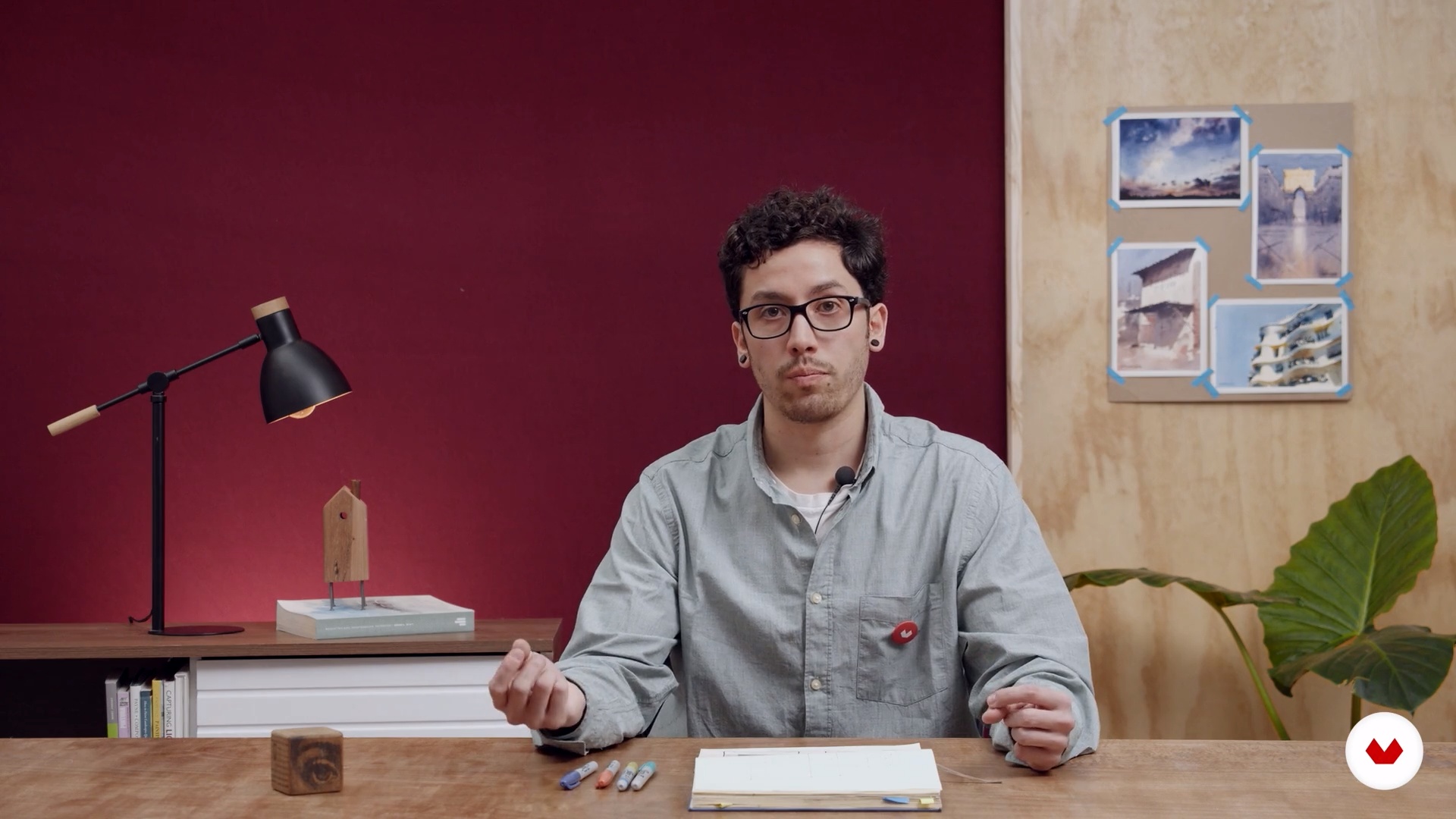
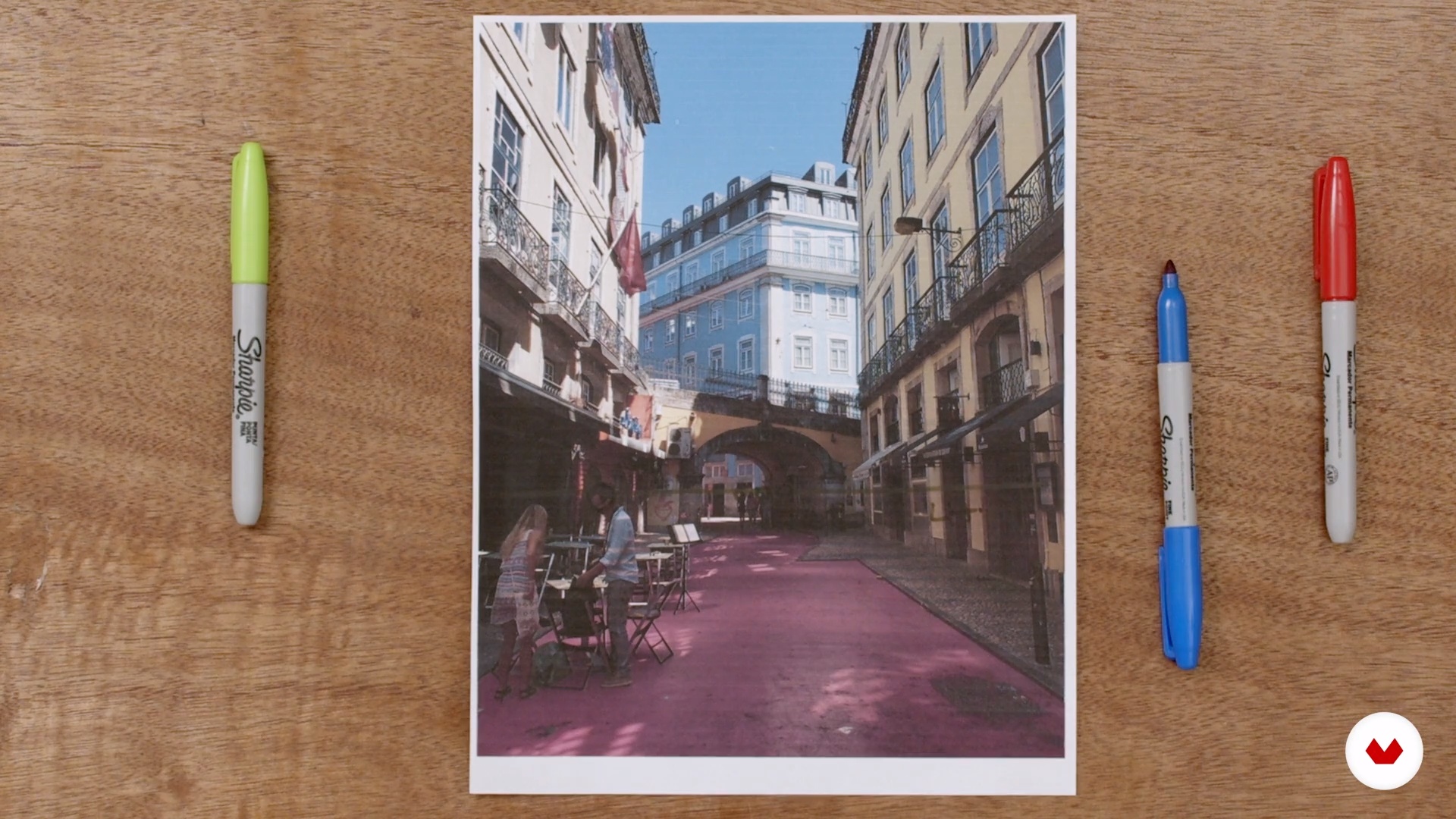
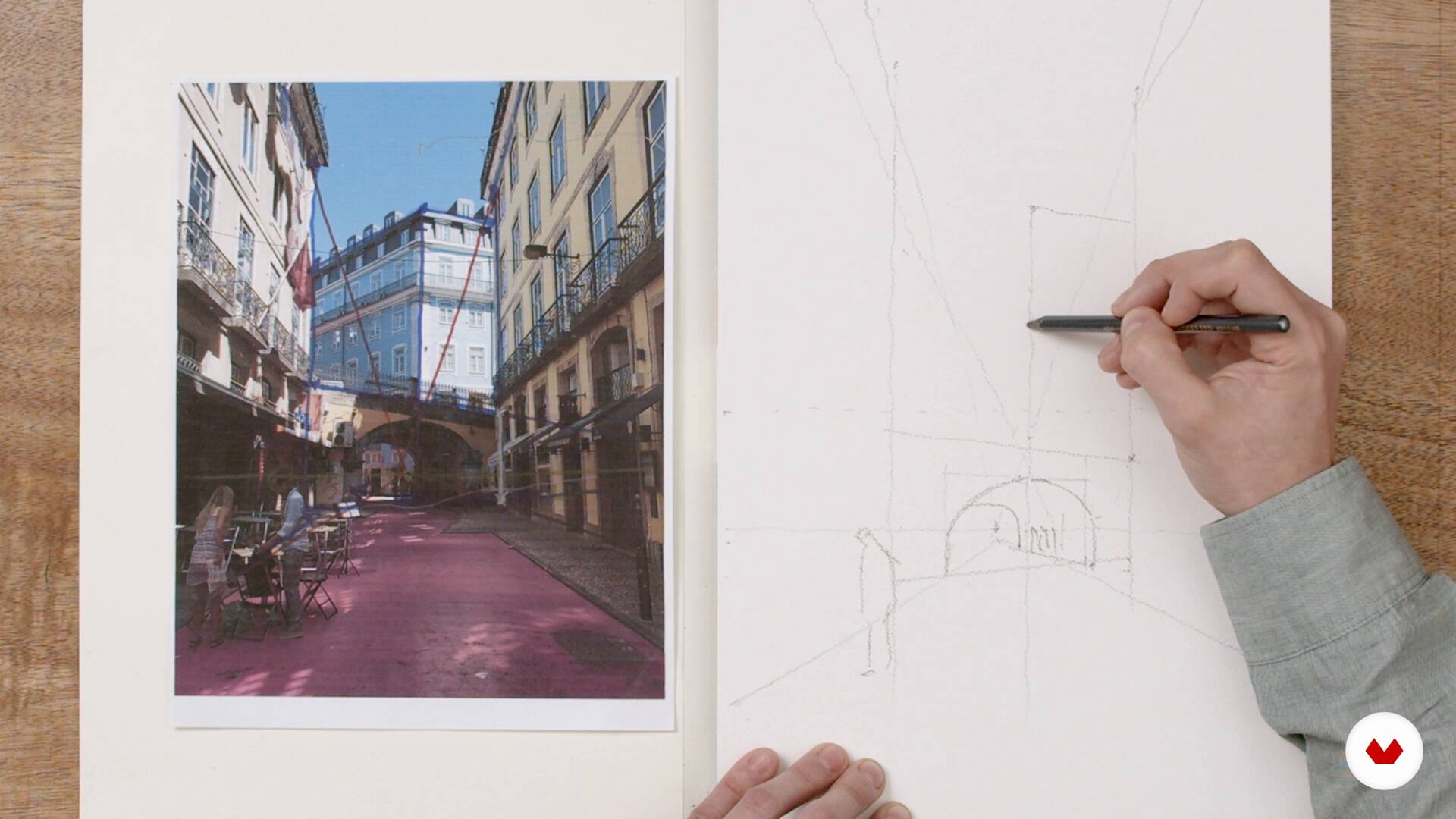
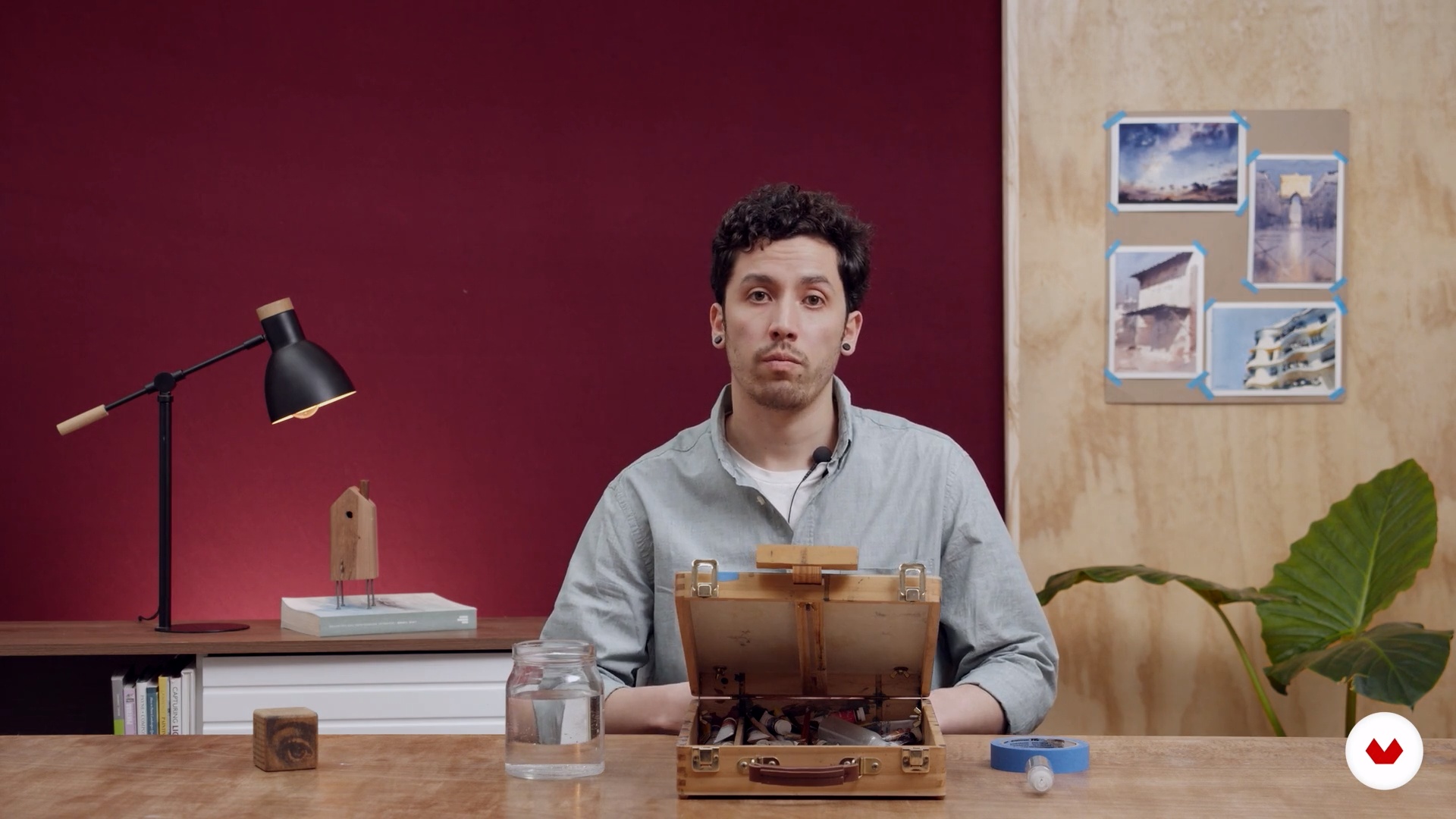
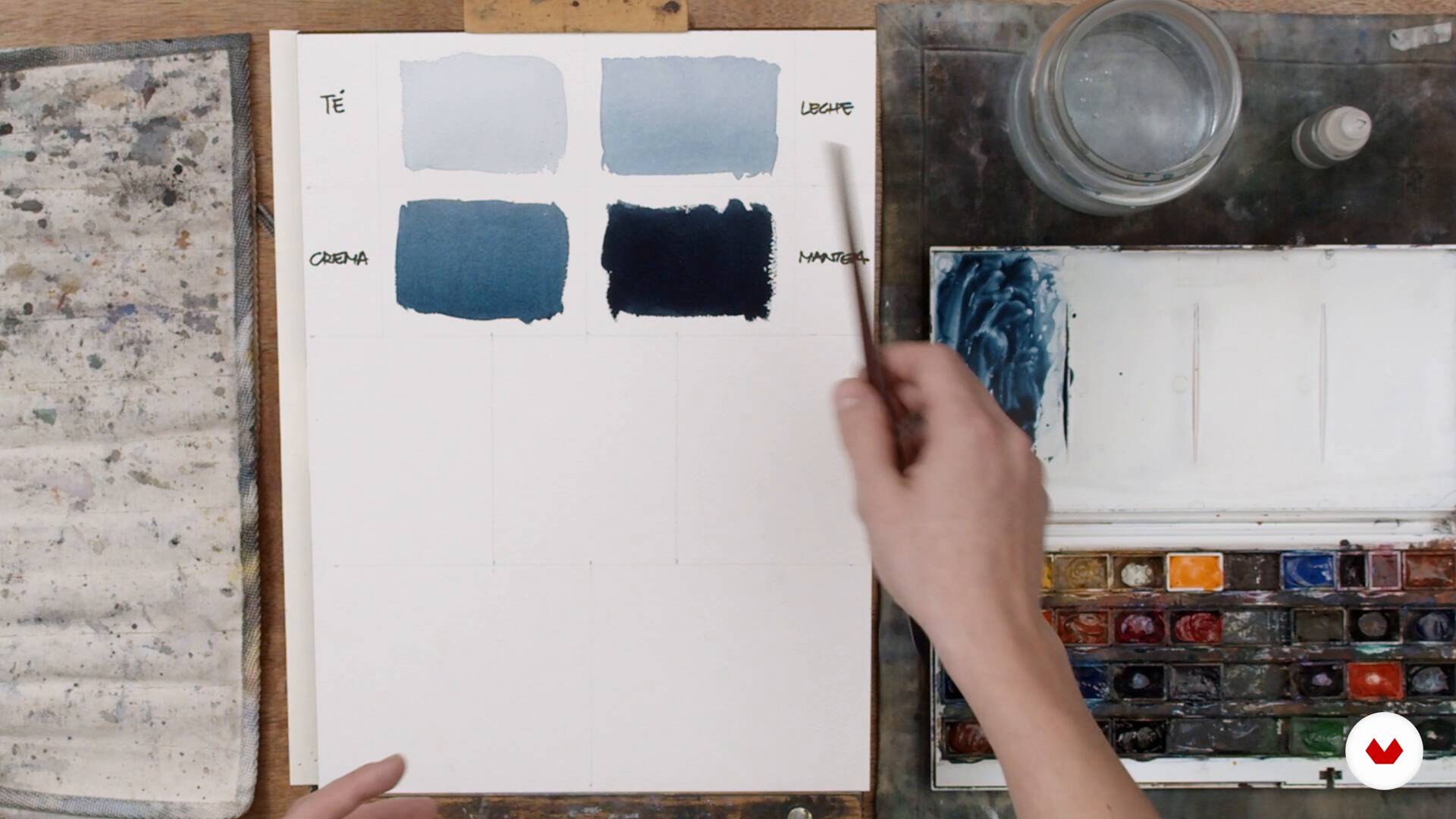
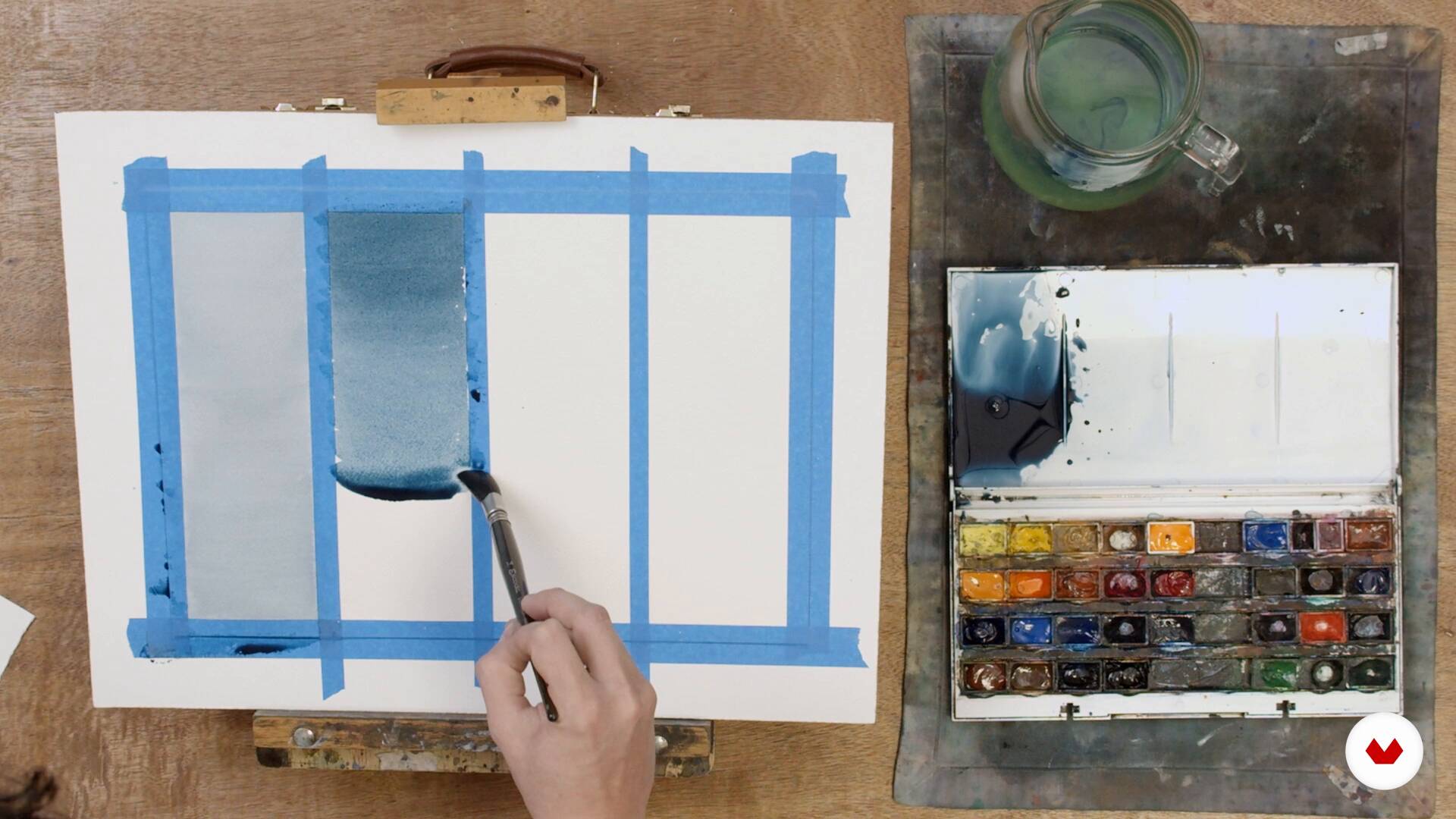
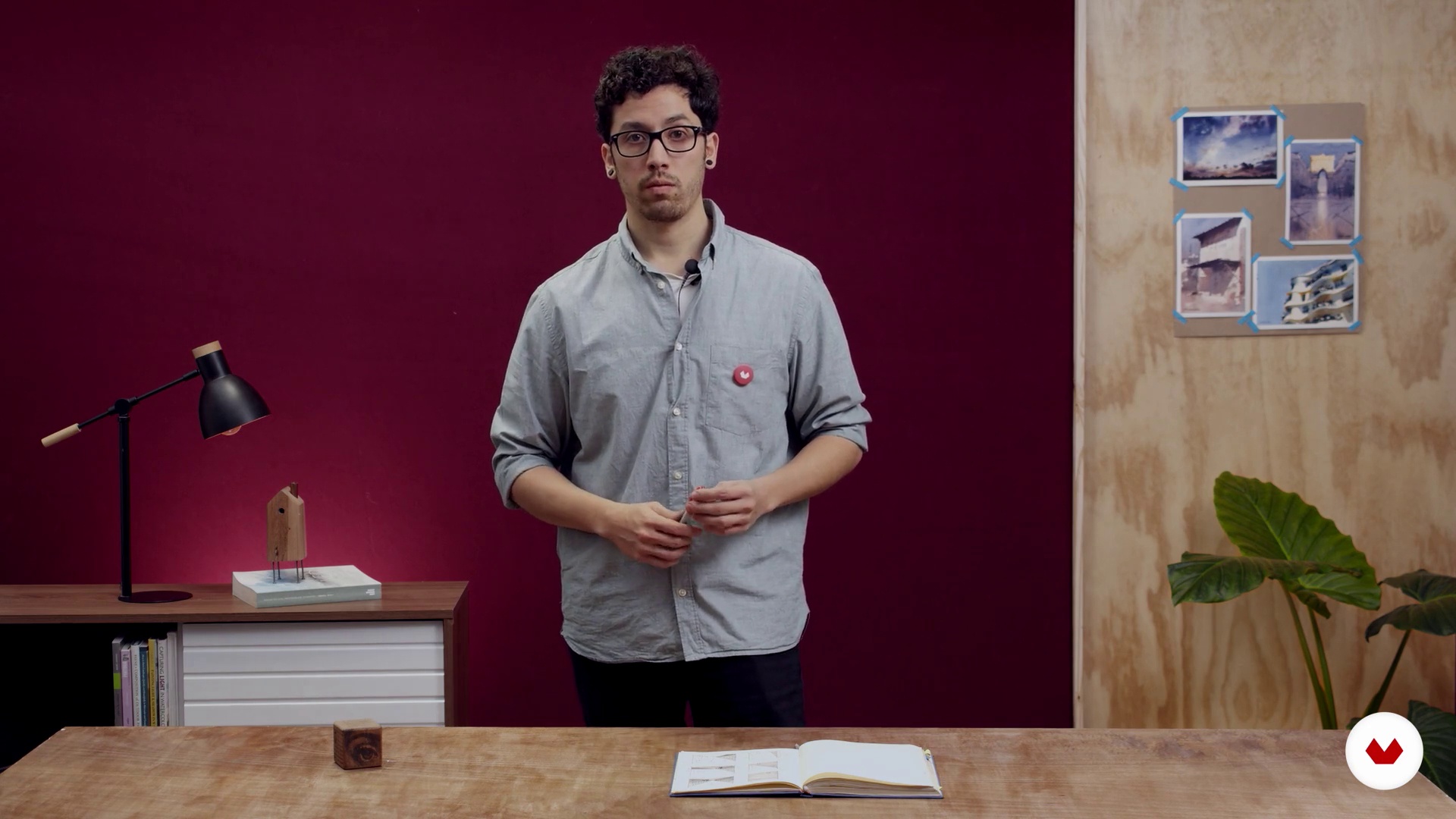
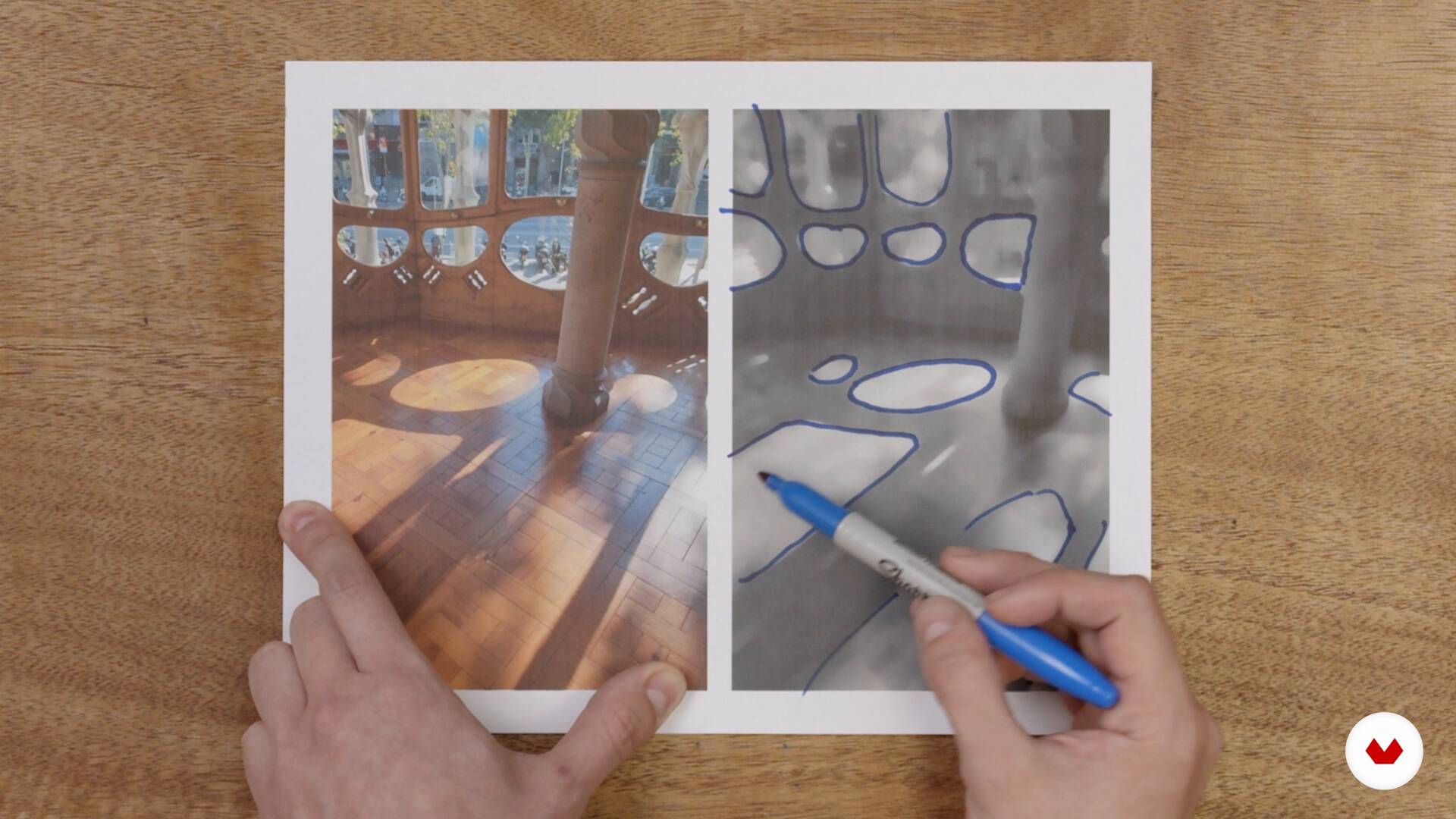
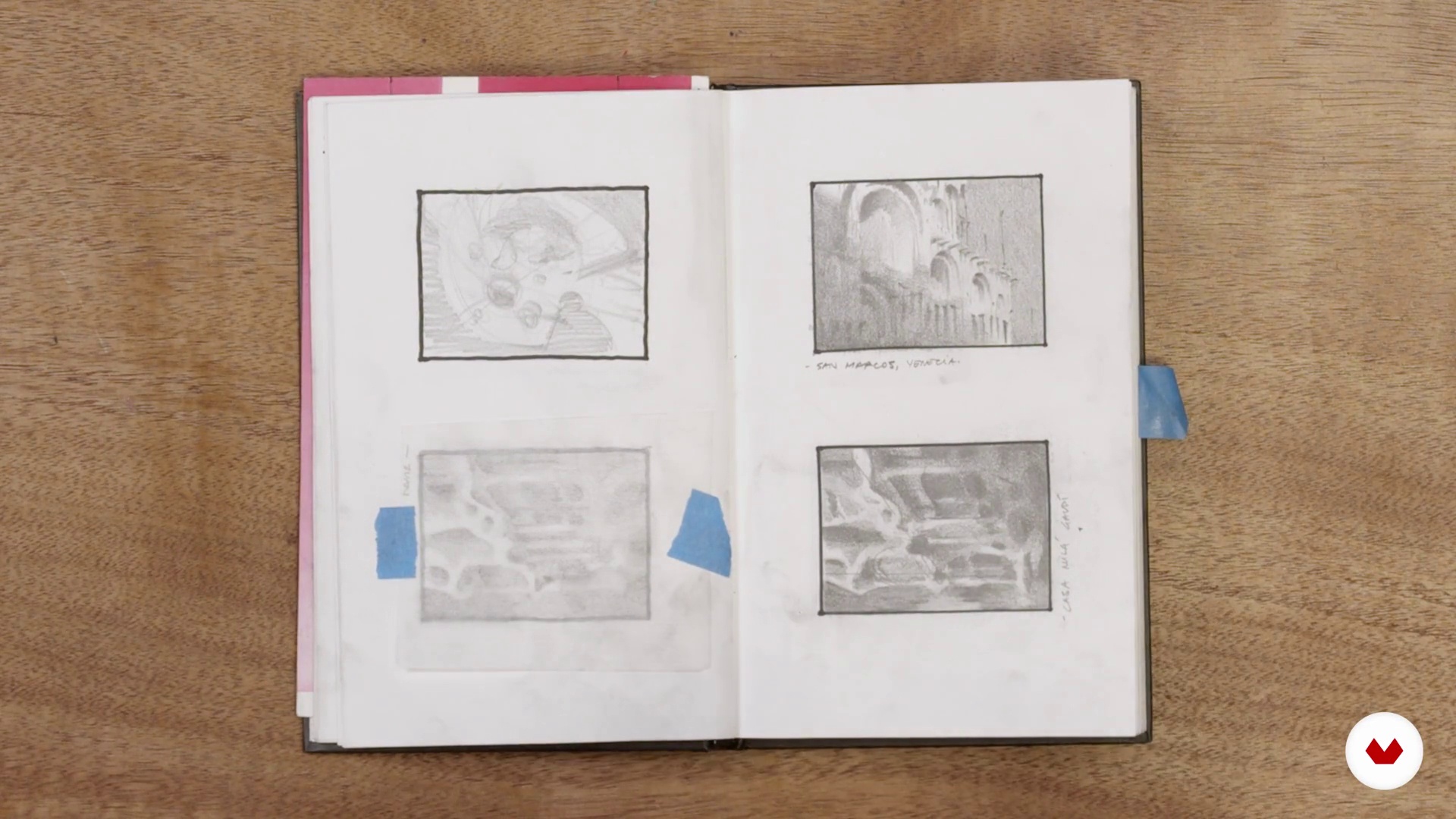
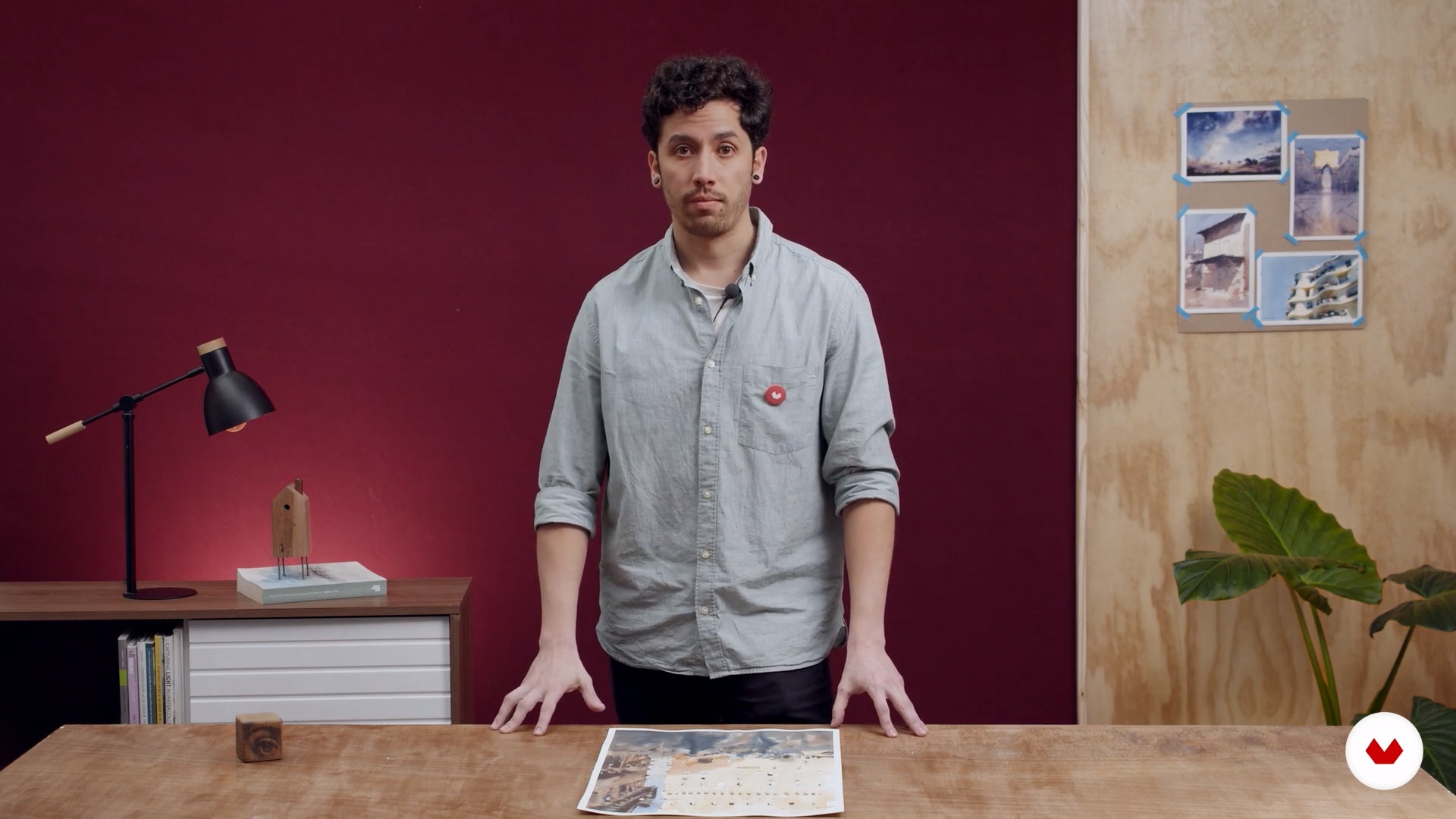
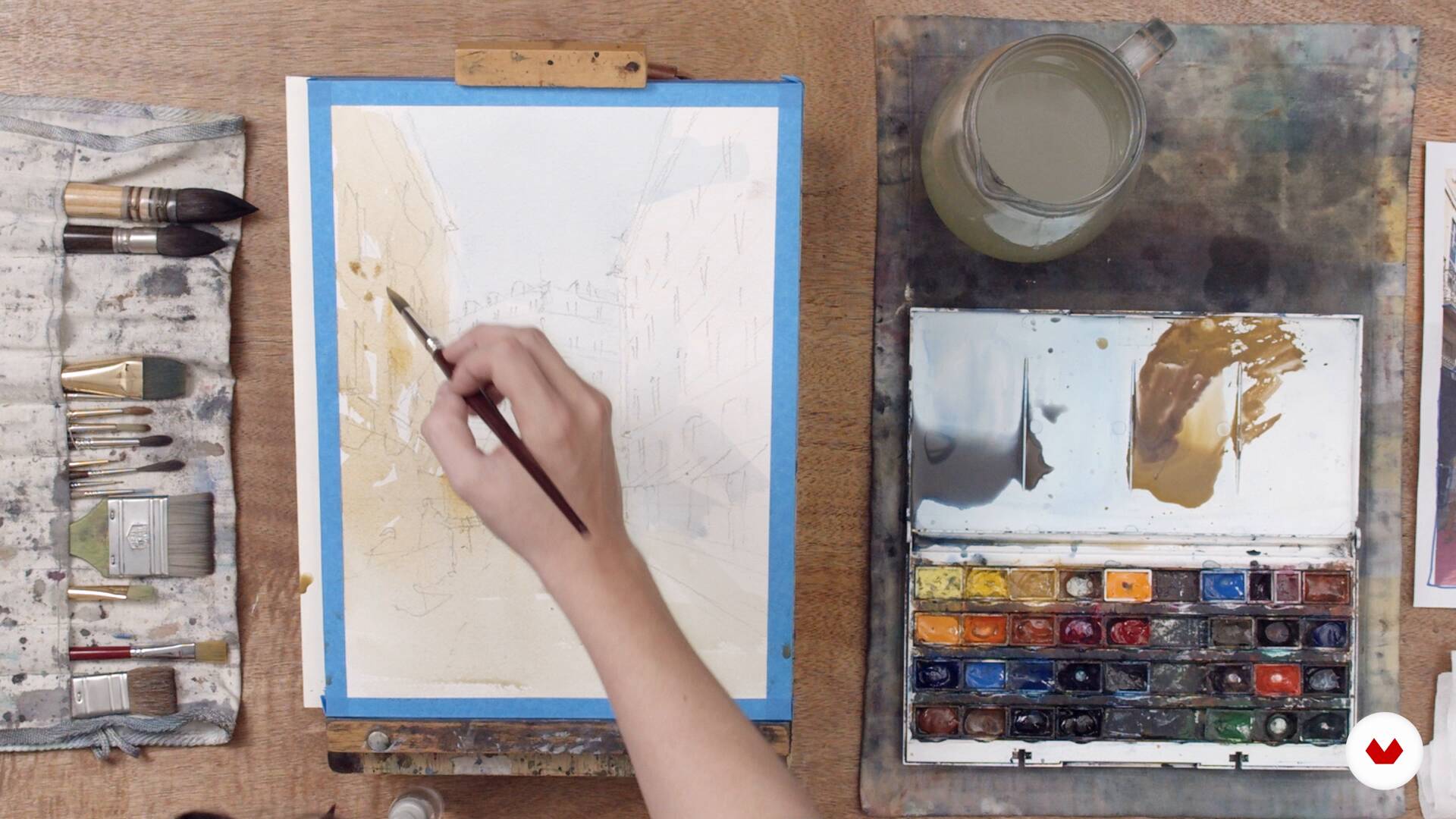

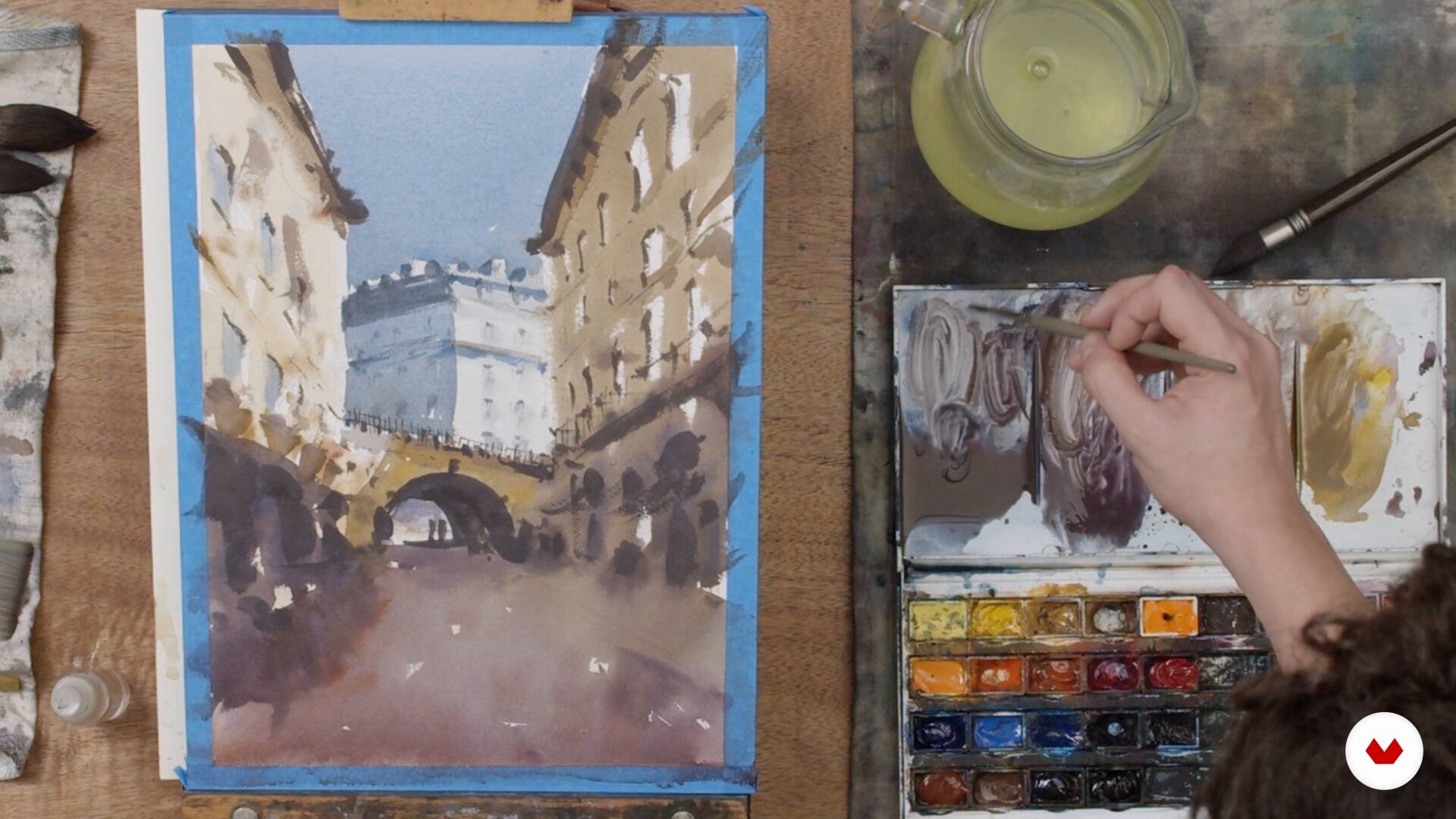

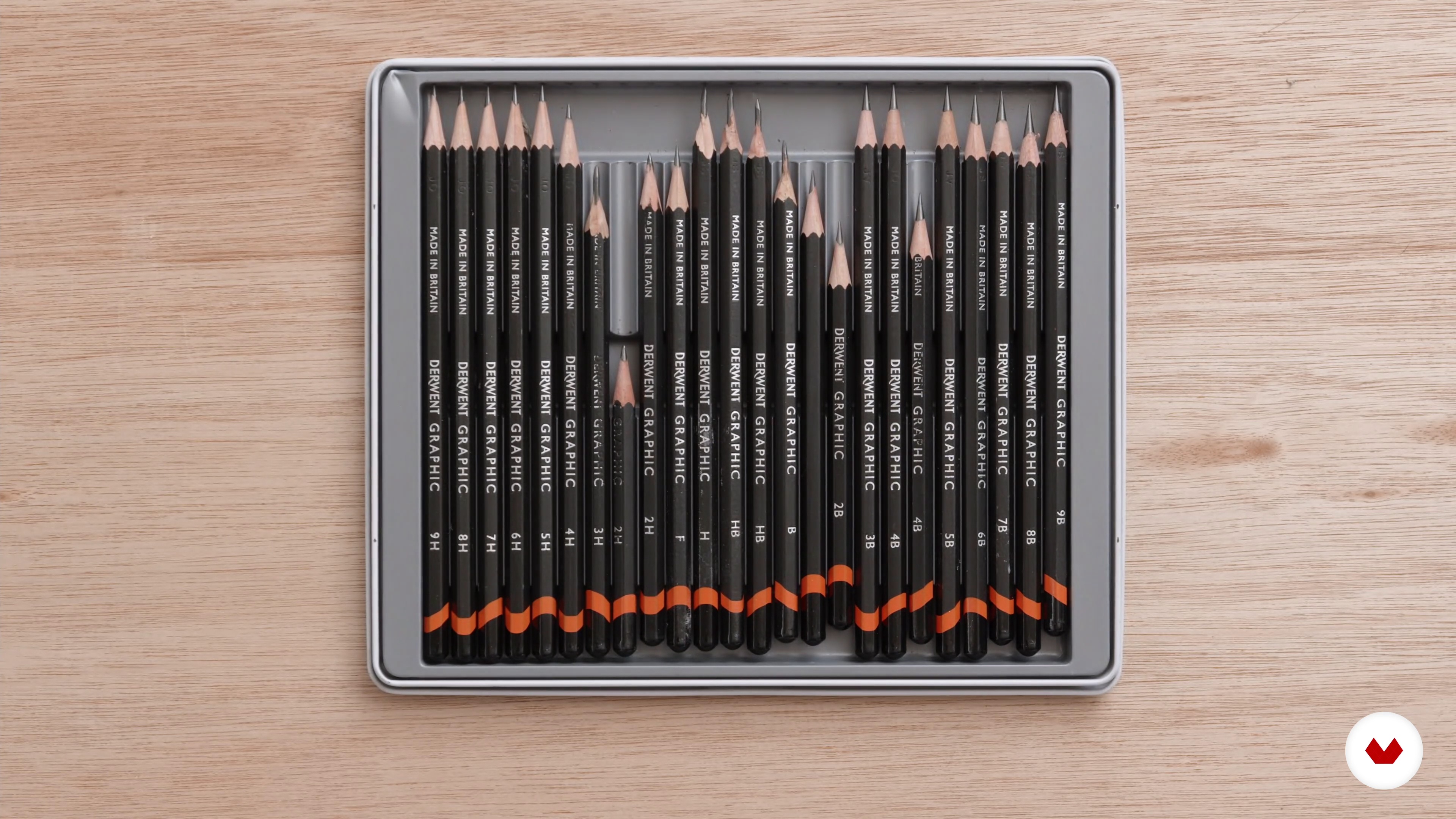
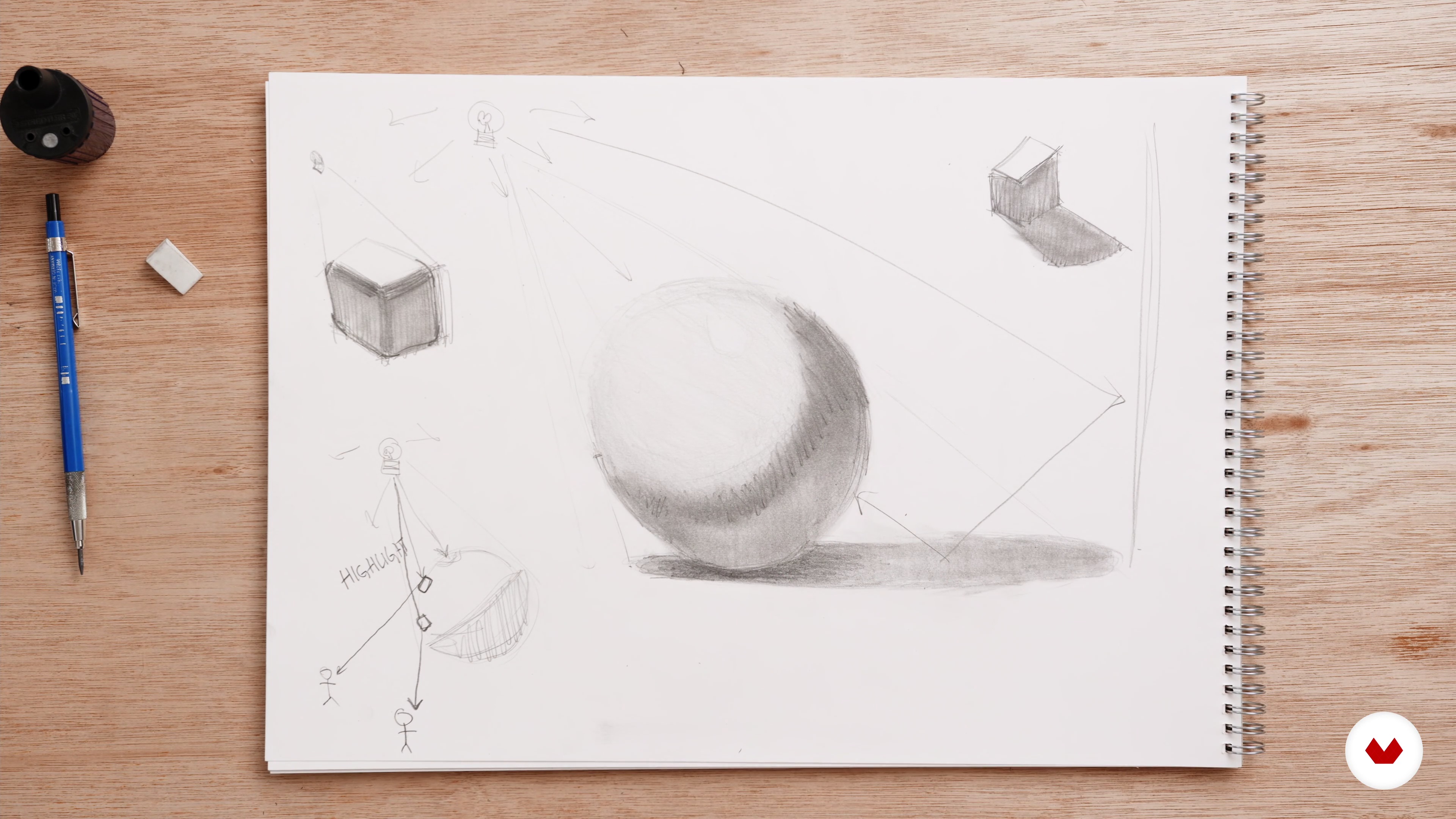
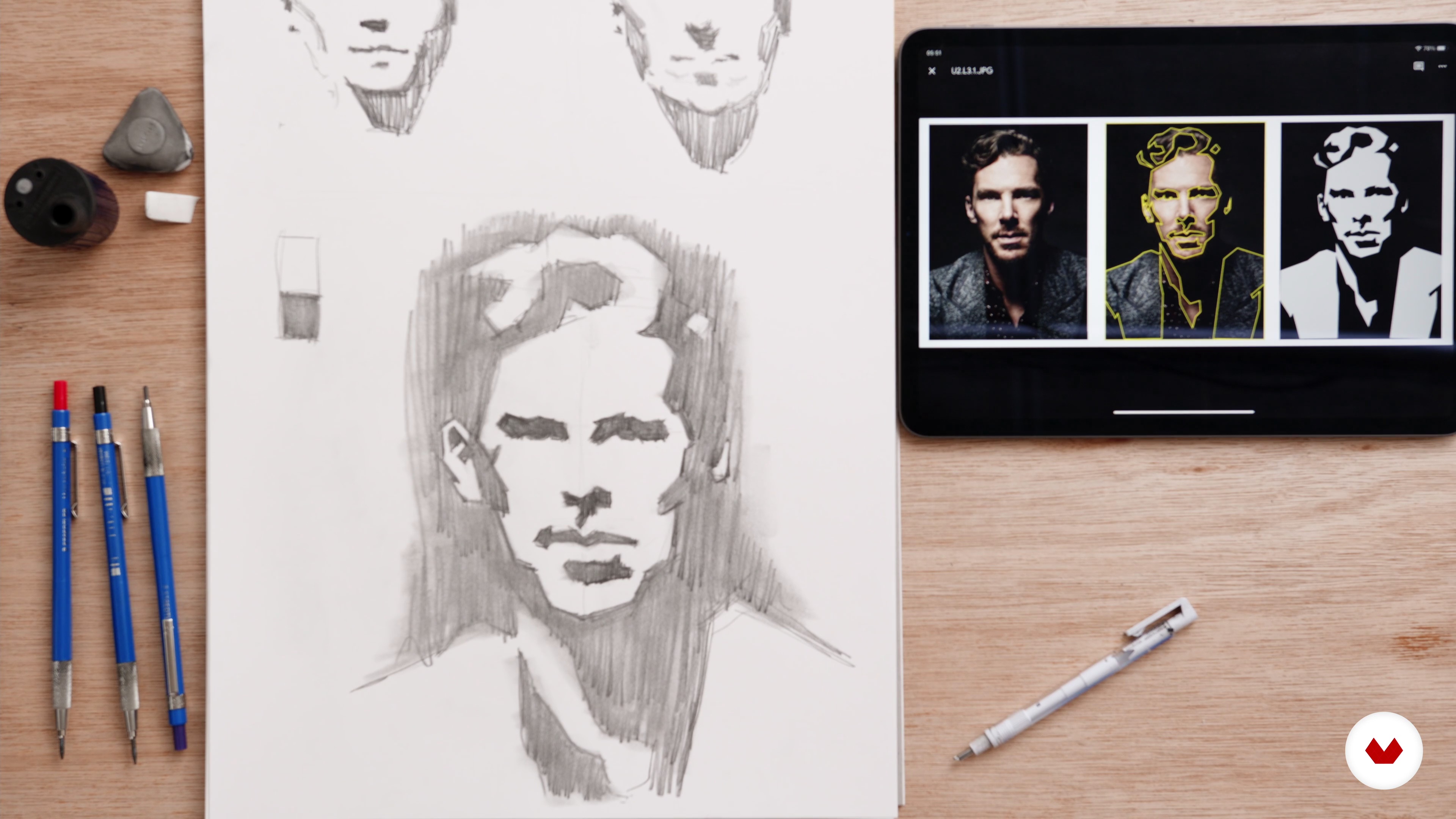
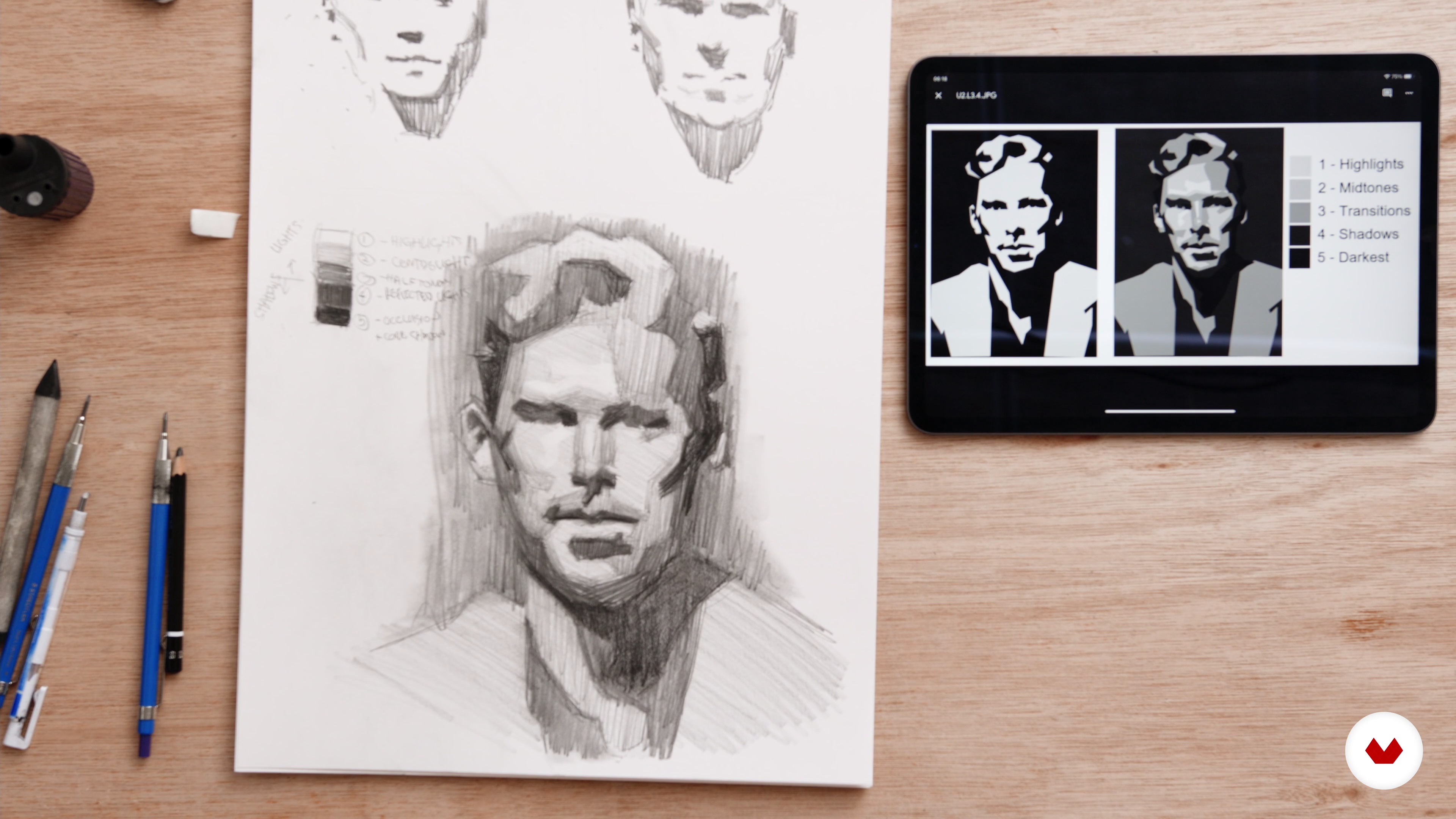
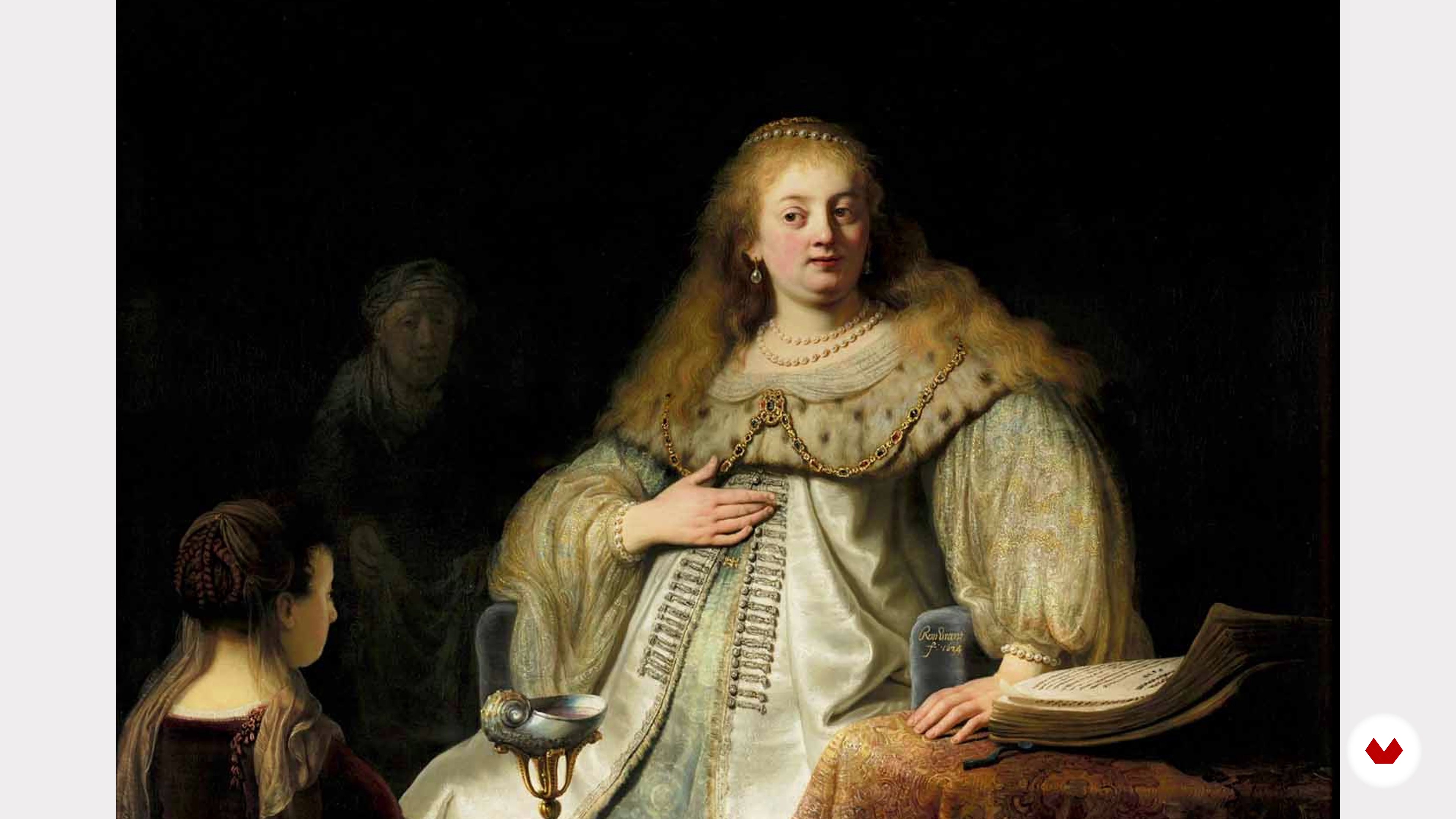
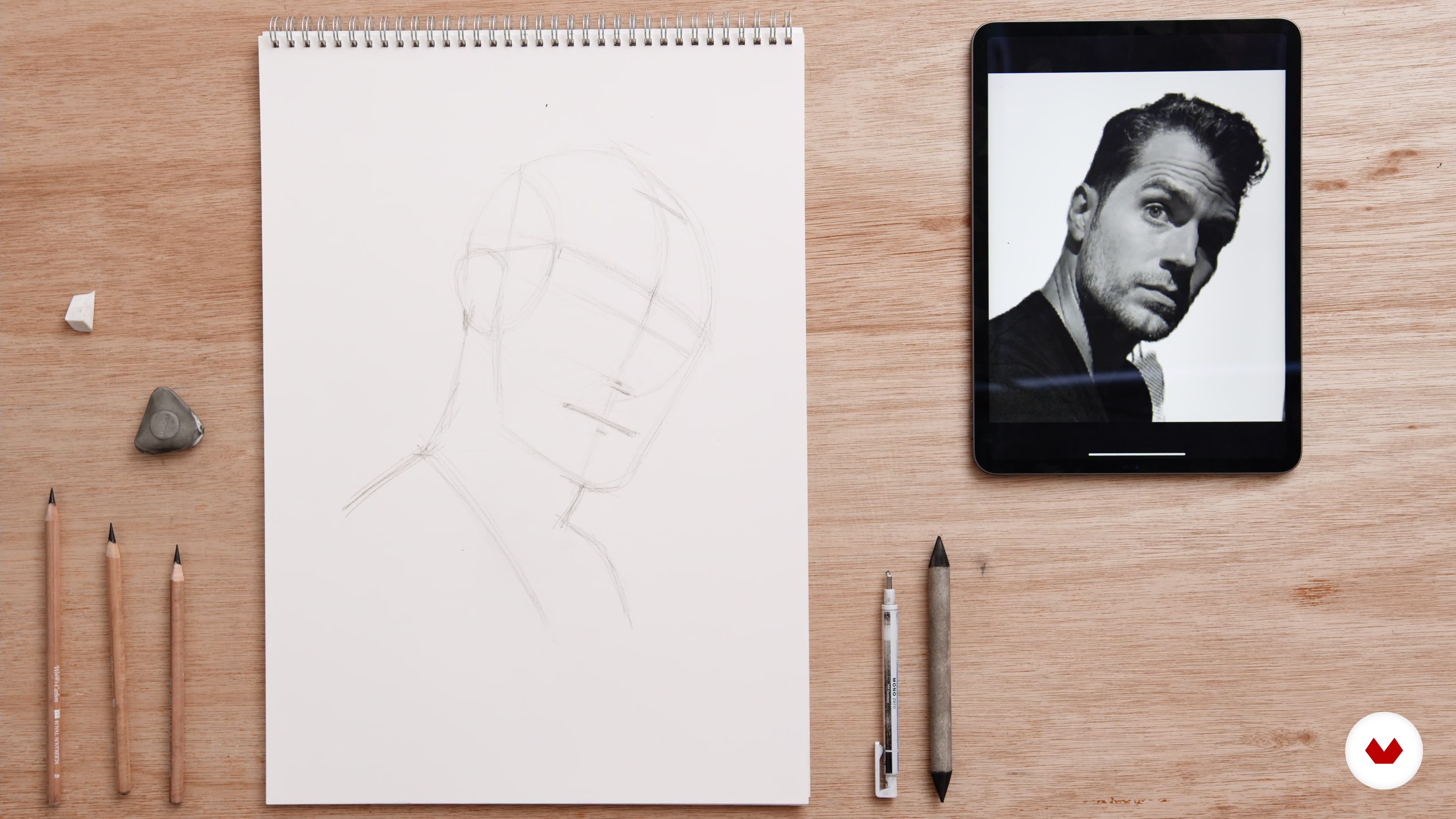
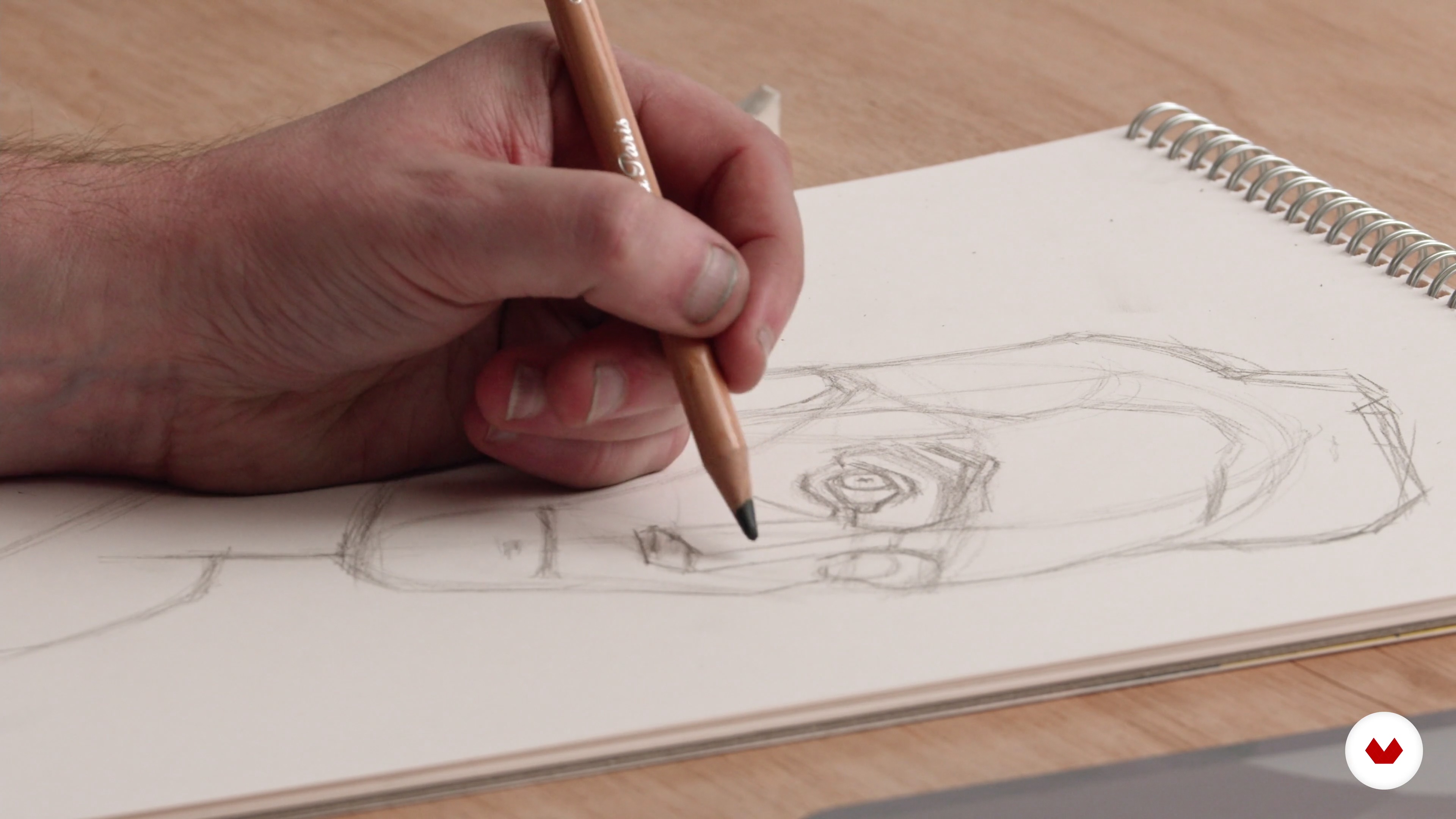
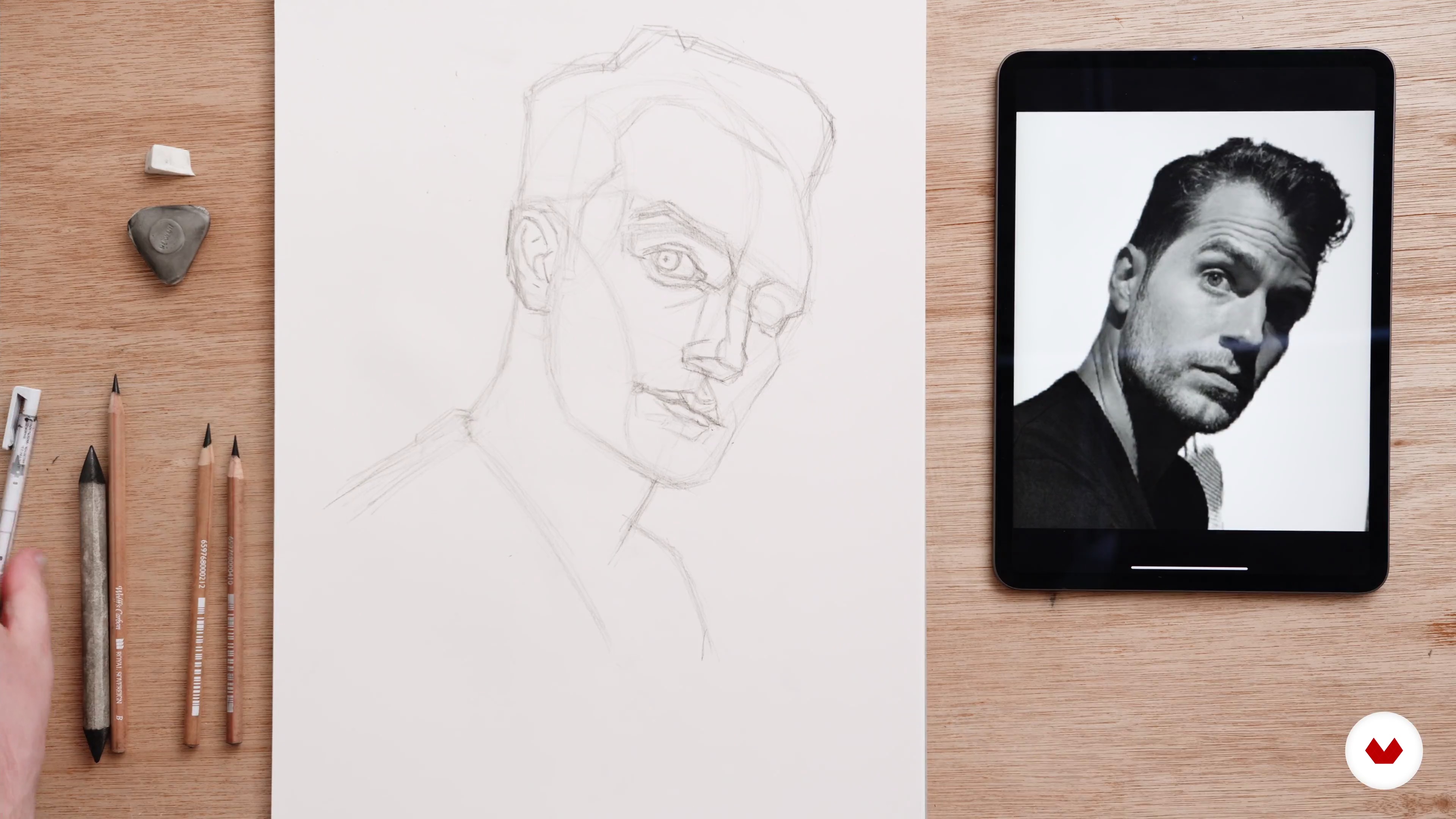
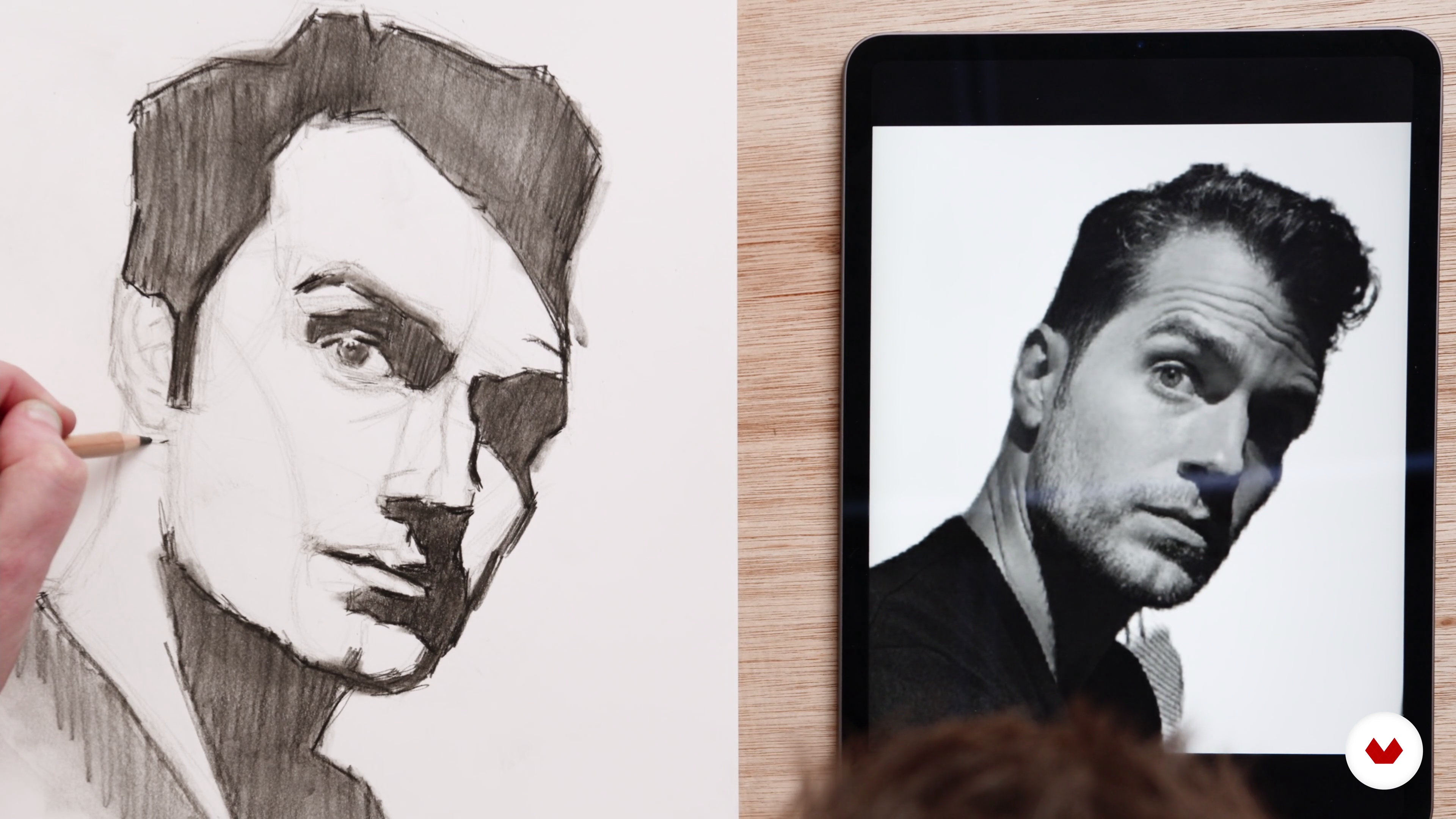
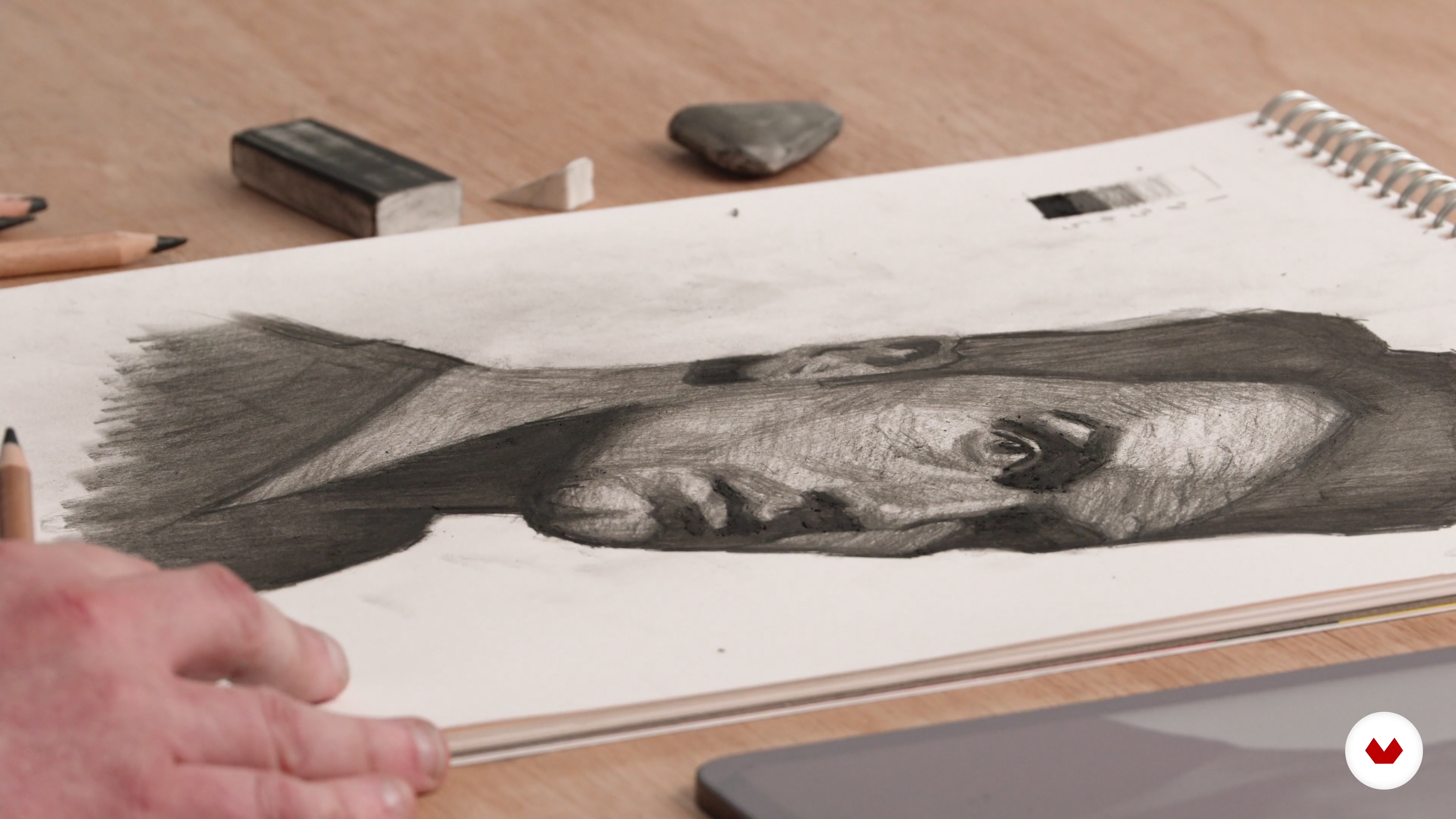
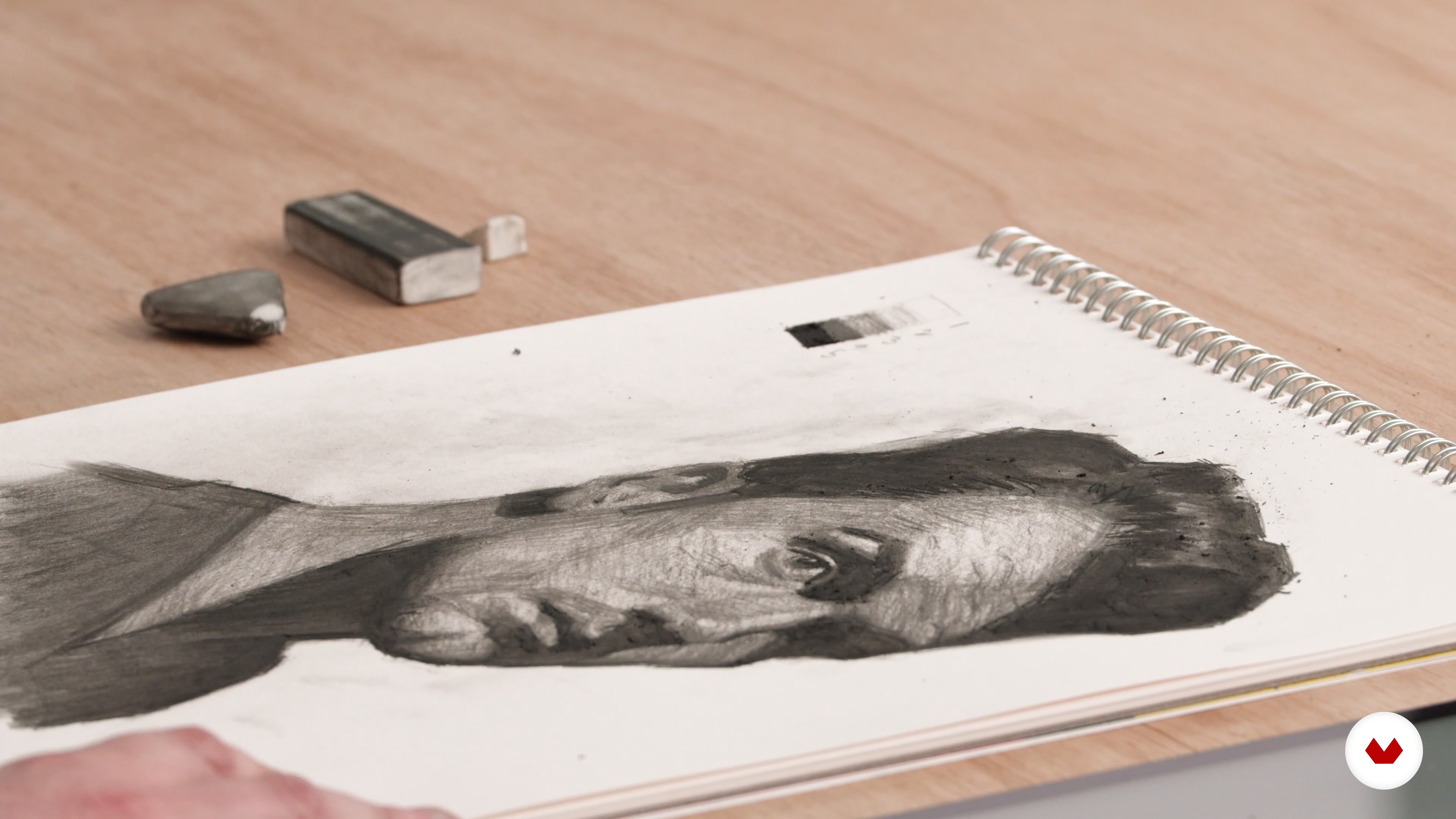
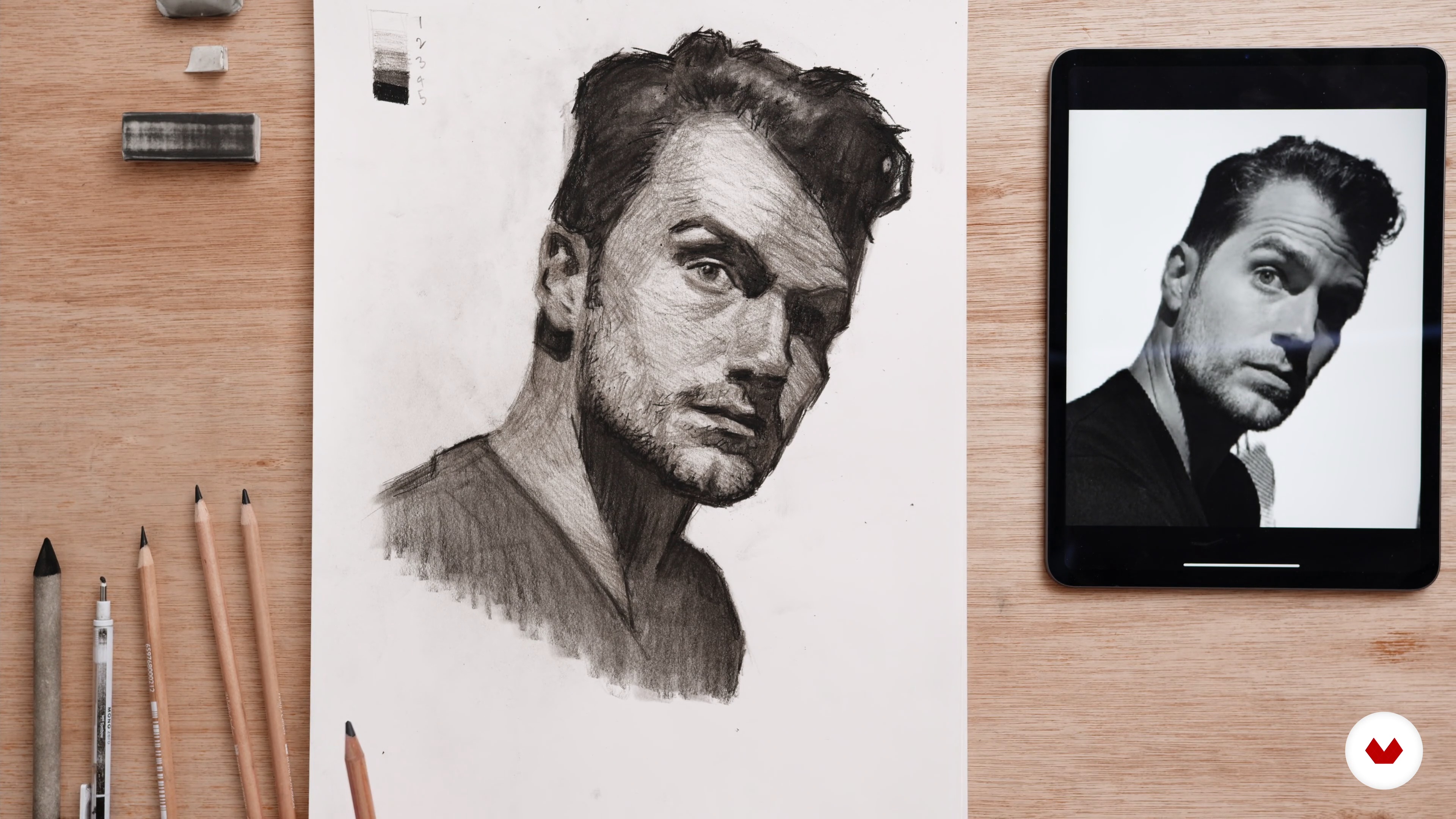

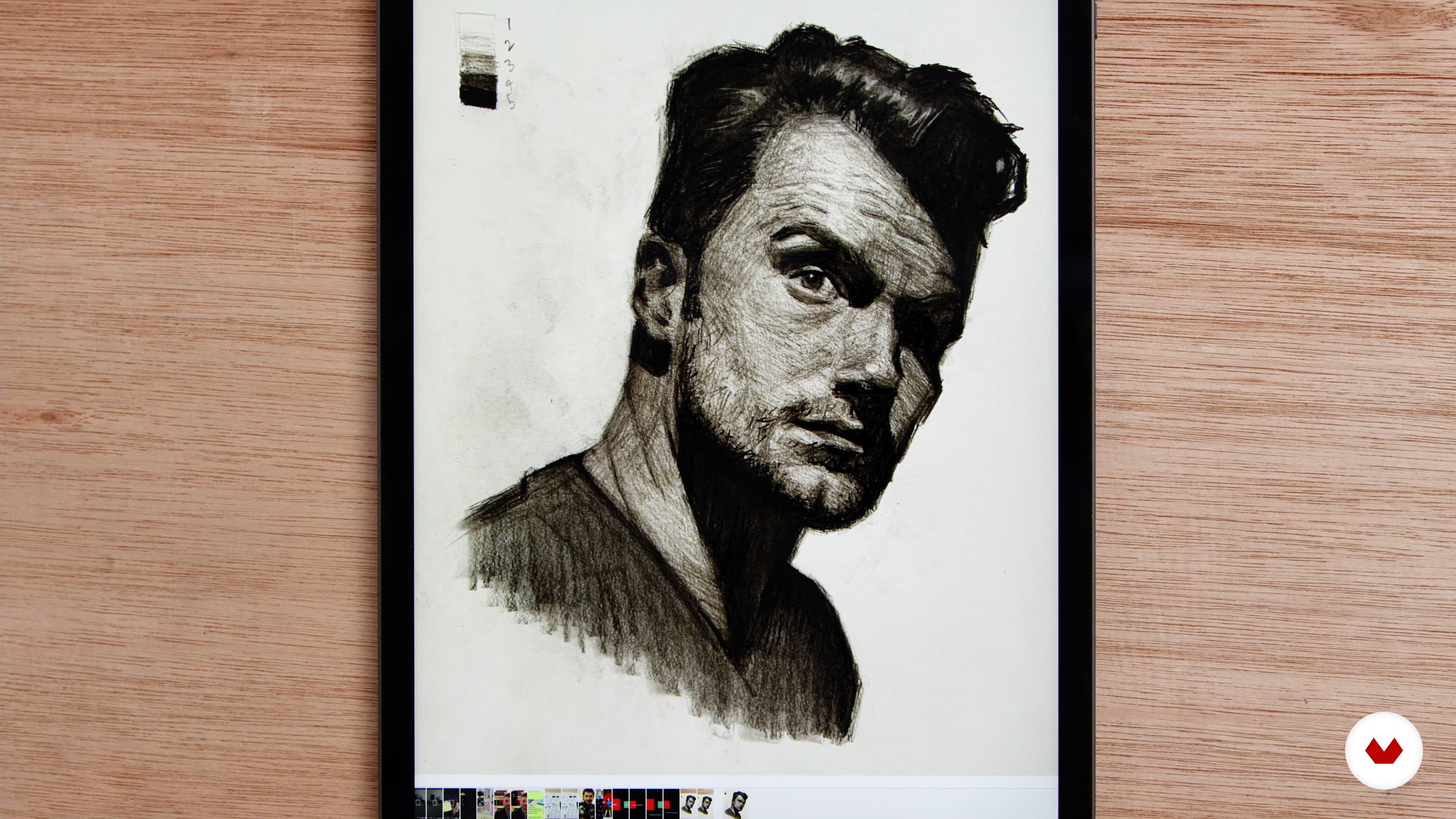
- 100% positive reviews (7)
- 786 students
- 82 lessons (15h 40m)
- 111 additional resources (53 files)
- Online and at your own pace
- Audio: English, Spanish
- Spanish · English · Portuguese · German · French · Italian · Polish · Dutch · Turkish
- Level: Beginner
- Unlimited access forever
What is this course's project?
Create a full pencil portrait, focusing on values, volume, and facial proportions to achieve expressive realism. Explore dynamic light and shadow with charcoal, achieving bold contrasts. Produce hyperrealistic graphite drawings, and blend watercolor with architectural illustration for vibrant cityscapes.
Who is this specialization for?
Aspiring artists interested in mastering realistic and expressive drawing techniques will find value here. The specialization suits those eager to refine their skills in graphite, charcoal, and watercolor, exploring themes like light, gesture, and hyperrealism in both portraiture and architectural works.
Requirements and materials
No extensive prior knowledge is required, but having basic drawing skills helps. Essential materials include graphite pencils, charcoal, watercolor, and quality paper. A willingness to explore light, shadow, and expression through hands-on projects is key.

Reviews
What to expect from this specialization course
-
Learn at your own pace
Enjoy learning from home without a set schedule and with an easy-to-follow method. You set your own pace.
-
Learn from the best professionals
Learn valuable methods and techniques explained by top experts in the creative sector.
-
Meet expert teachers
Each expert teaches what they do best, with clear guidelines, true passion, and professional insight in every lesson.
-
Certificates
PlusIf you're a Plus member, get a custom certificate for every specialization course. Share it on your portfolio, social media, or wherever you like.
-
Get front-row seats
Videos of the highest quality, so you don't miss a single detail. With unlimited access, you can watch them as many times as you need to perfect your technique.
-
Share knowledge and ideas
Ask questions, request feedback, or offer solutions. Share your learning experience with other students in the community who are as passionate about creativity as you are.
-
Connect with a global creative community
The community is home to millions of people from around the world who are curious and passionate about exploring and expressing their creativity.
-
Watch professionally produced courses
Domestika curates its teacher roster and produces every course in-house to ensure a high-quality online learning experience.
FAQs
What are Domestika's online courses?
Domestika courses are online classes that allow you to learn new skills and create incredible projects. All our courses include the opportunity to share your work with other students and/or teachers, creating an active learning community. We offer different formats:
Original Courses: Complete classes that combine videos, texts, and educational materials to complete a specific project from start to finish.
Basics Courses: Specialized training where you master specific software tools step by step.
Specialization Courses: Learning paths with various expert teachers on the same topic, perfect for becoming a specialist by learning from different approaches.
Guided Courses: Practical experiences ideal for directly acquiring specific skills.
Intensive Courses (Deep Dives): New creative processes based on artificial intelligence tools in an accessible format for in-depth and dynamic understanding.
When do the specialization courses start and when do they finish?
All specialization courses are 100% online, so once they're published, specialization courses start and finish whenever you want. You set the pace of the class. You can go back to review what interests you most and skip what you already know, ask questions, answer questions, share your projects, and more.
What do Domestika's specialization courses include?
The specialization courses are divided into different modules. Each one includes lessons, informational text, tasks, and practice exercises to help you carry out your project step by step, with additional complementary resources and downloads. You'll also have access to an exclusive forum where you can interact with other students, as well as share your work and your final project, creating a community around the specialization courses.
Have you been given a specialization courses?
You can redeem the specialization courses you received by accessing the redeeming page and entering your gift code.






Muito bem explicado e com detalhe, mas por vezes não se percebe o traço por ser tão claro
Muy completo. Con diferentes profesores con visiones muy interesantes y enriquecedoras
Se ve prometedor el curso, para mejorar y pulir mi técnica.
!
Exelente siempre domestika es la mejor plataforma del conocimiento, felicidades por esta modalidad de especializacion ya que son varios maestros en un mega curso